Despite the number of hybrid vehicles->ke147 introduced over the last dozen years or so, none have really been able to take too big of a bite out of the sales figures for the poster child of hybrids, the Toyota Prius.->ke231 Hyundai looks to change all of that with its own dedicated hybrid hatchback. The big news is that the model, dubbed Ioniq,->ke5345 also feature an all-electric->ke1030 drivetrain as in addition to the more familiar hybrid->ke147 and plug-in hybrid->ke4486 setups you get with the Prius. As for the name, the company says it references "elements of its creation." An ion is an electrically-charged atom, linking to the car’s "clever combination of electrified powertrains," while the second part of the name references it unique place in the Hyundai lineup. Finally, the "Q" is depicted in the vehicle’s logo "as a visual breakthrough, acknowledging the fresh new approach of this advanced, low-emission model."
Granted, the Ioniq->ke5345 comes with a lot of fancy words, but the new nameplate does have at least one thing to brag about: it's the first production car to offer hybrid, plug-in hybrid, and electric drivetrain in the same exterior package. Having unveiled the Ioniq to local media at its Namyang R&D Center in South Korea, Hyundai displayed the car at both the Geneva Motor Show->ke228 and New York Auto Show->ke226 in 2016. Will it have what it takes to give the popular Toyota Prius a run for its money? Find out in the review below.
Continue reading to learn more about the 2017 Hyundai Ioniq.
2017 Hyundai Ioniq
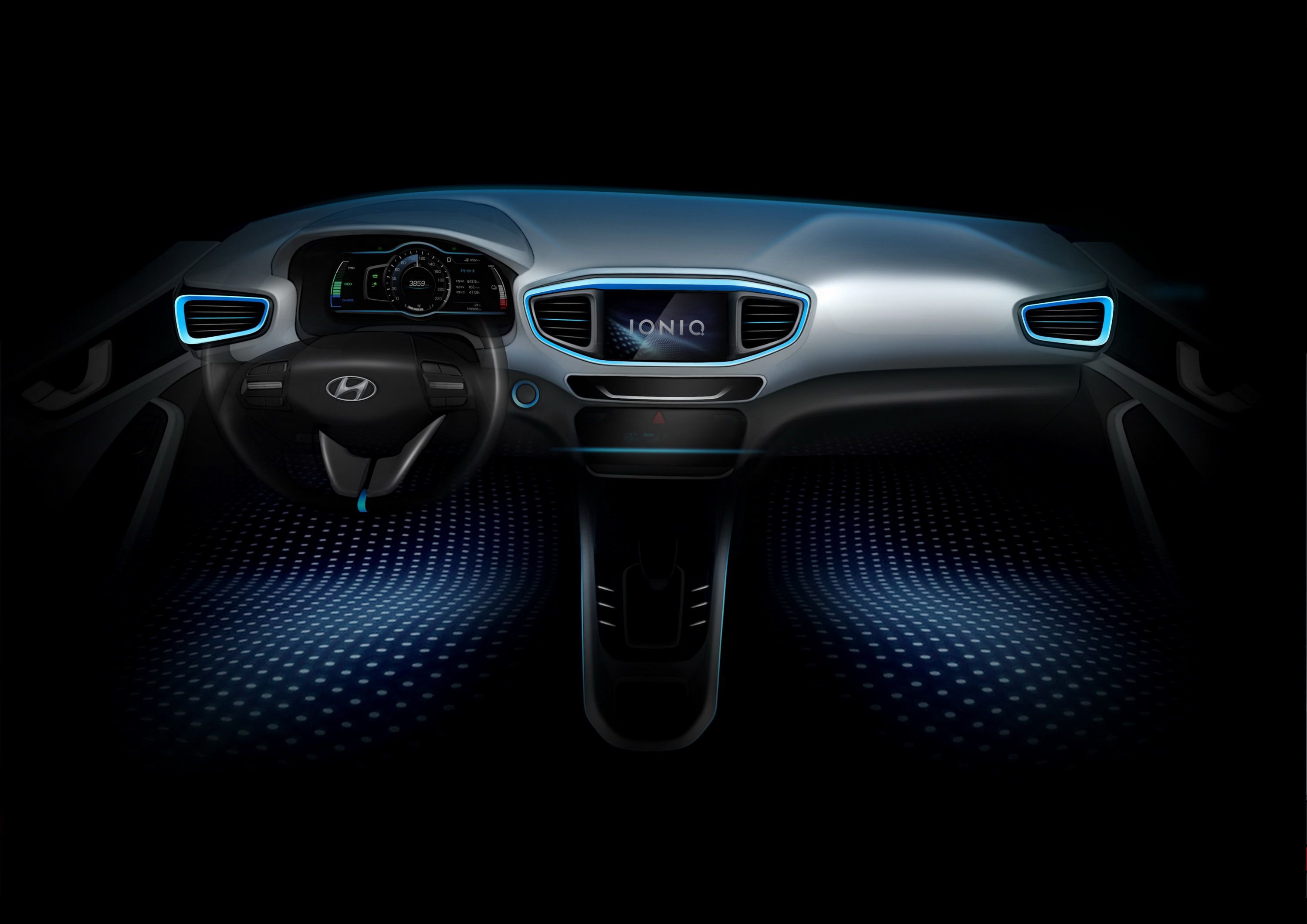




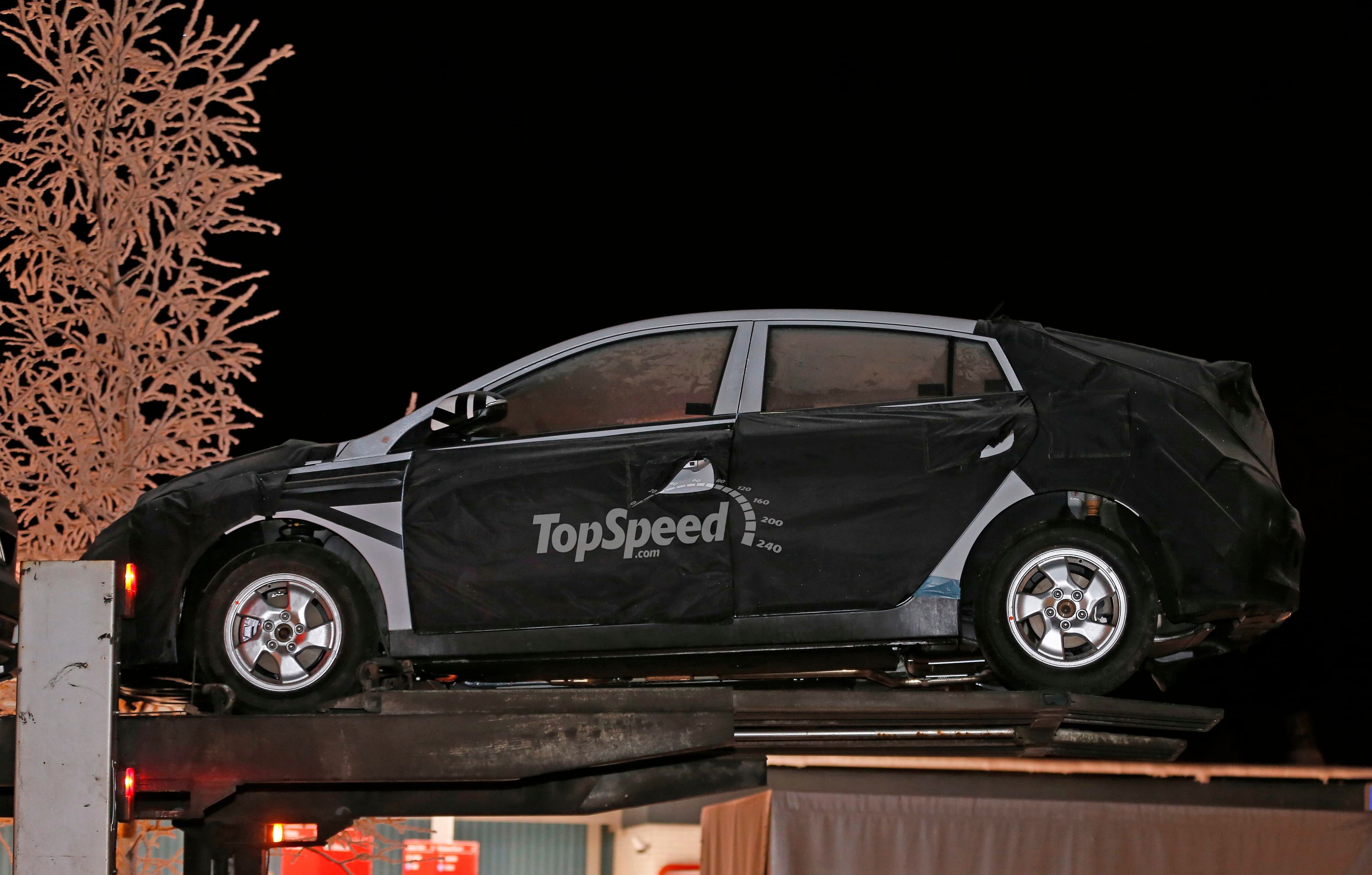
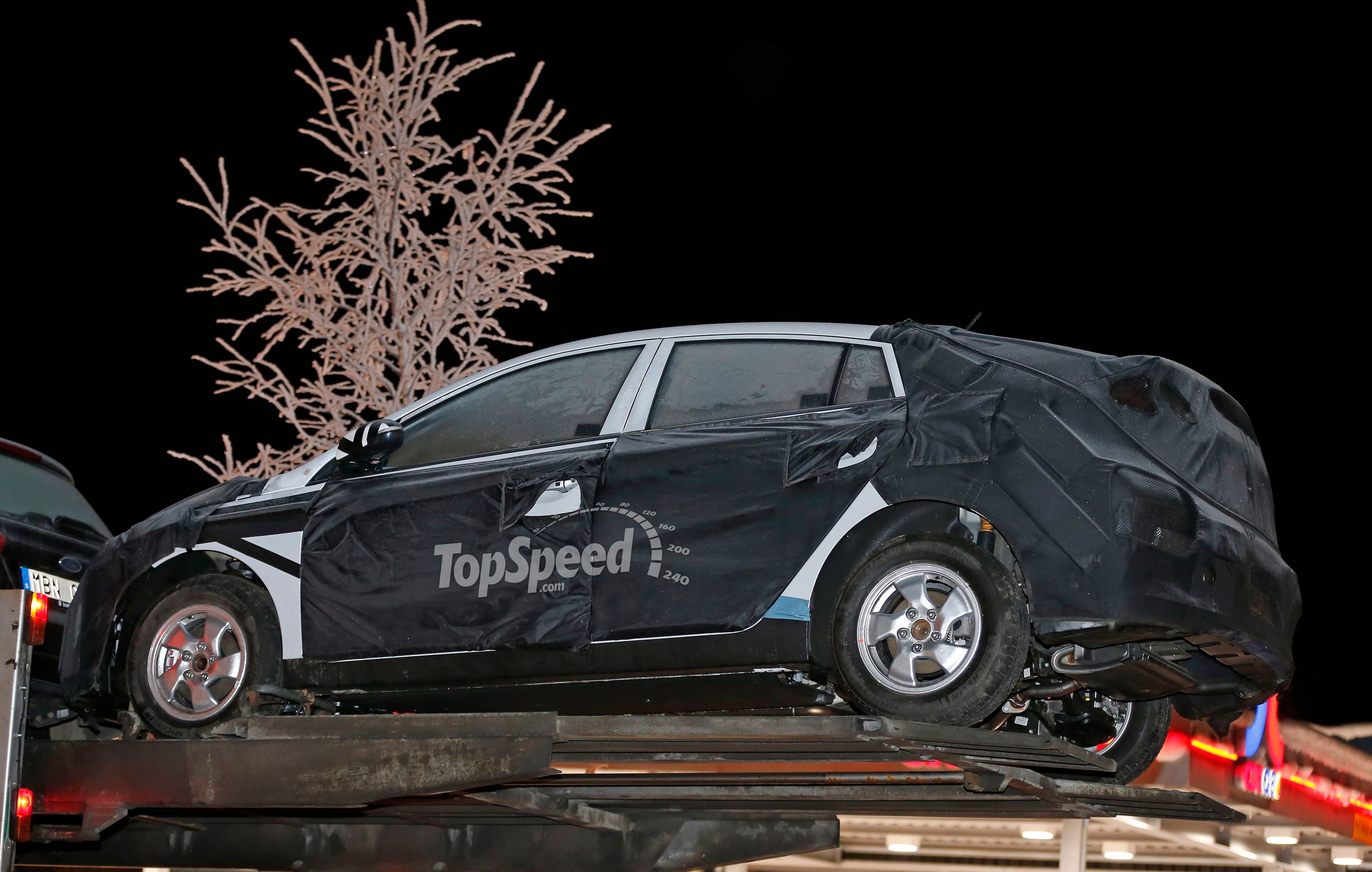
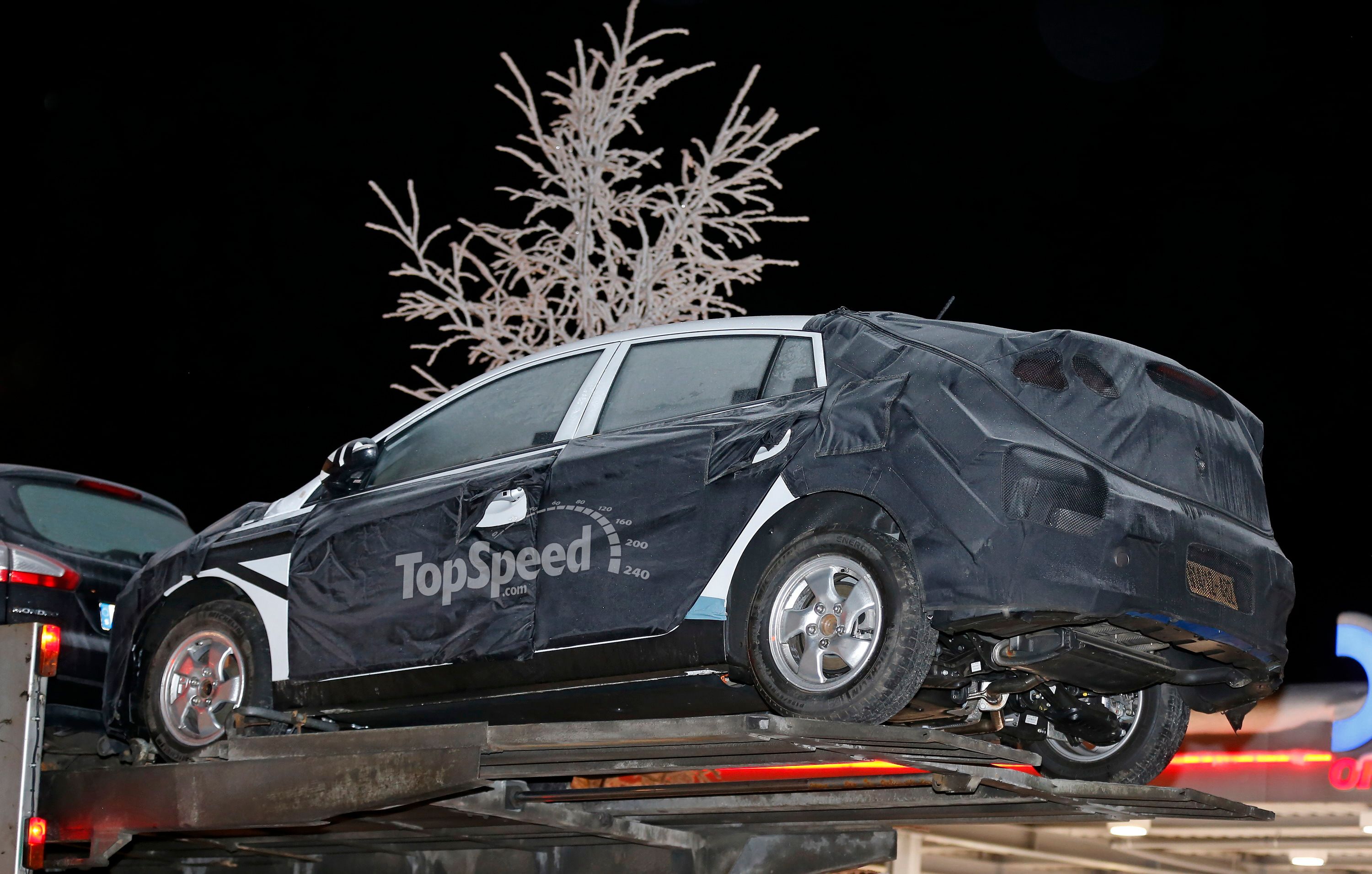

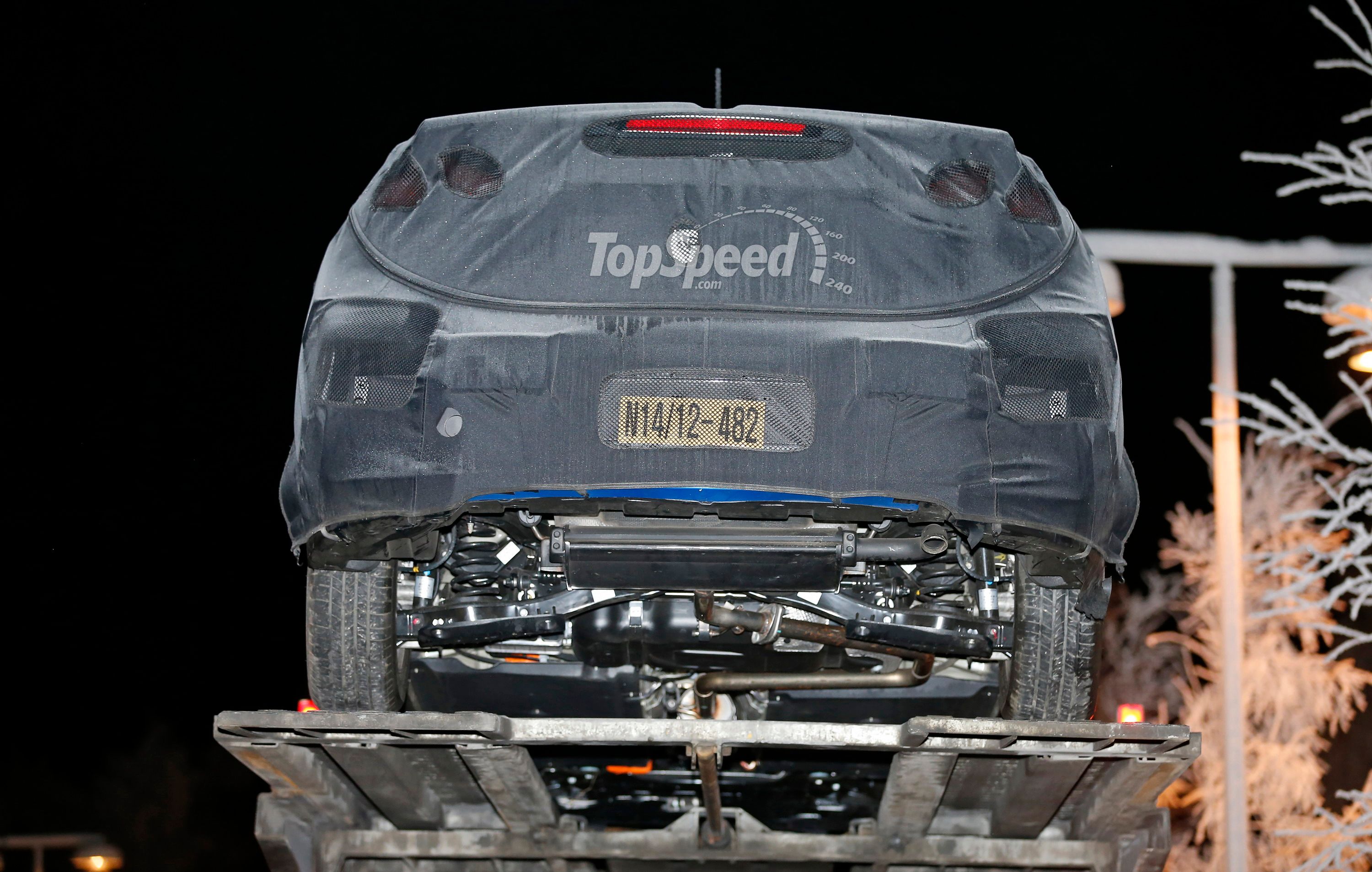
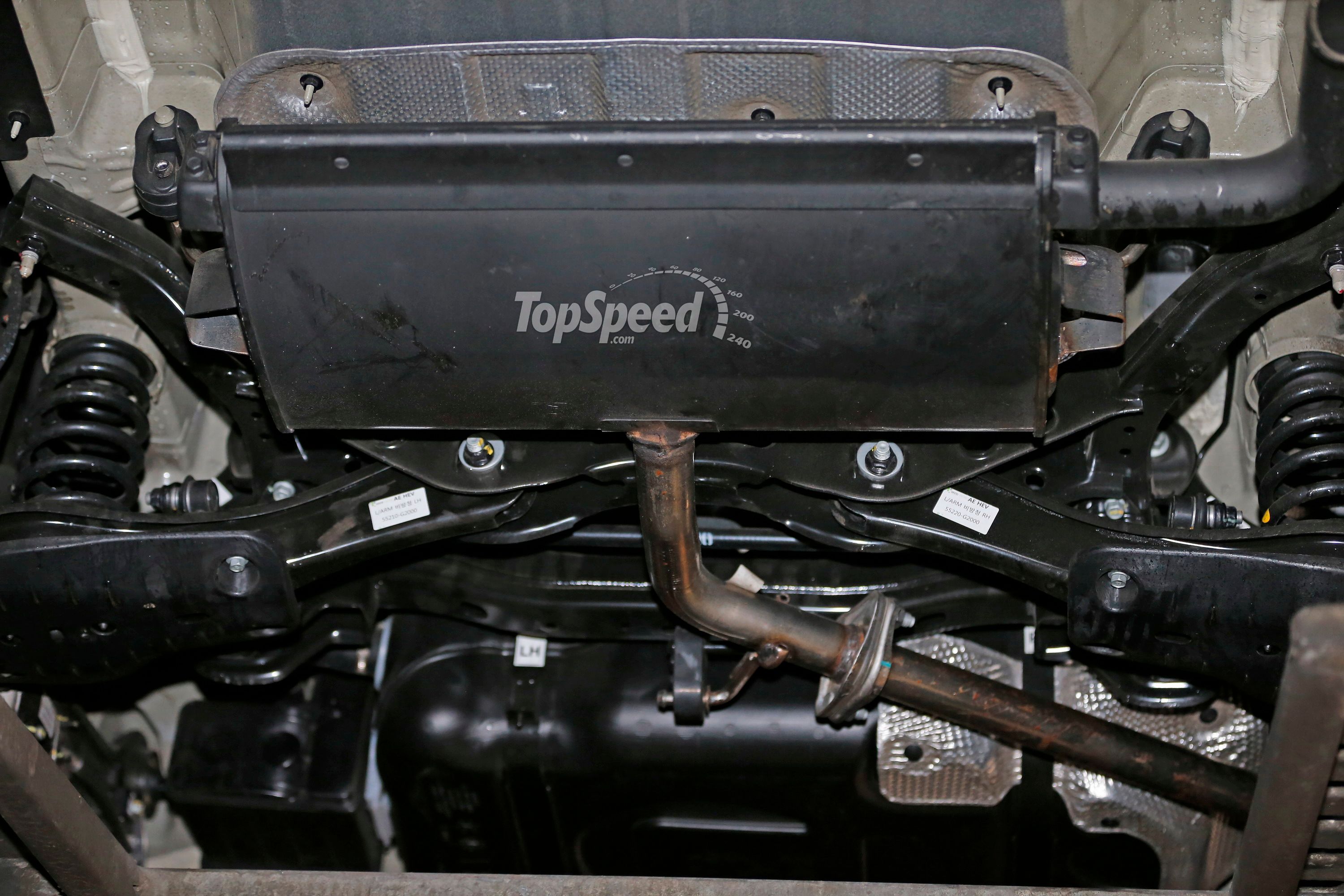


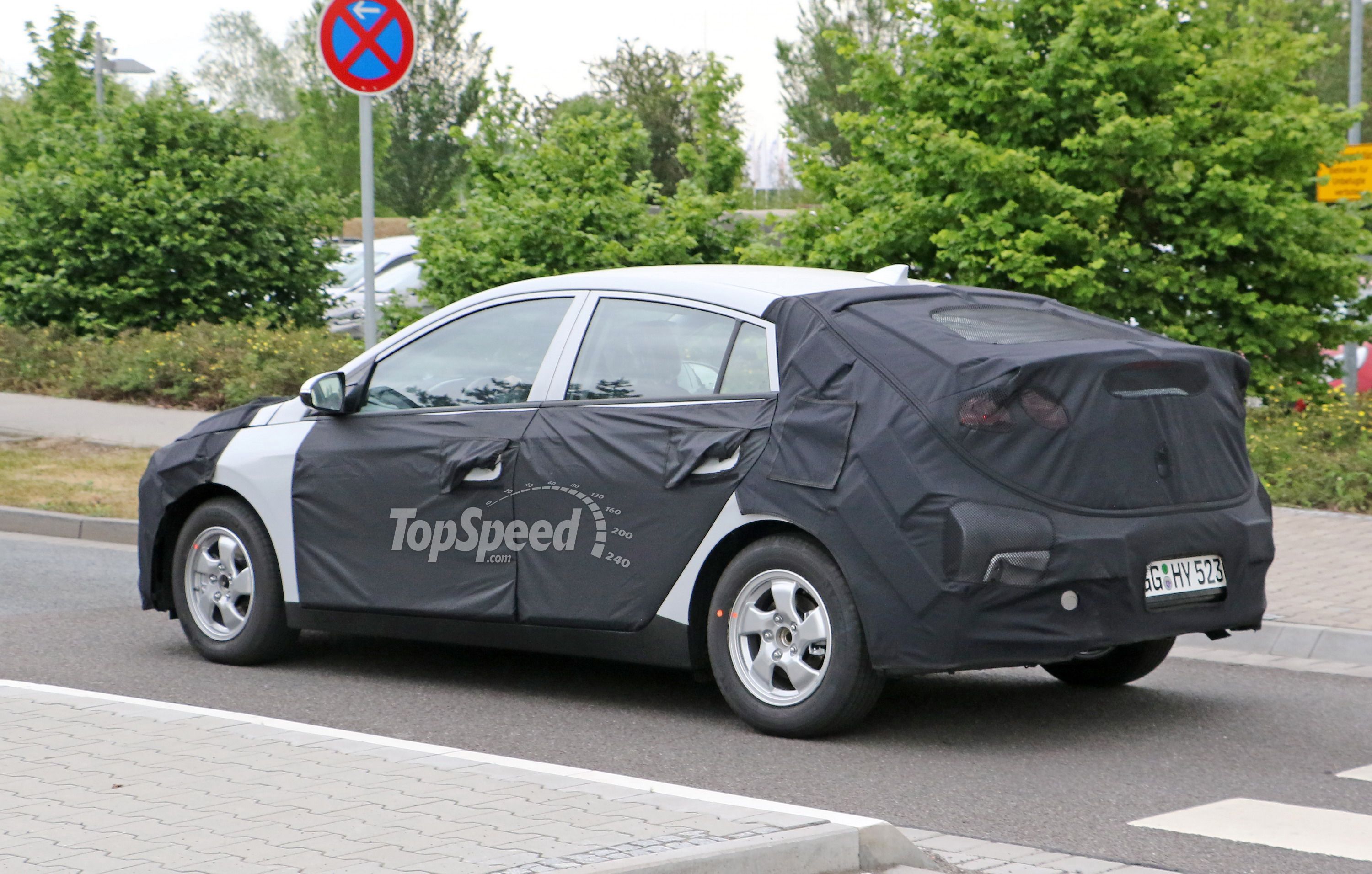
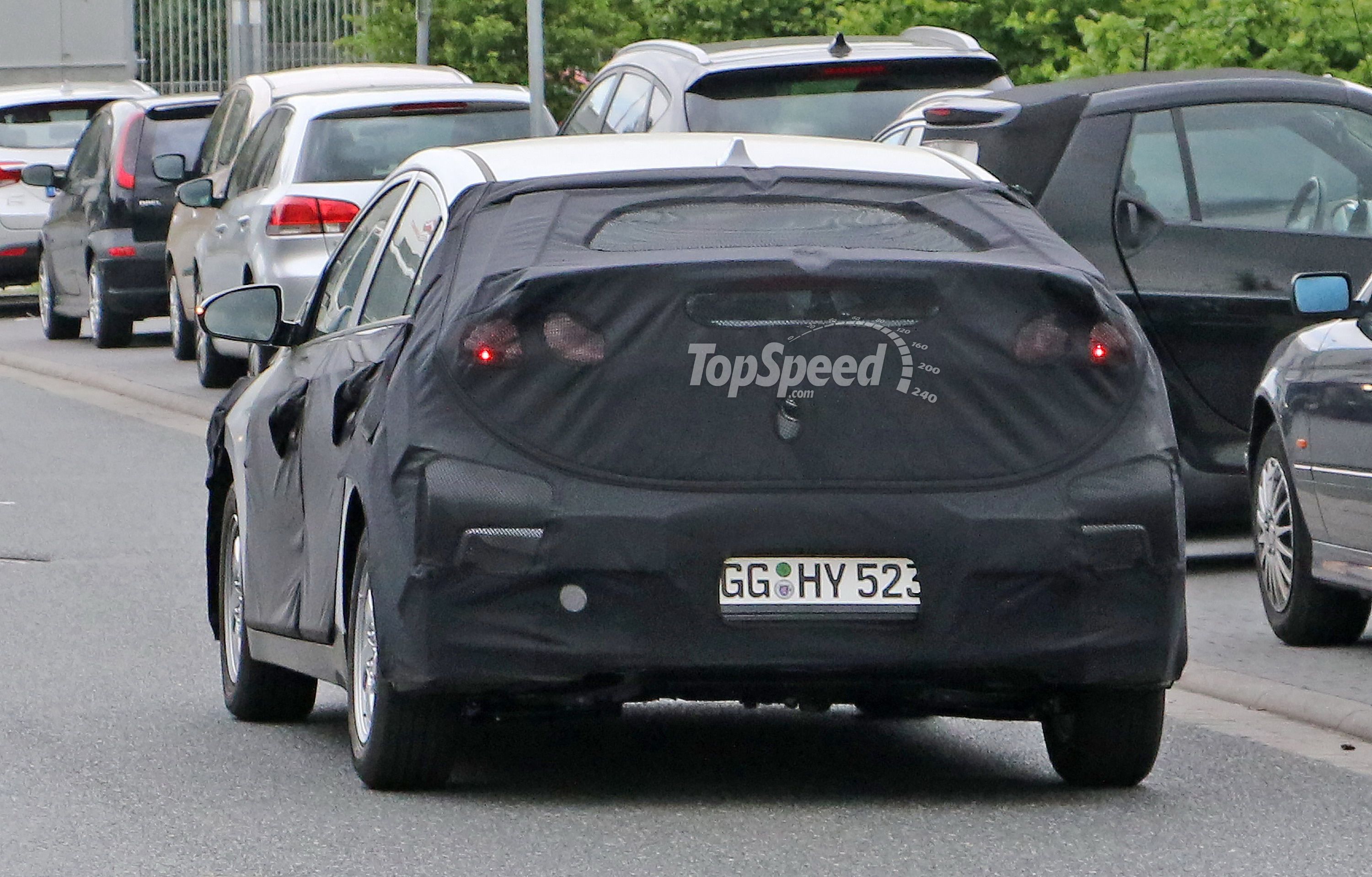
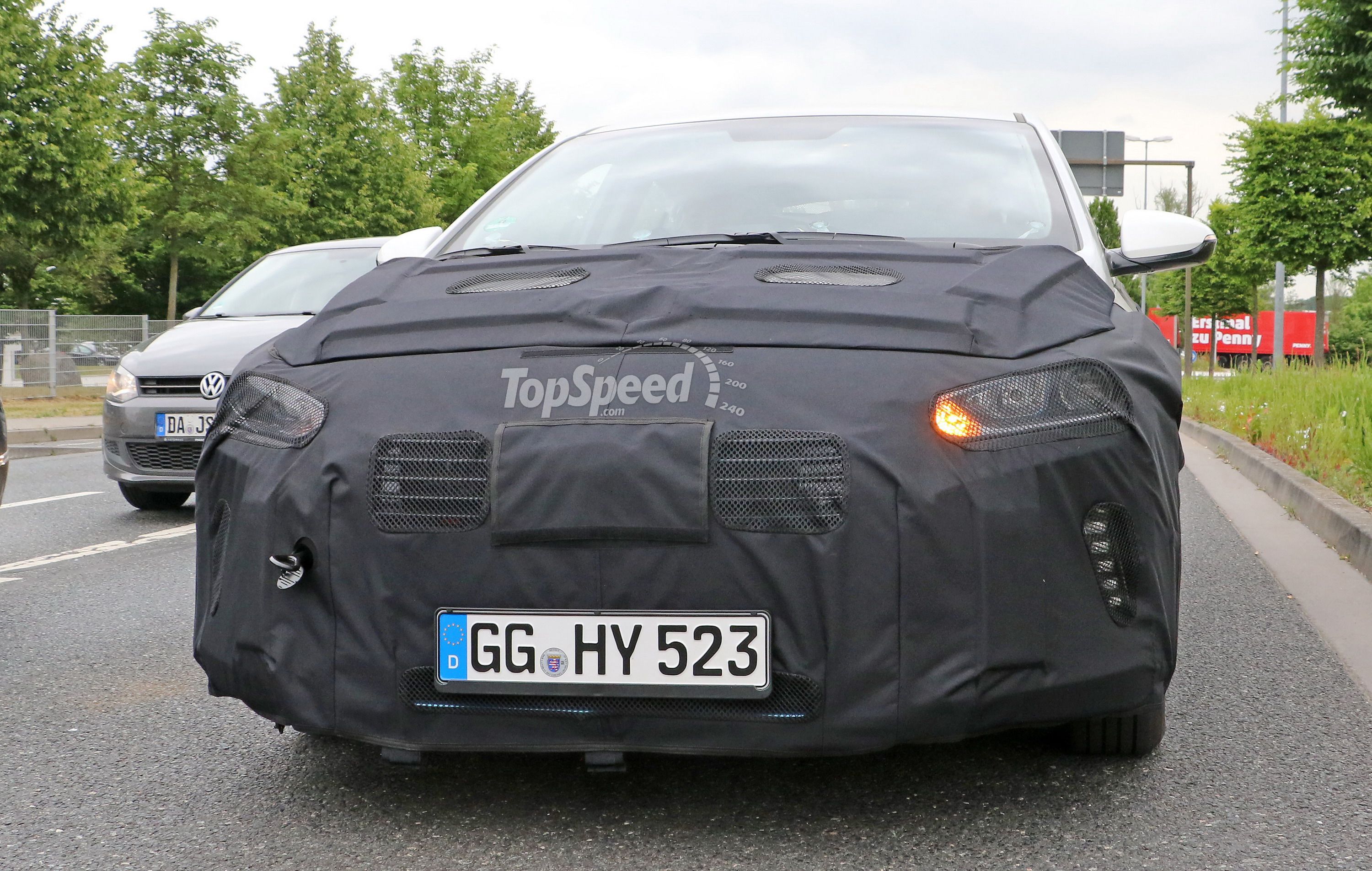
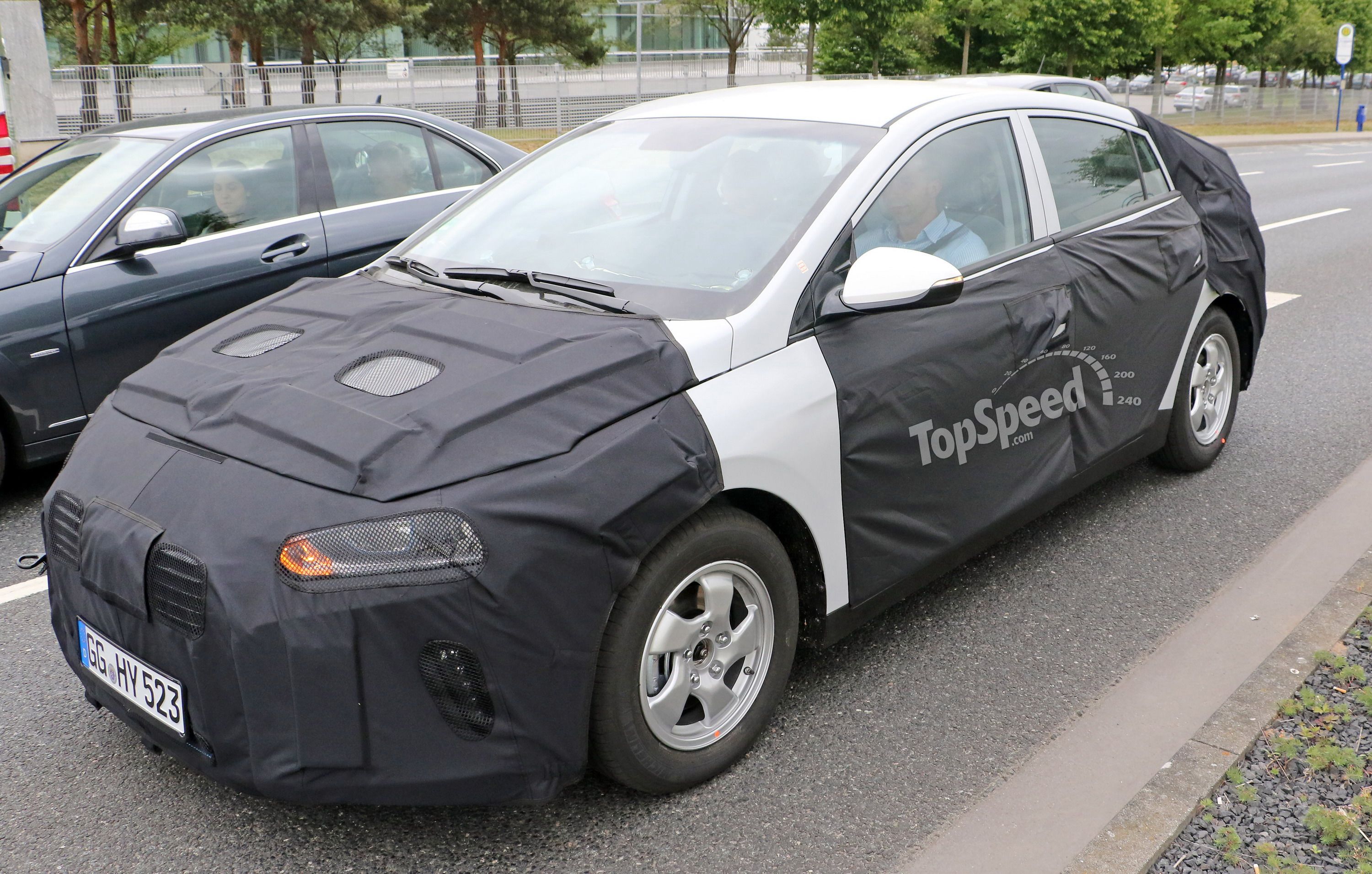
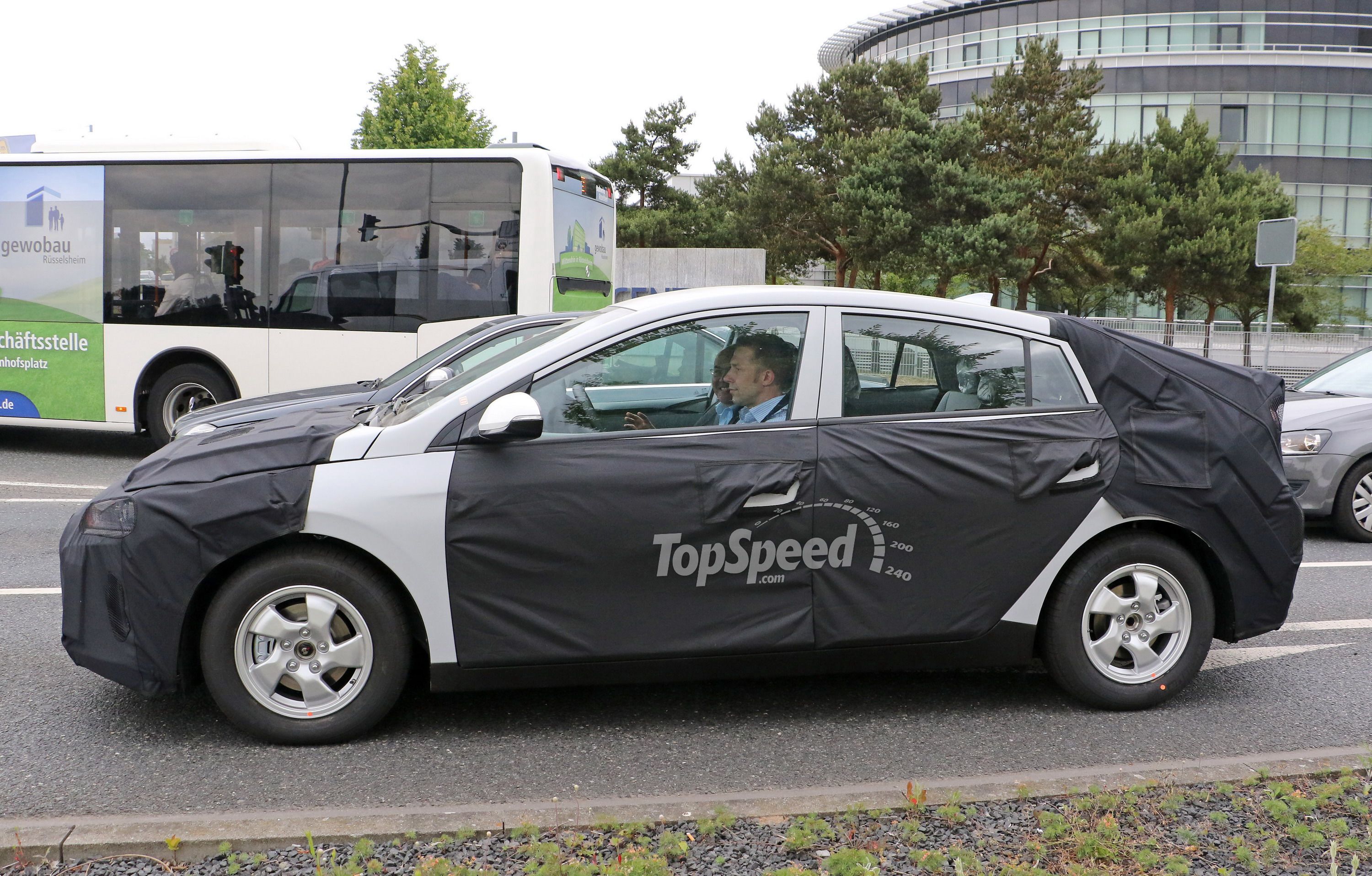
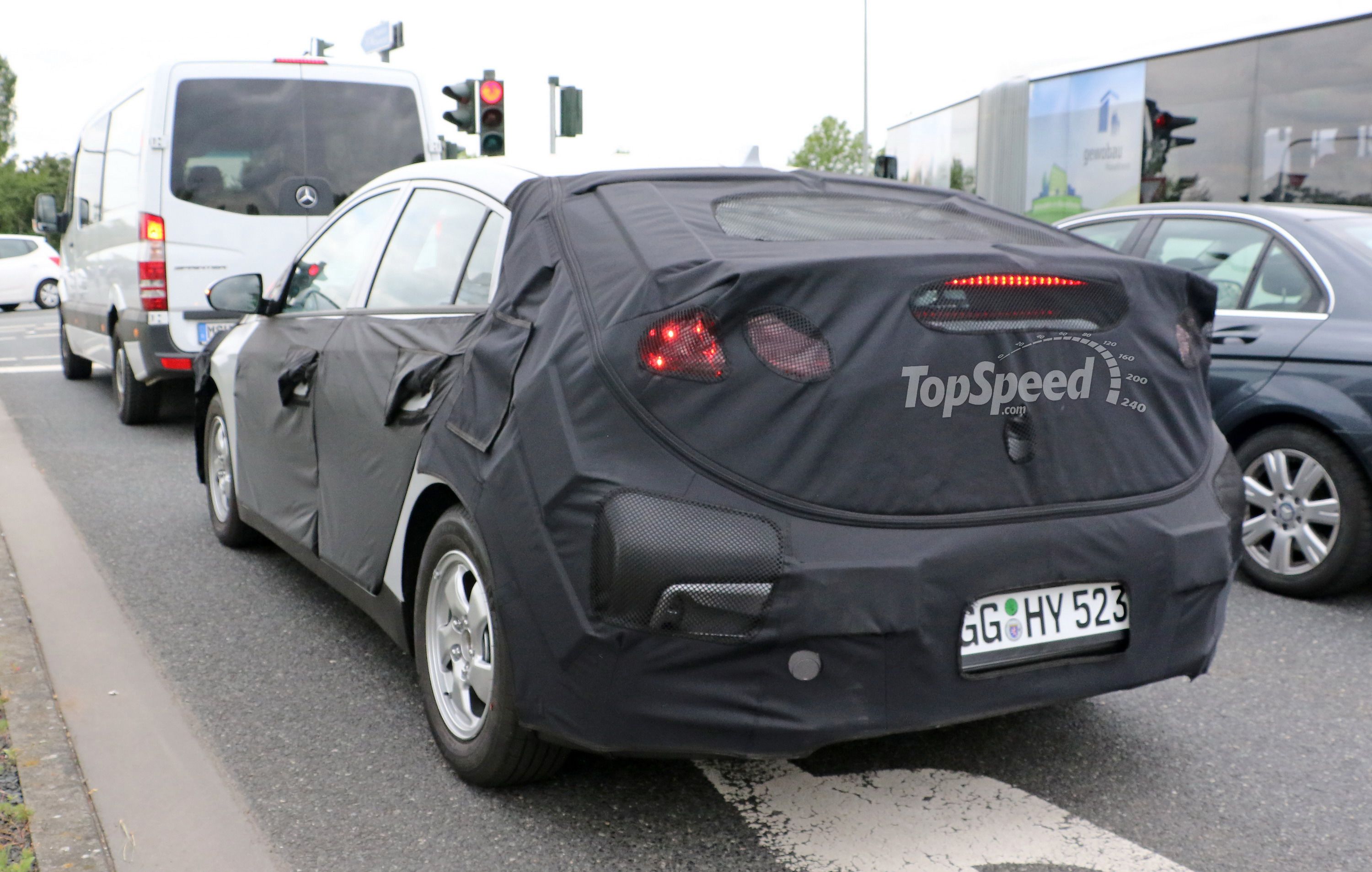
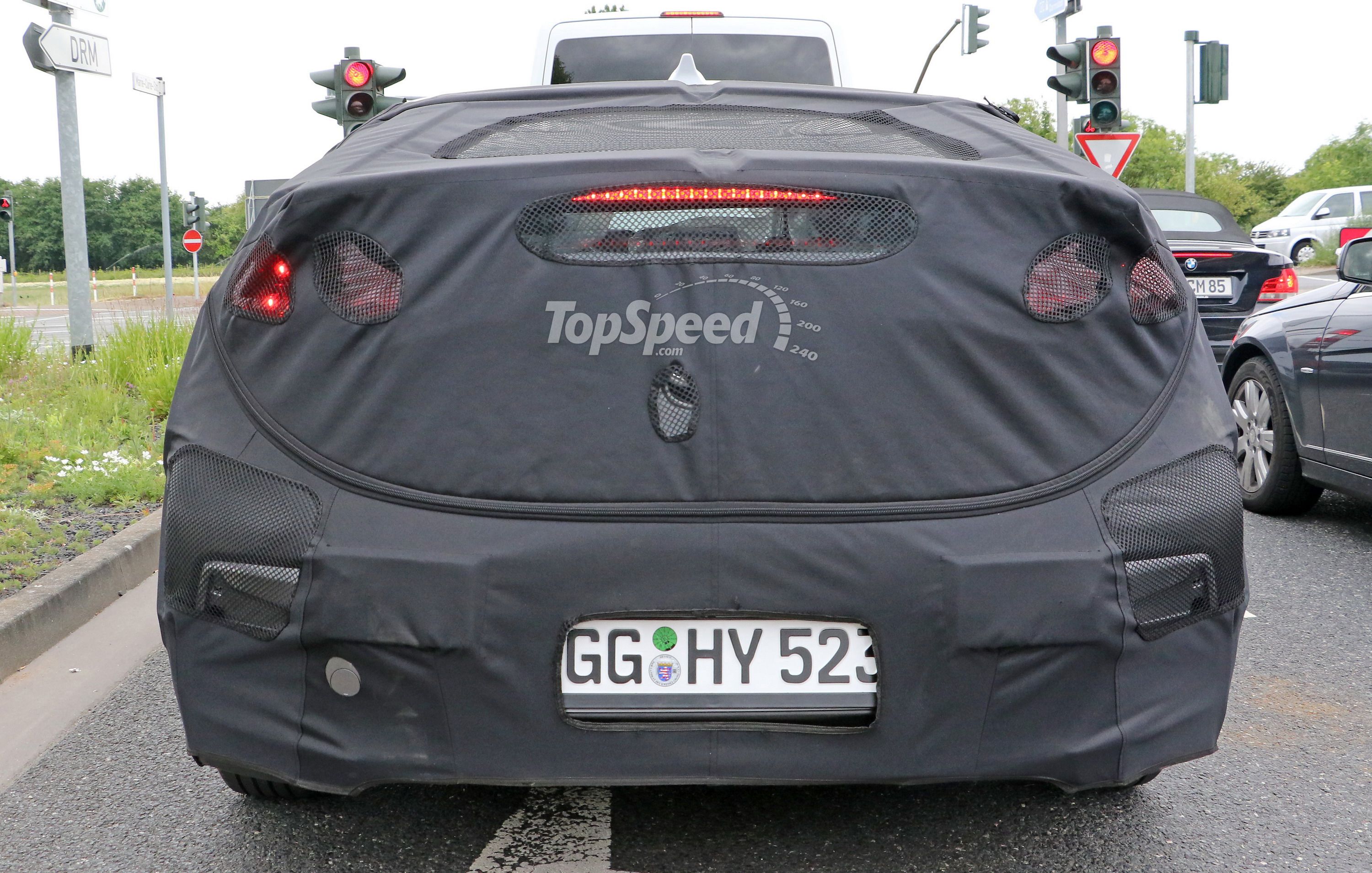
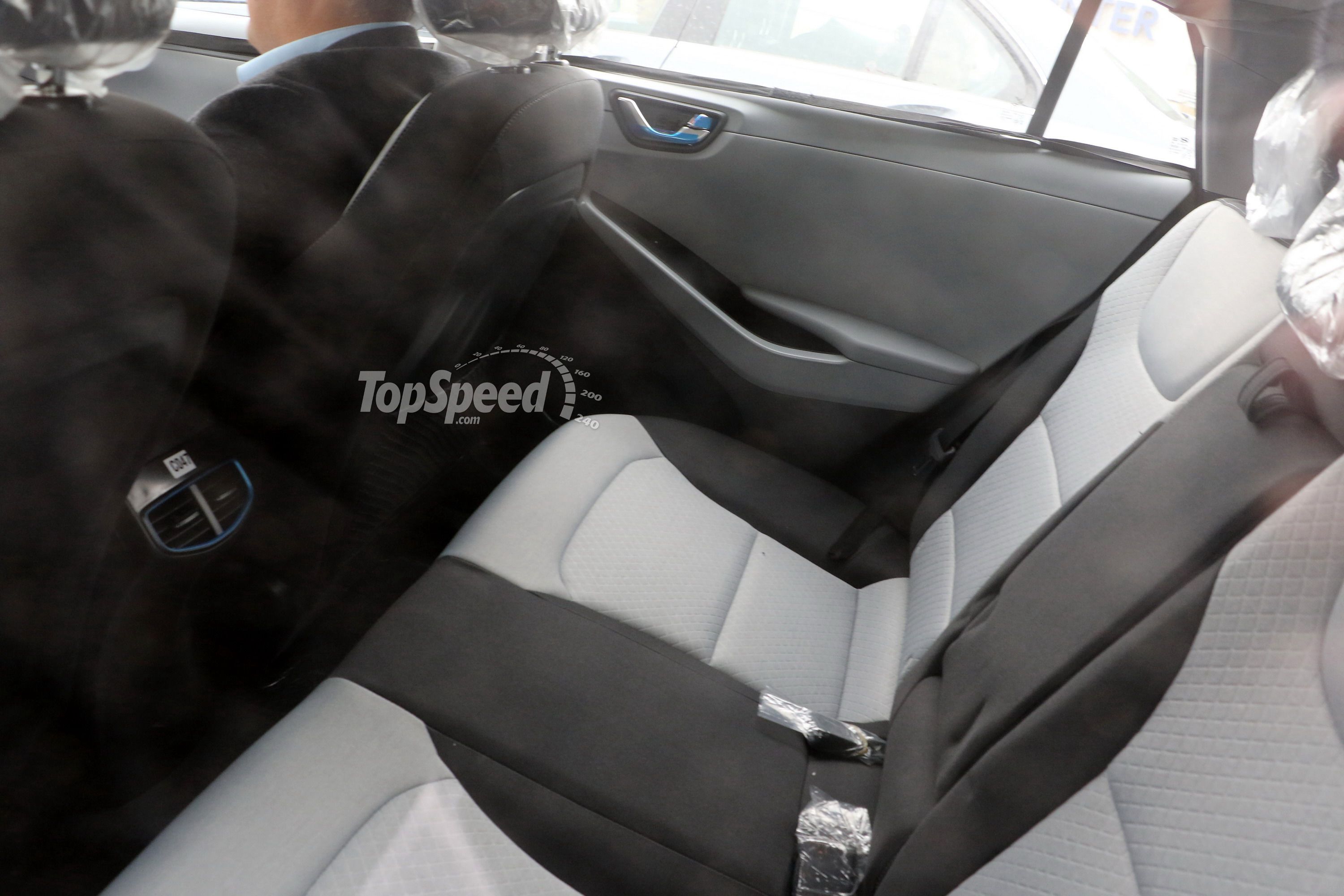
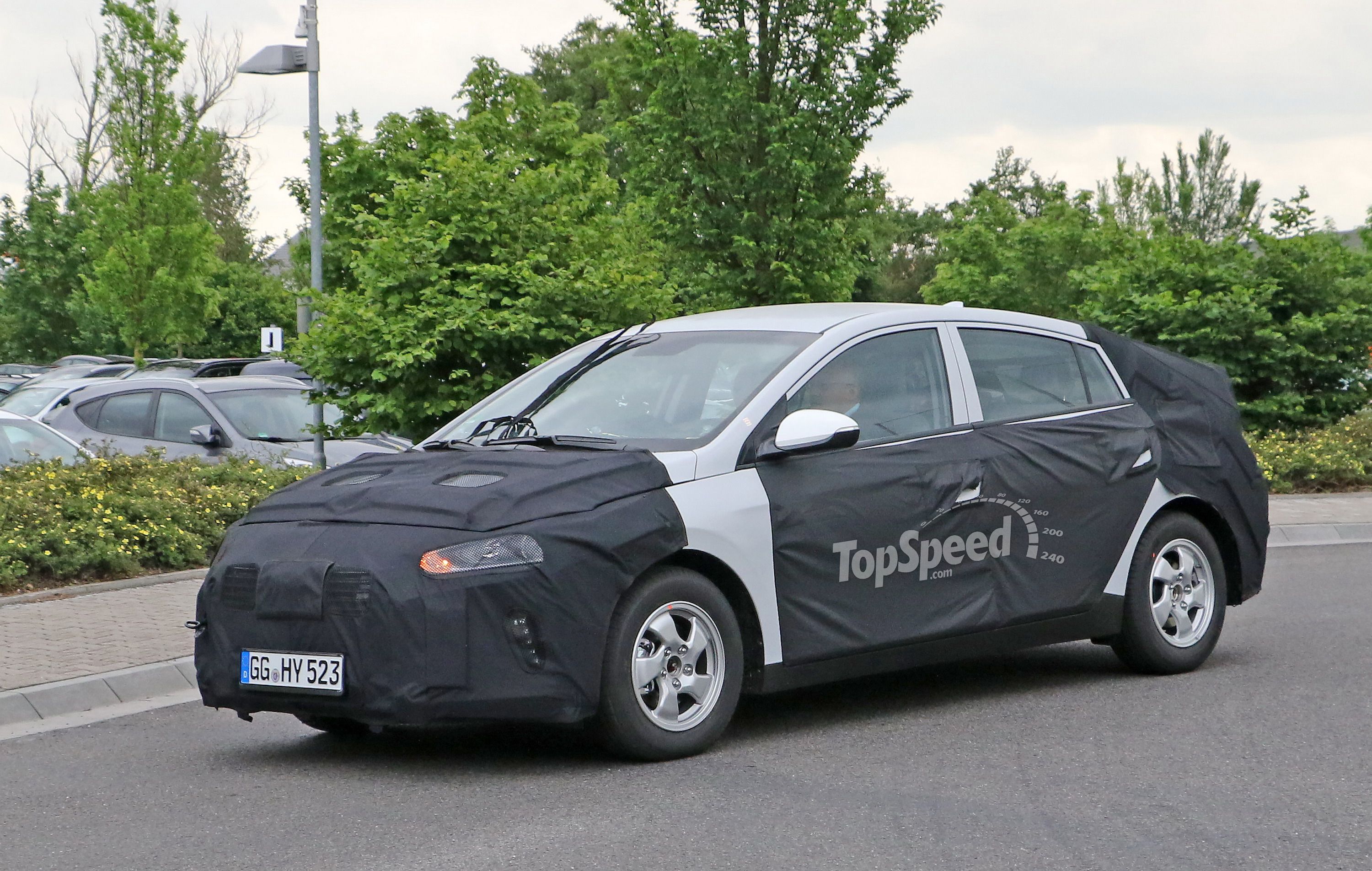
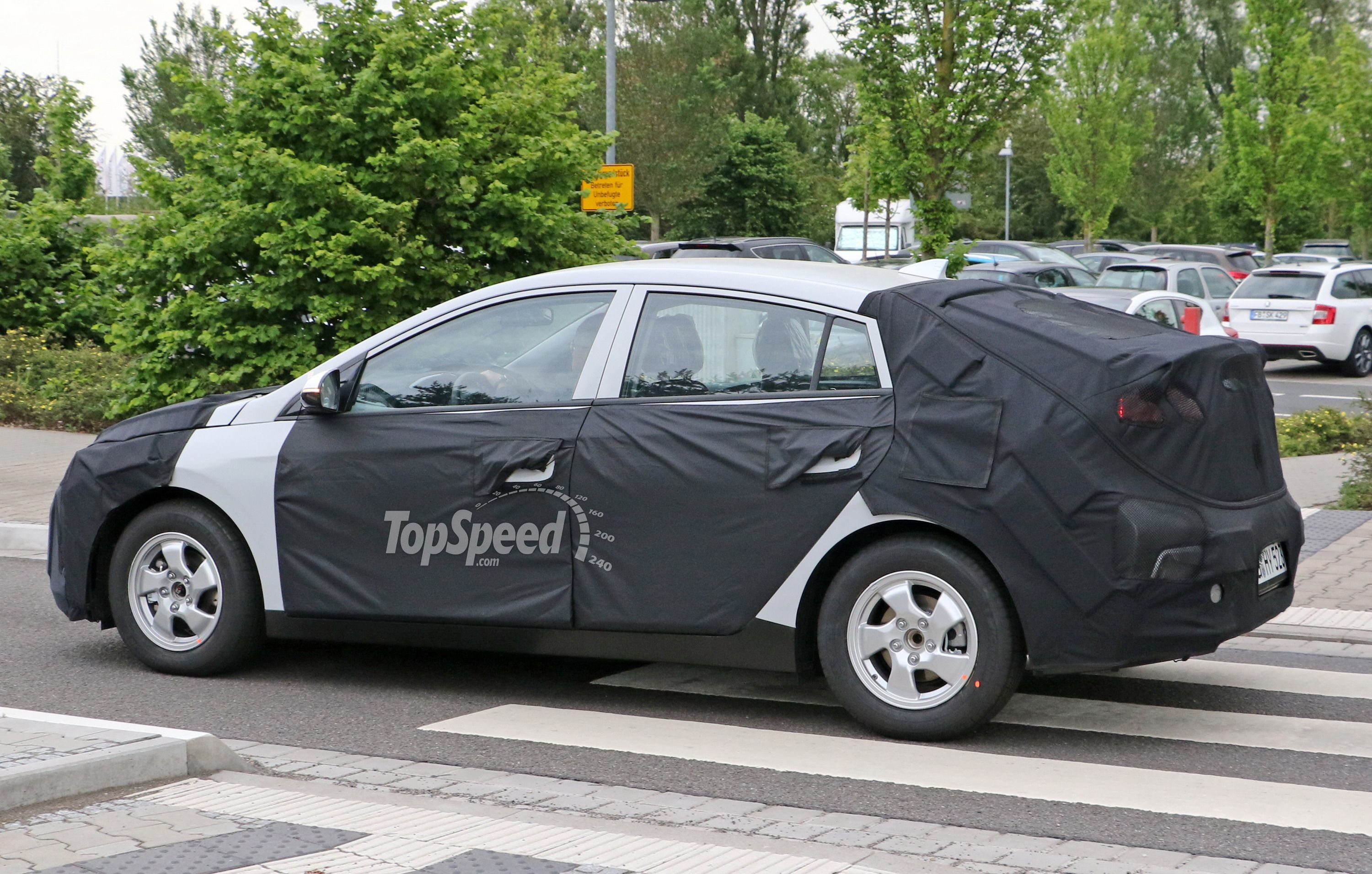








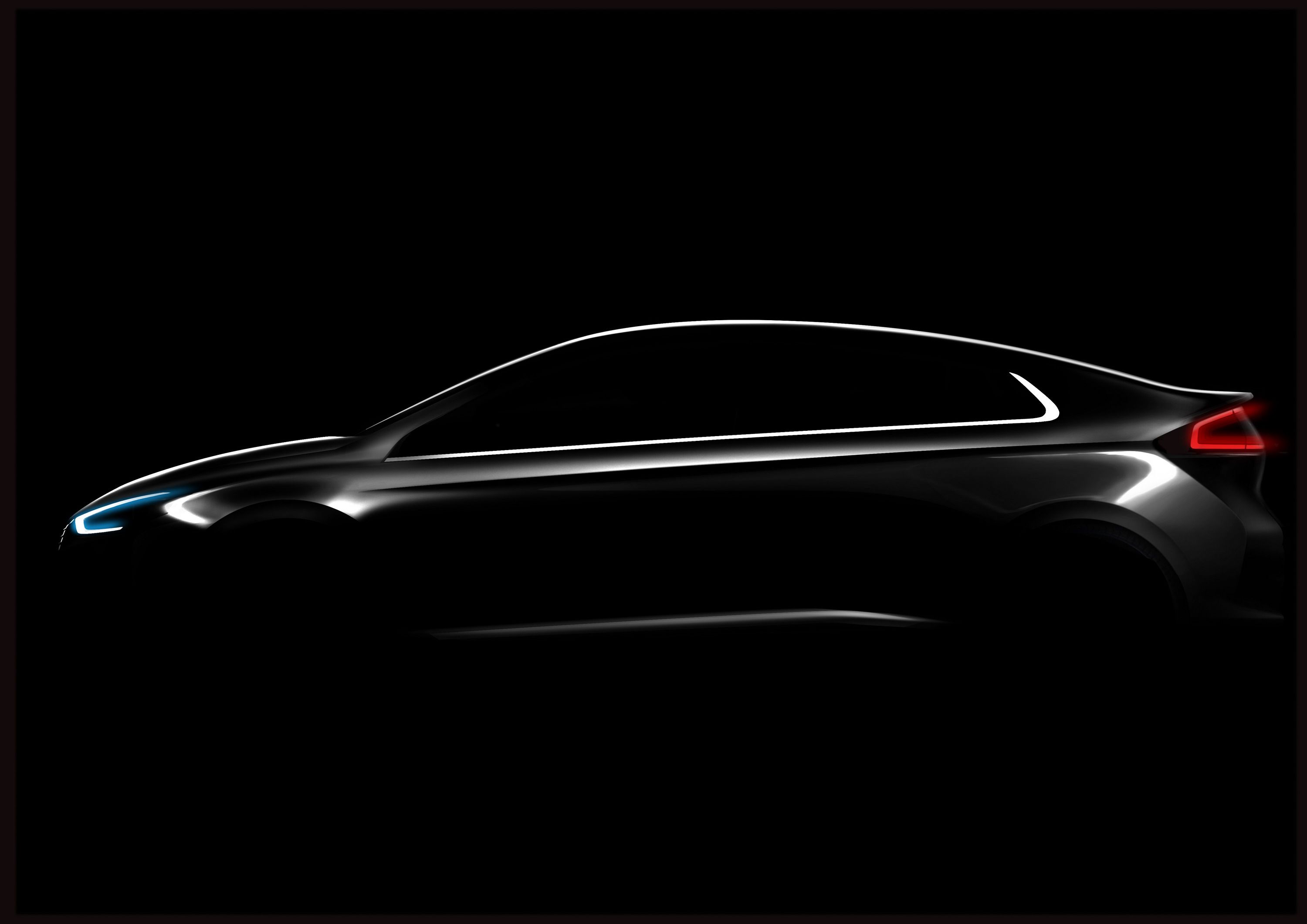
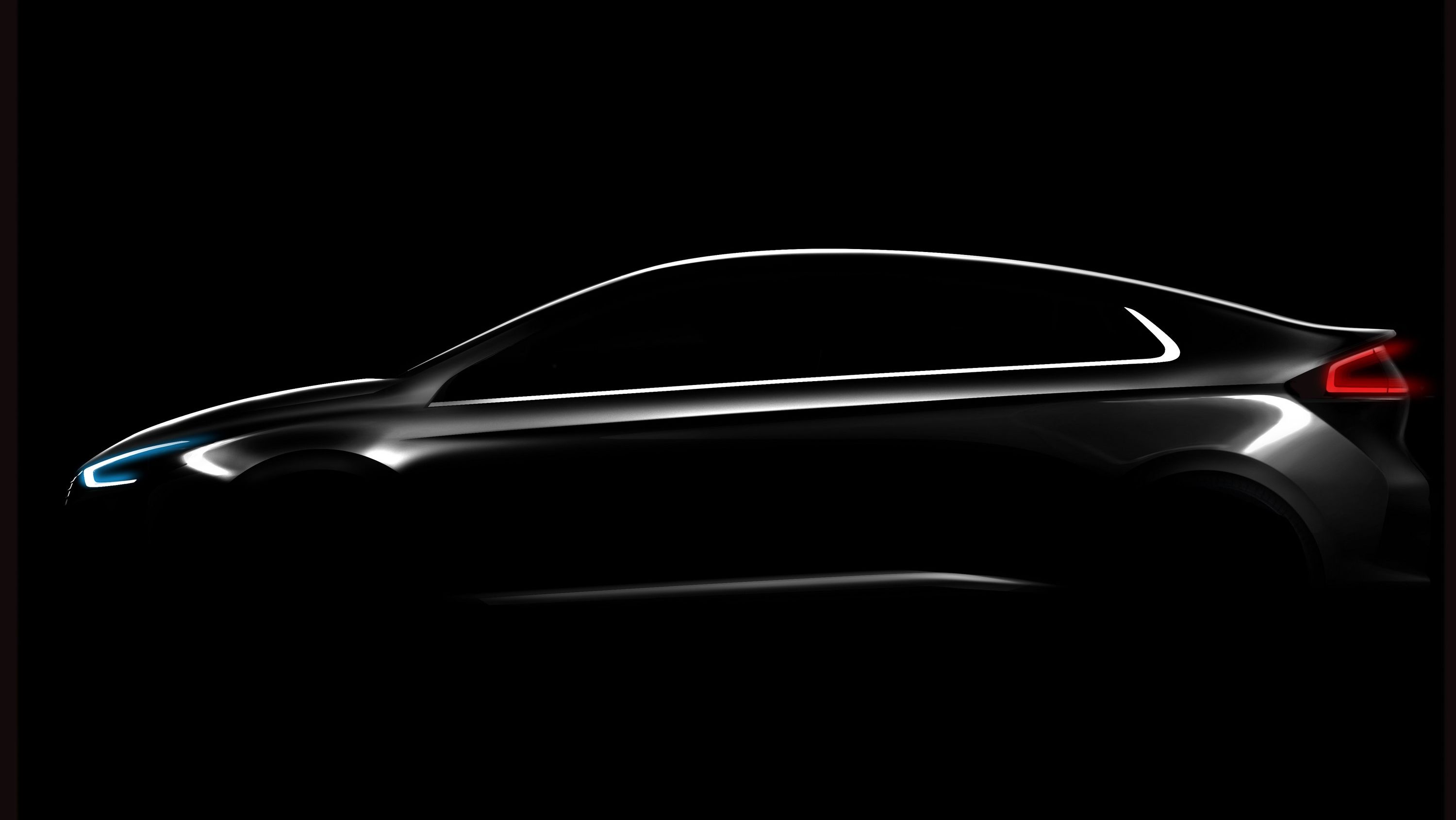
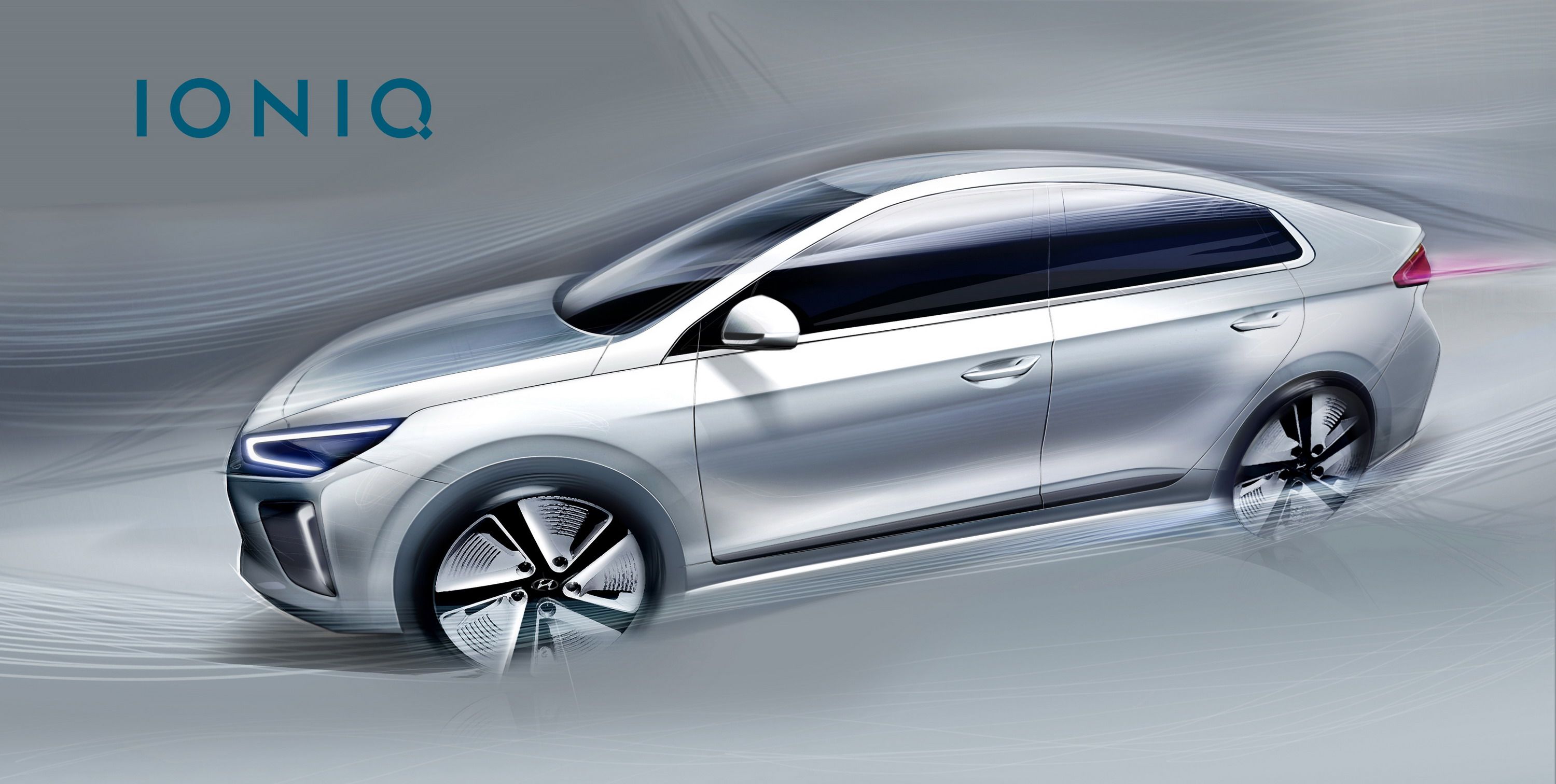


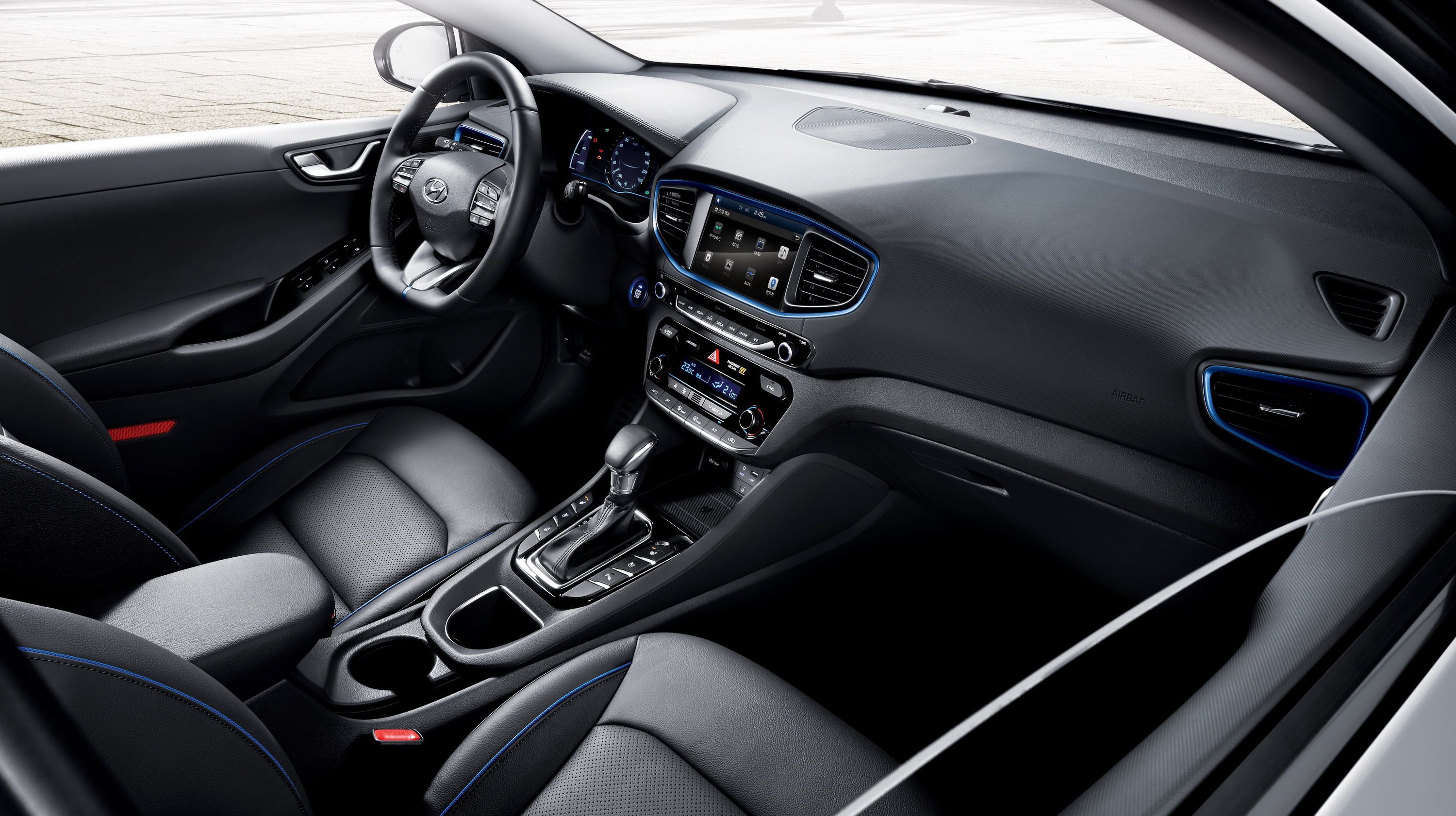
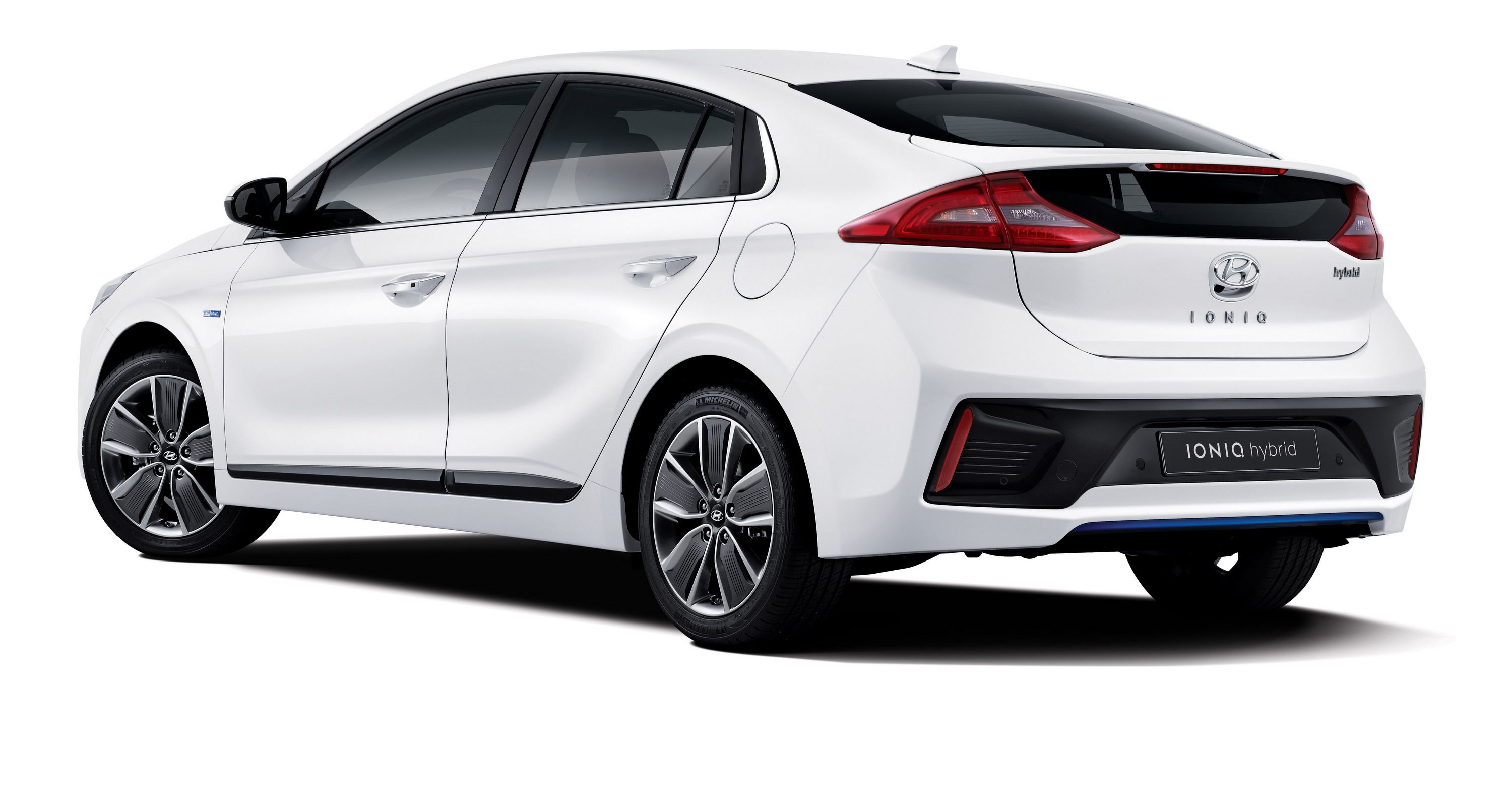
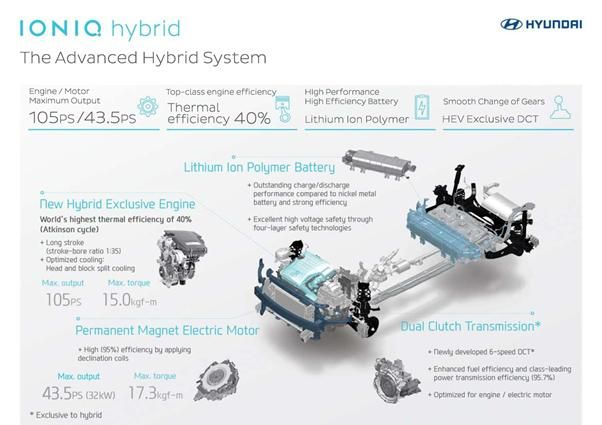
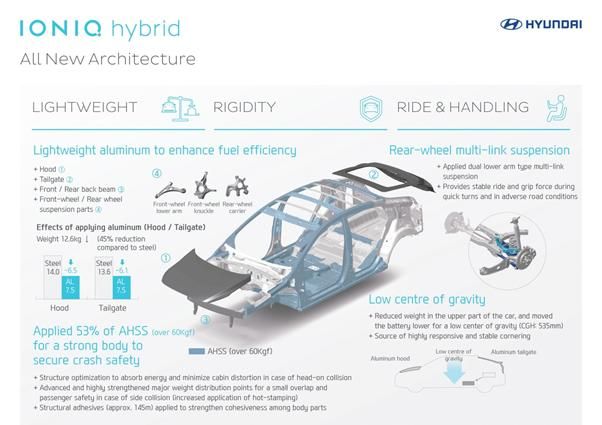
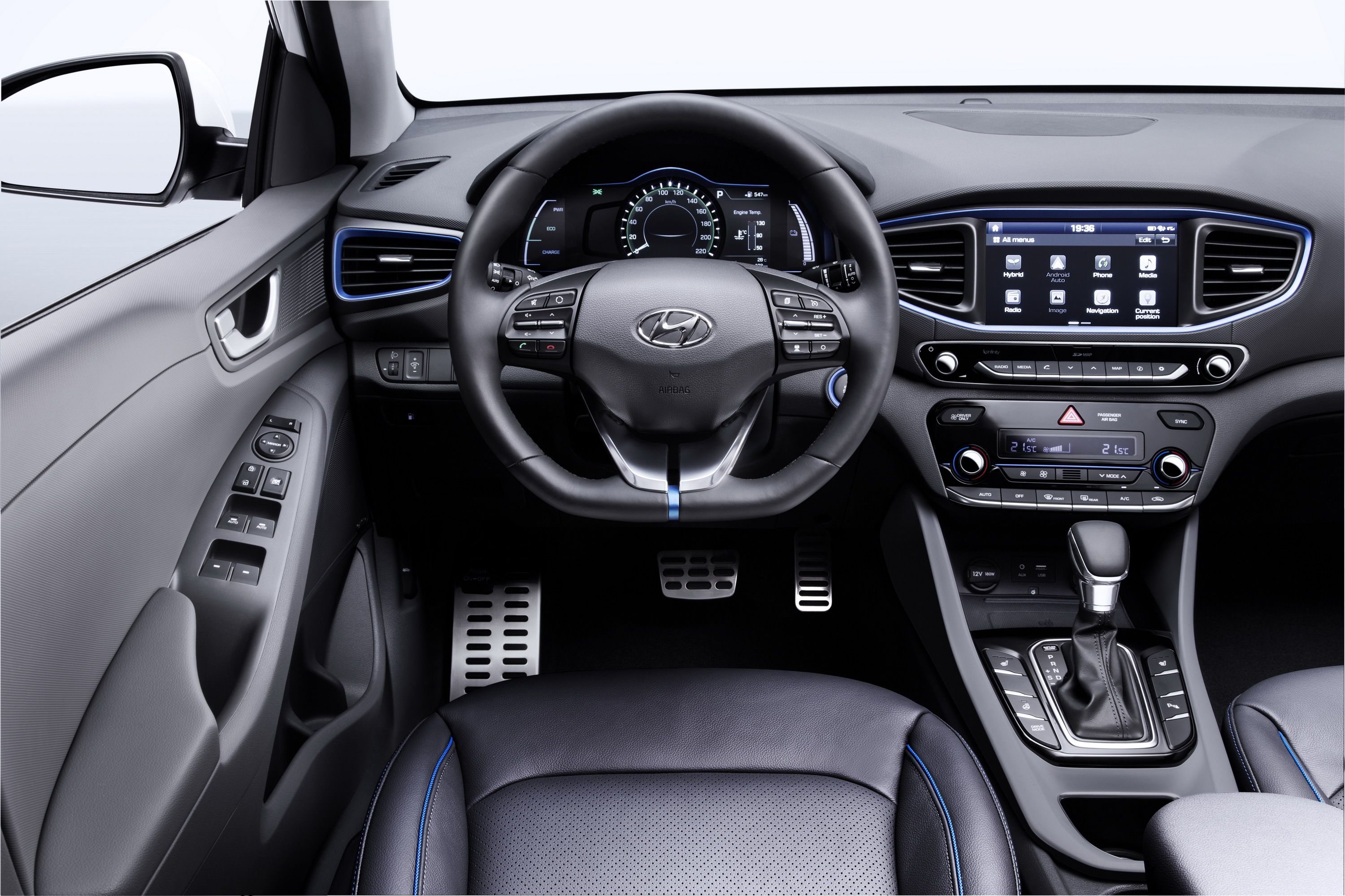
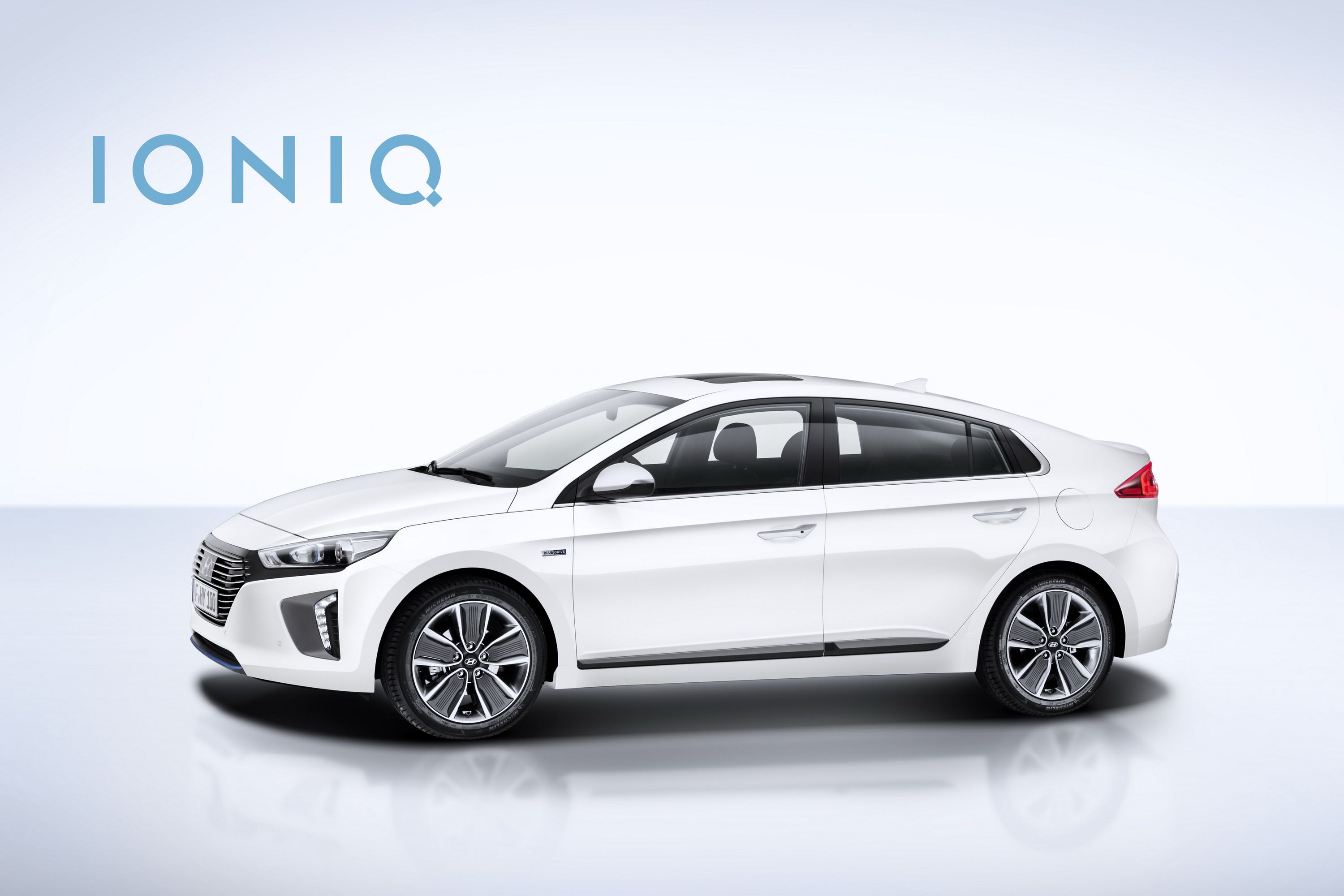
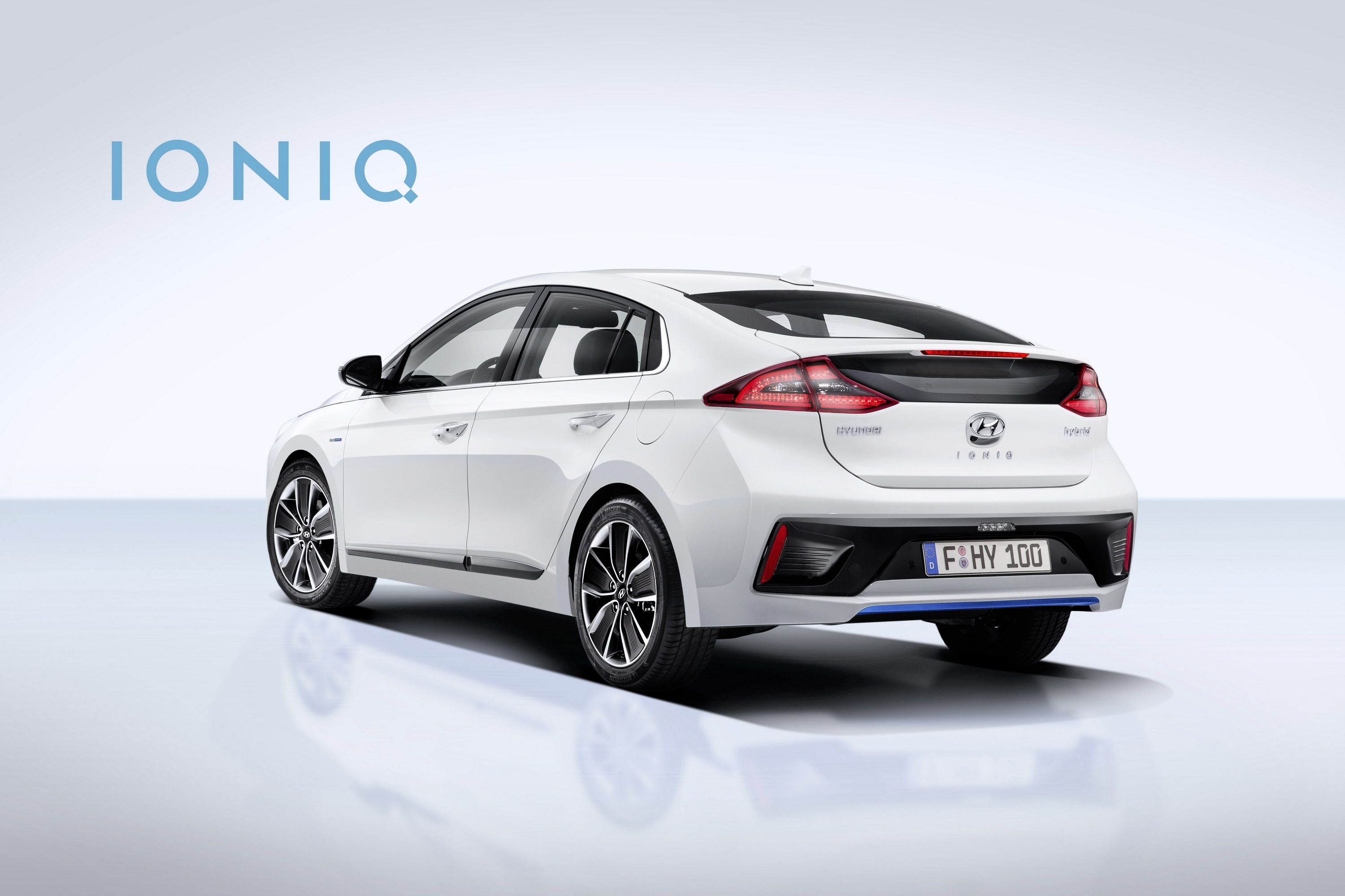
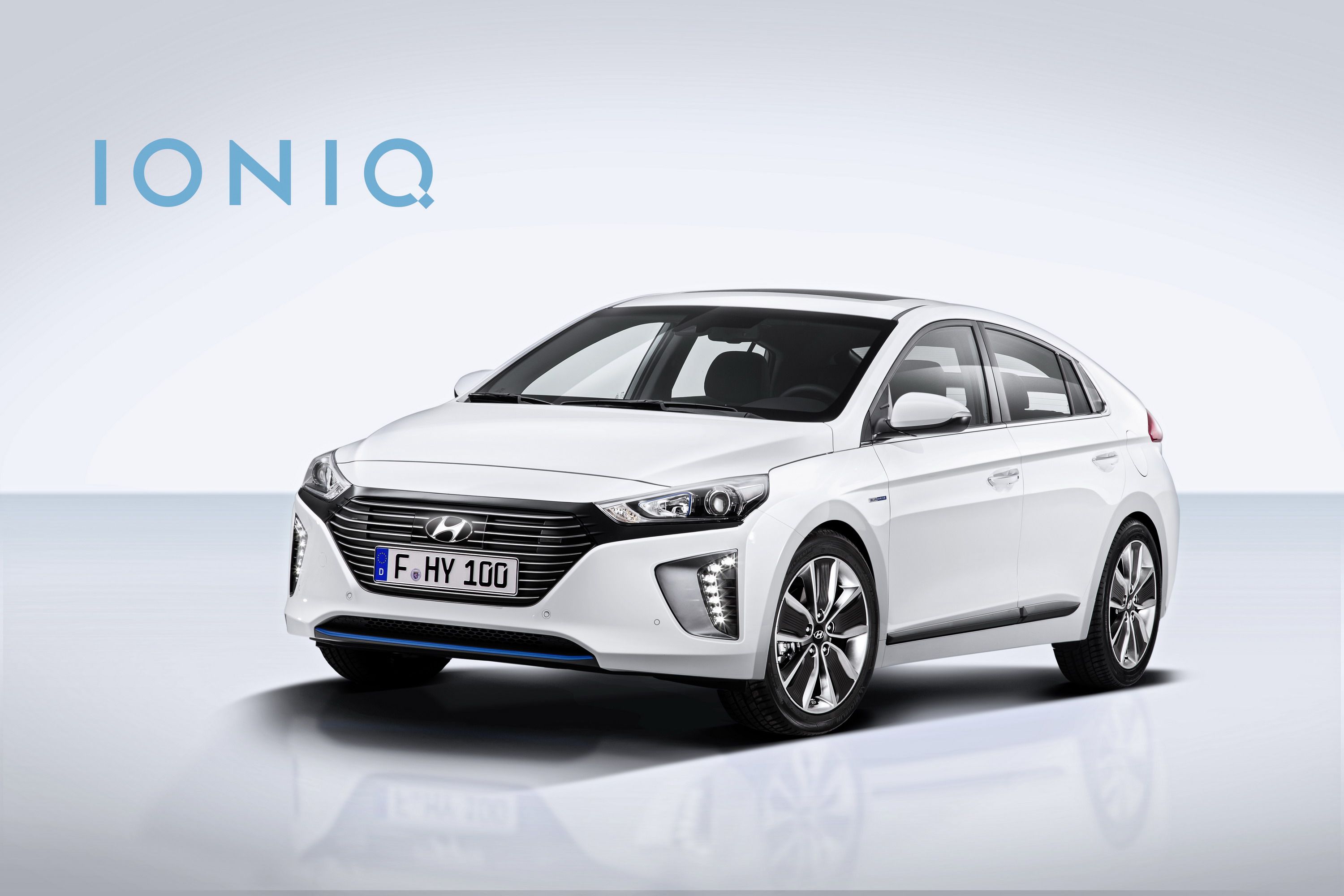
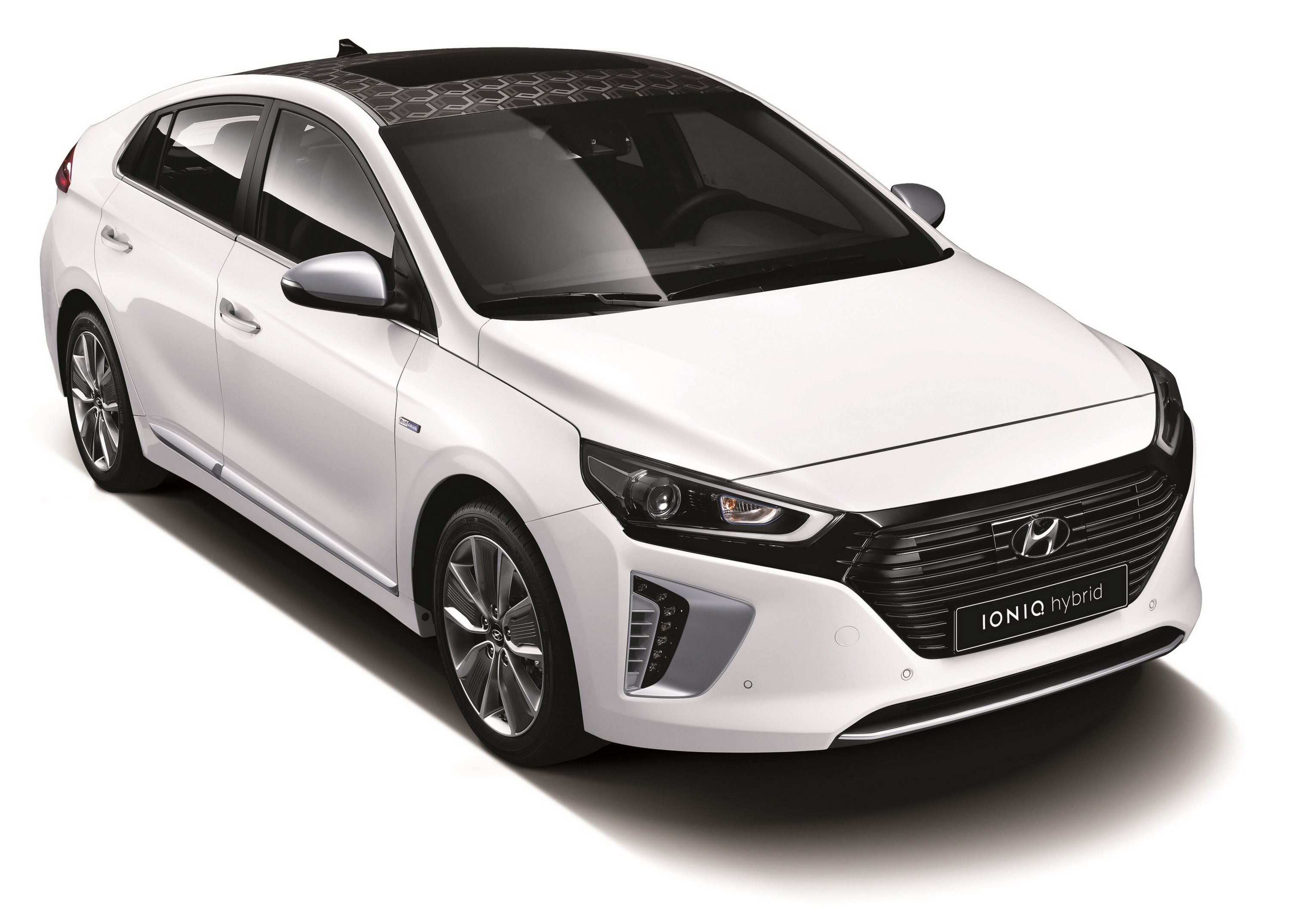
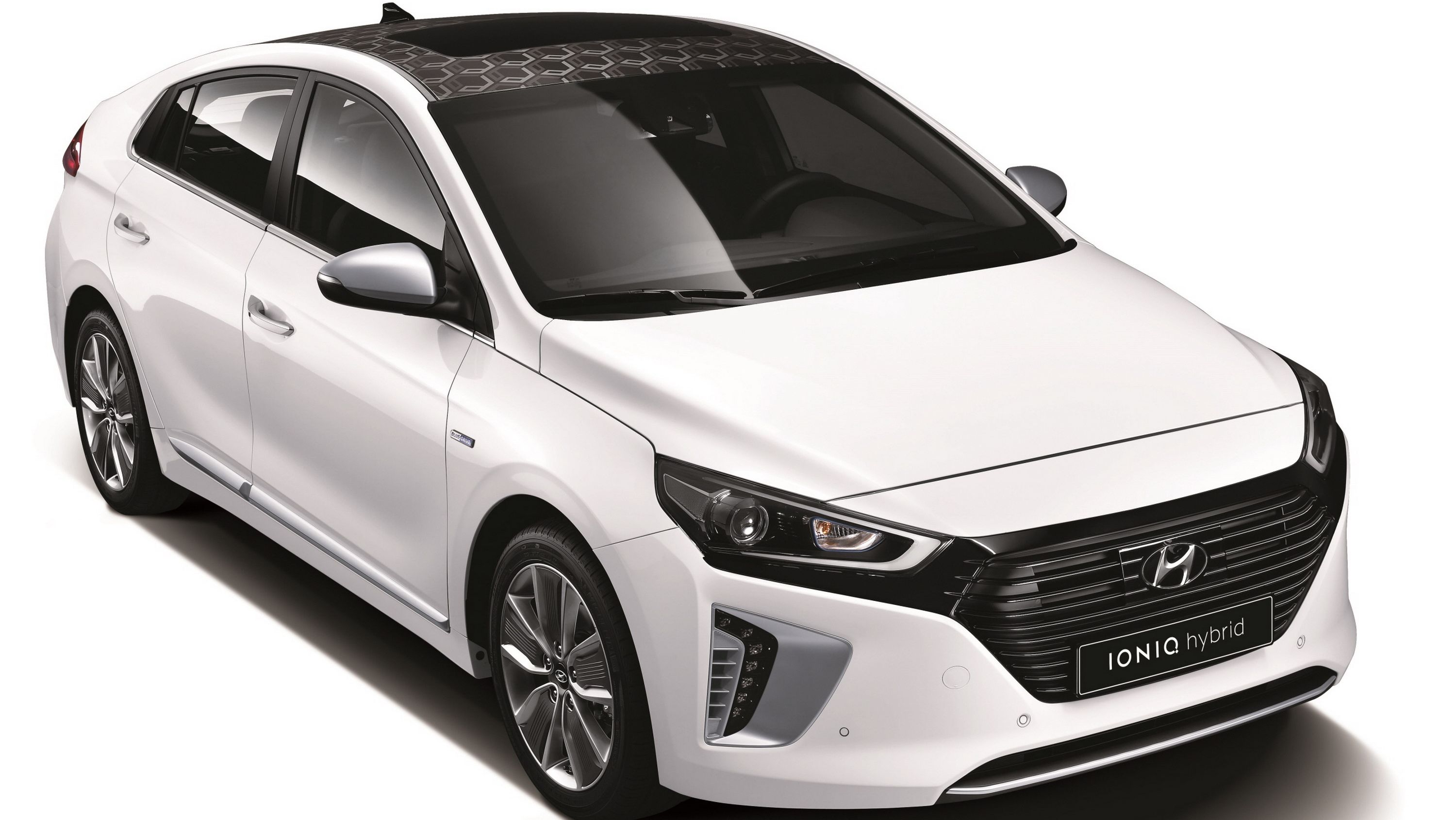
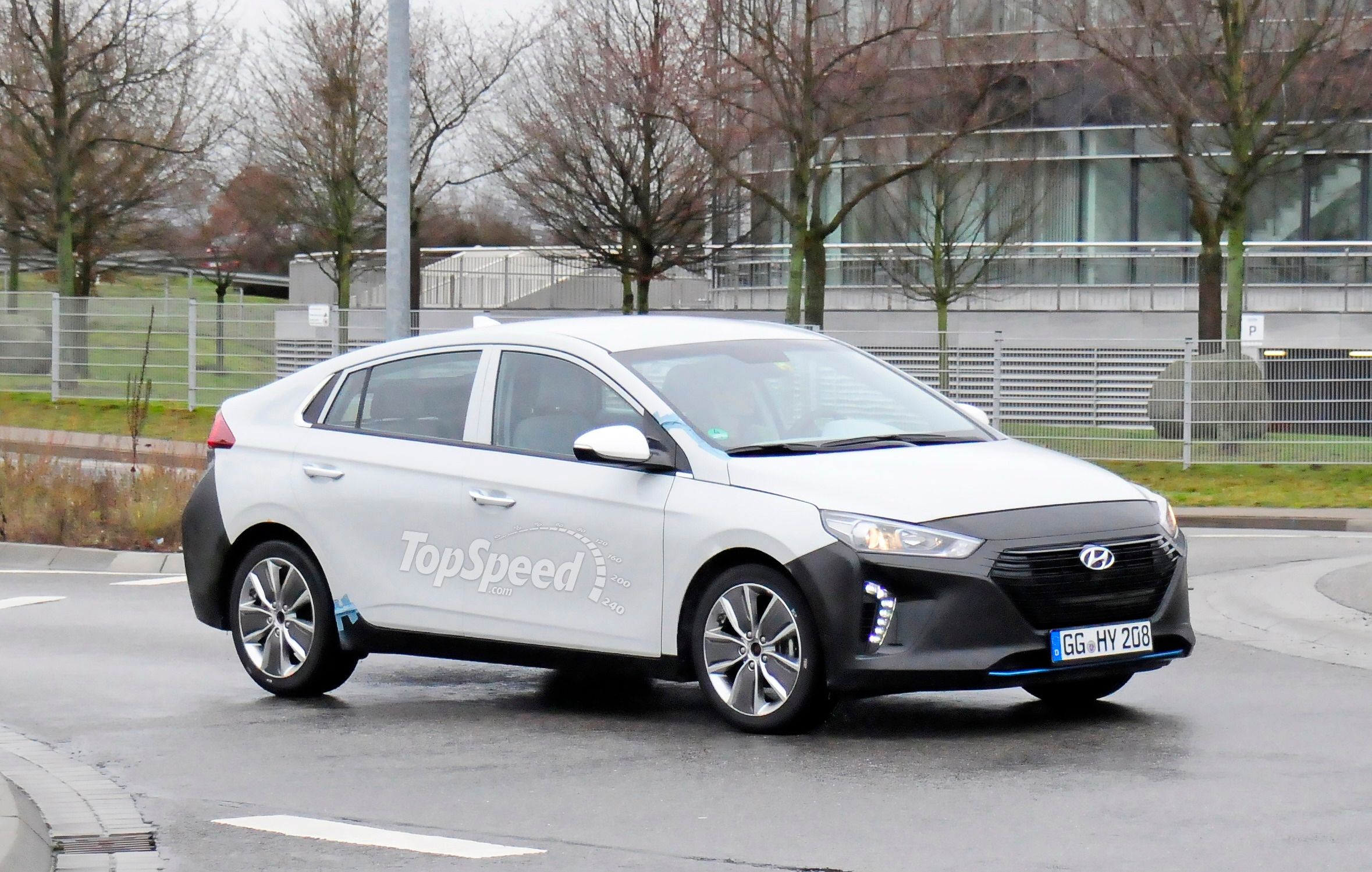
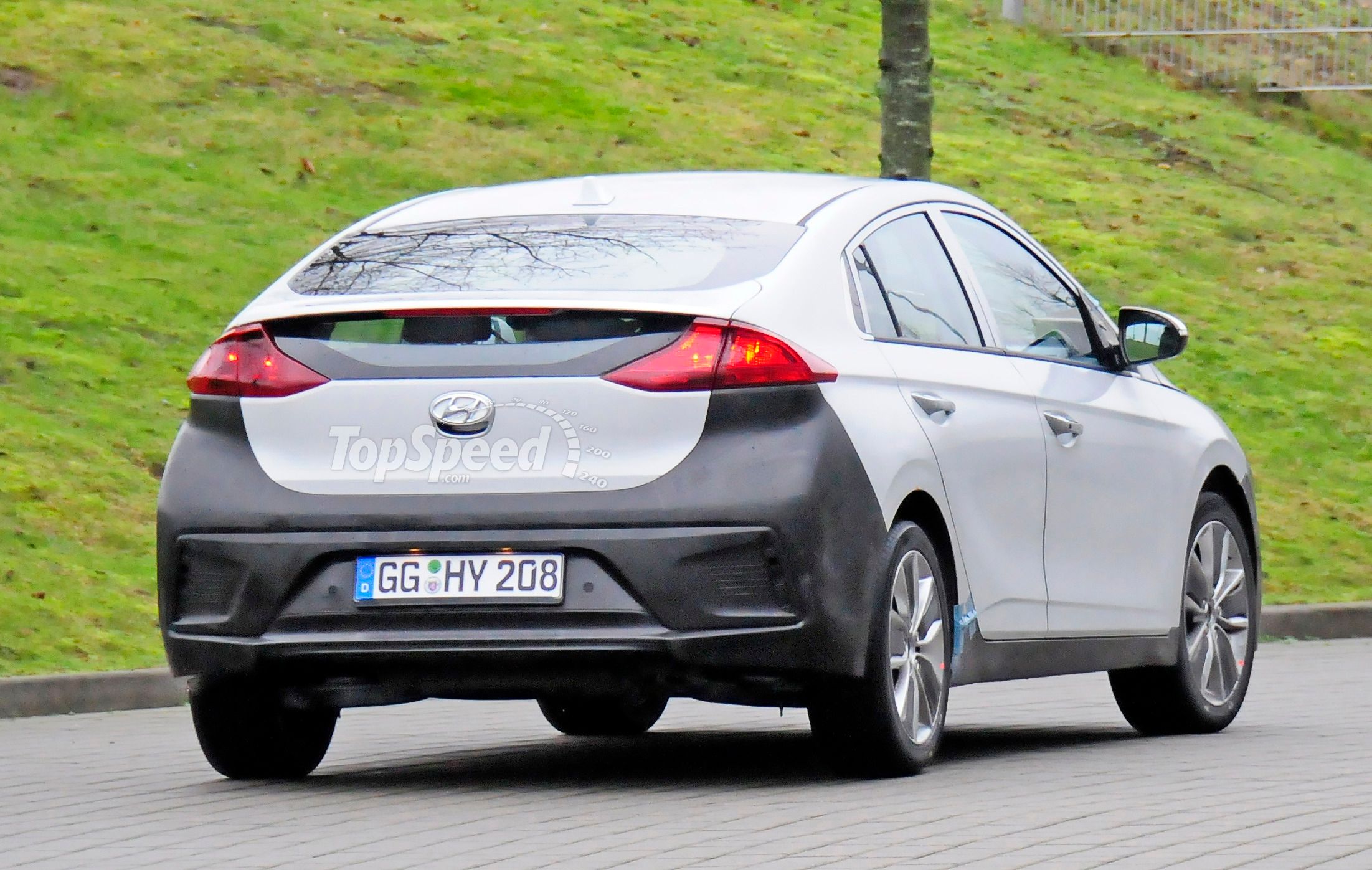
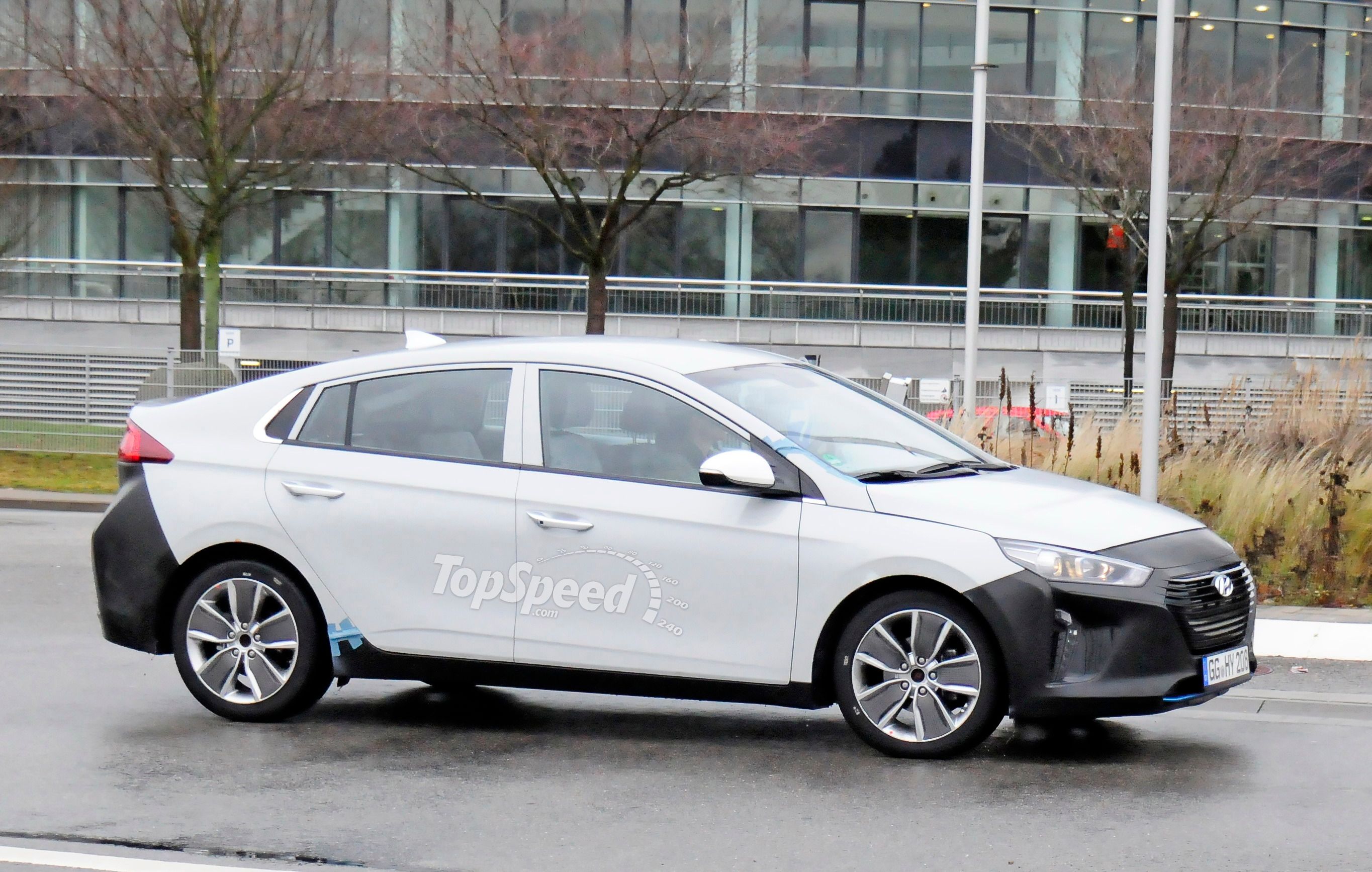
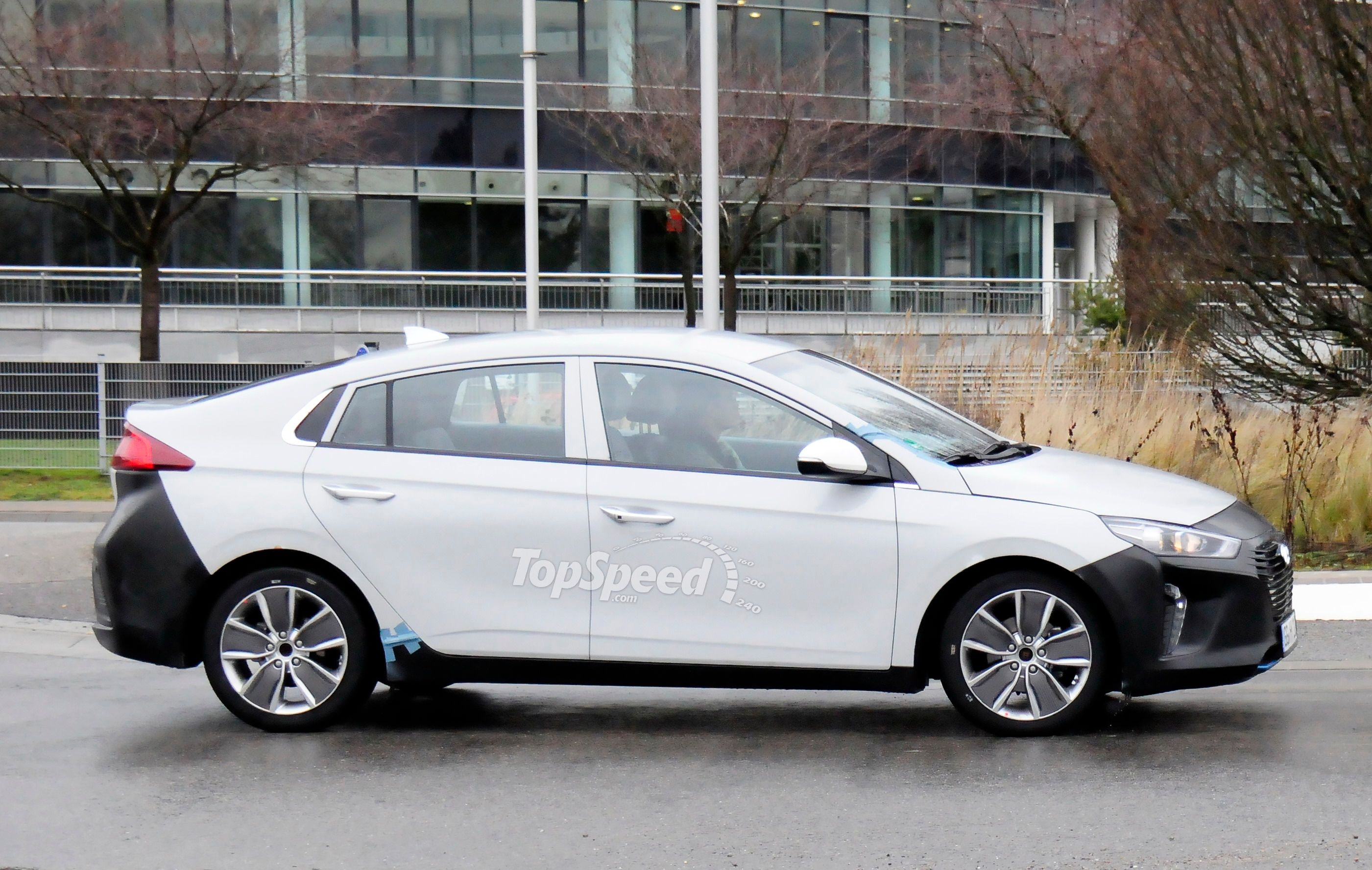
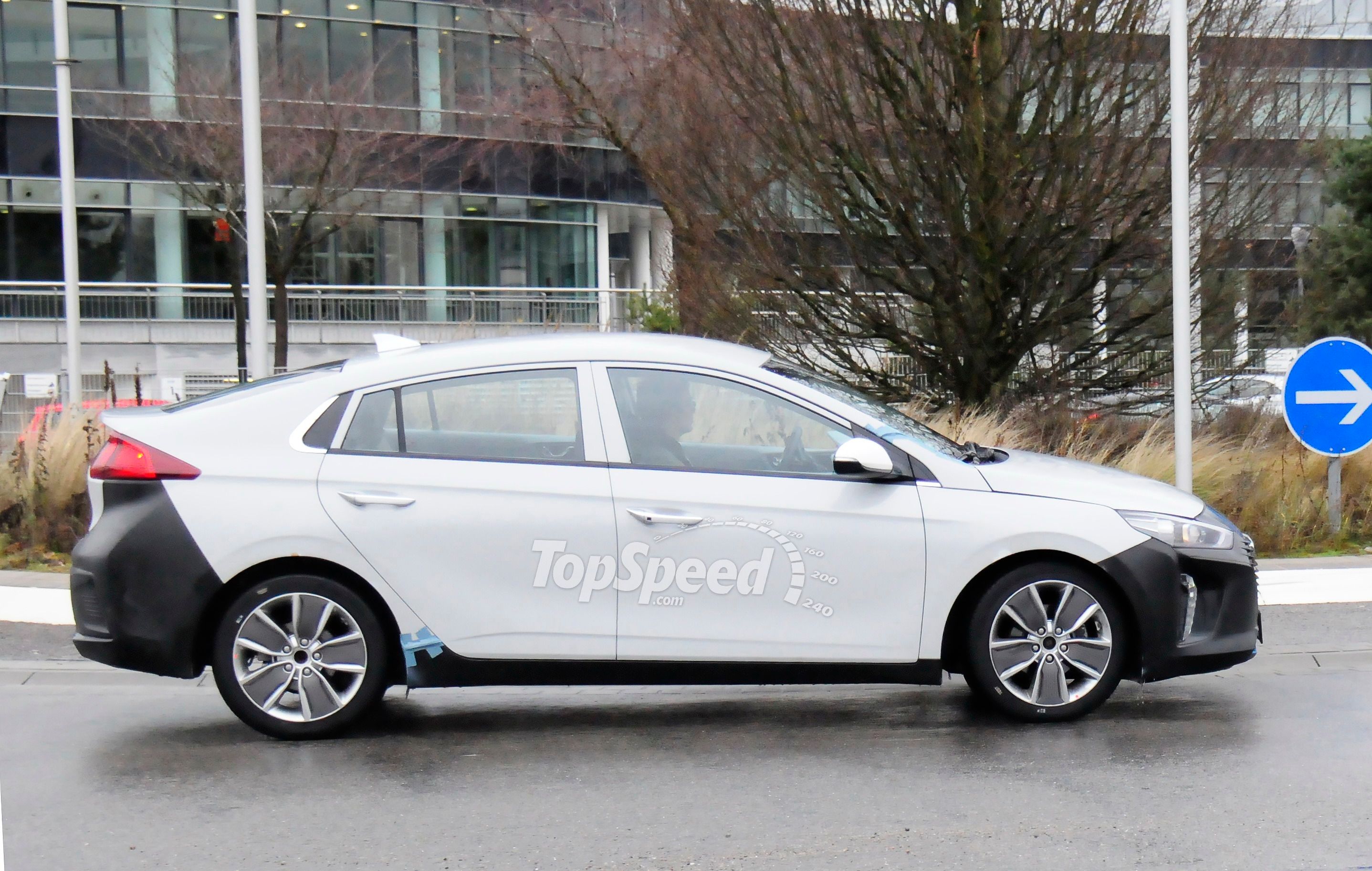
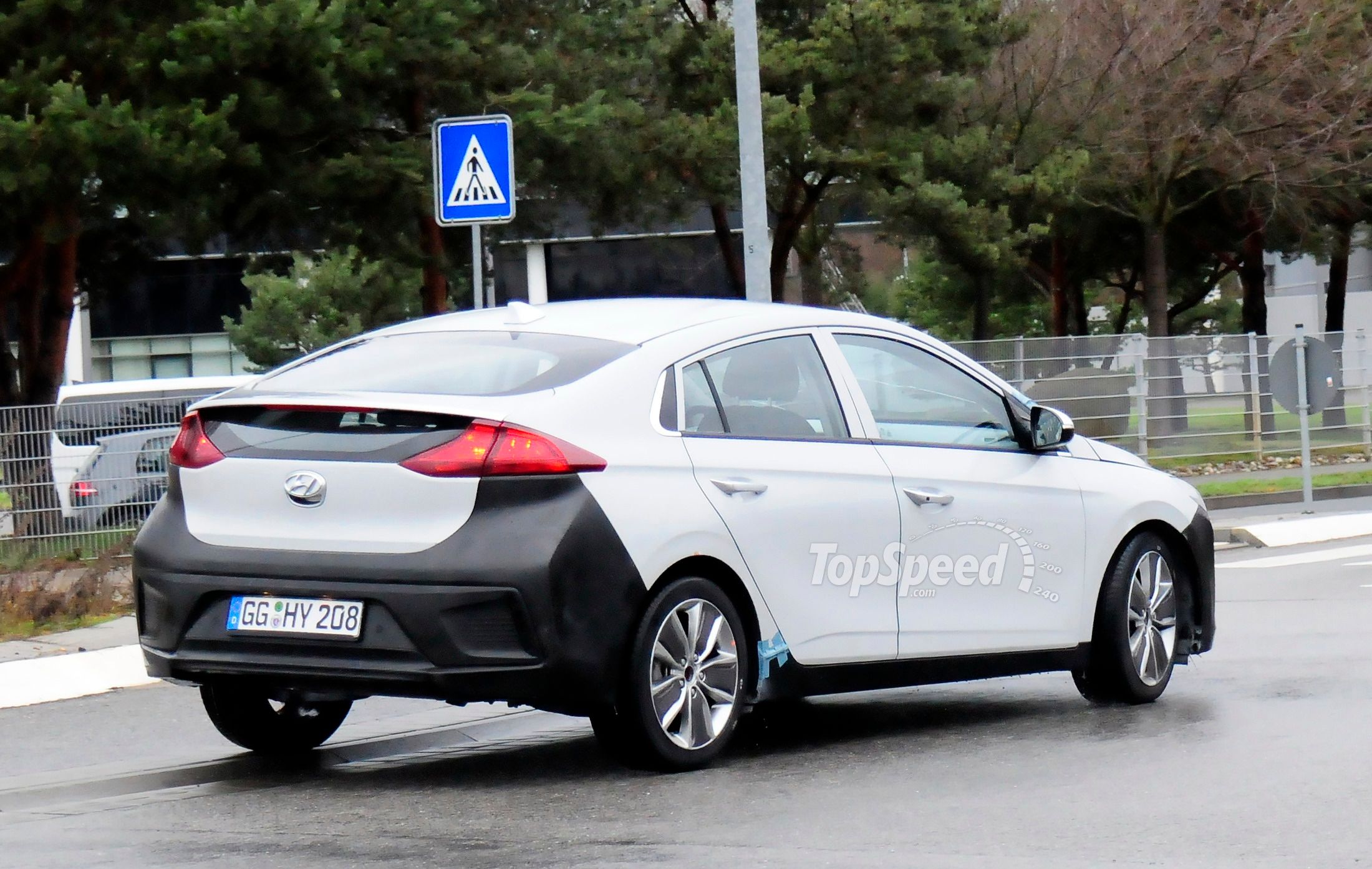
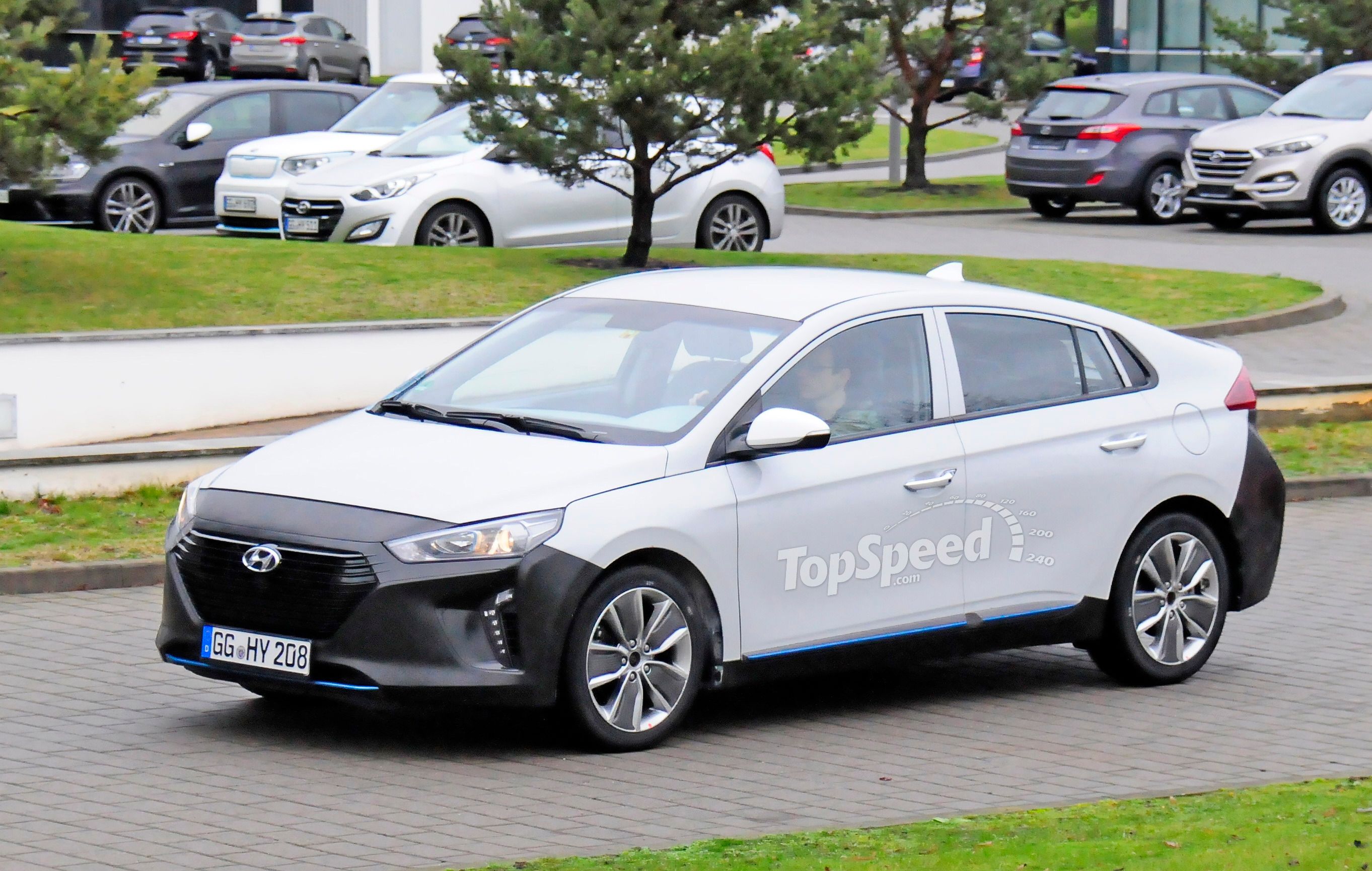
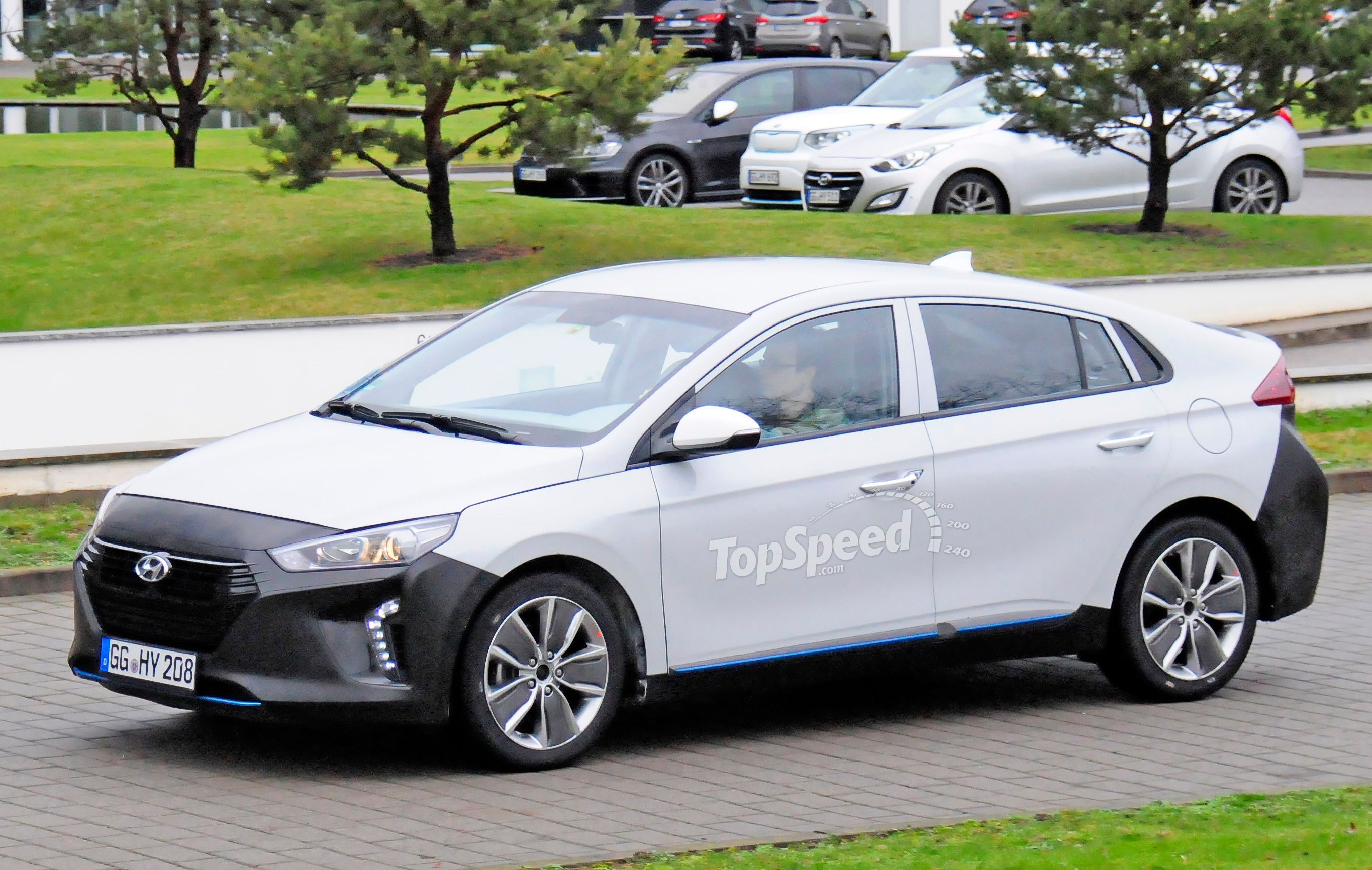
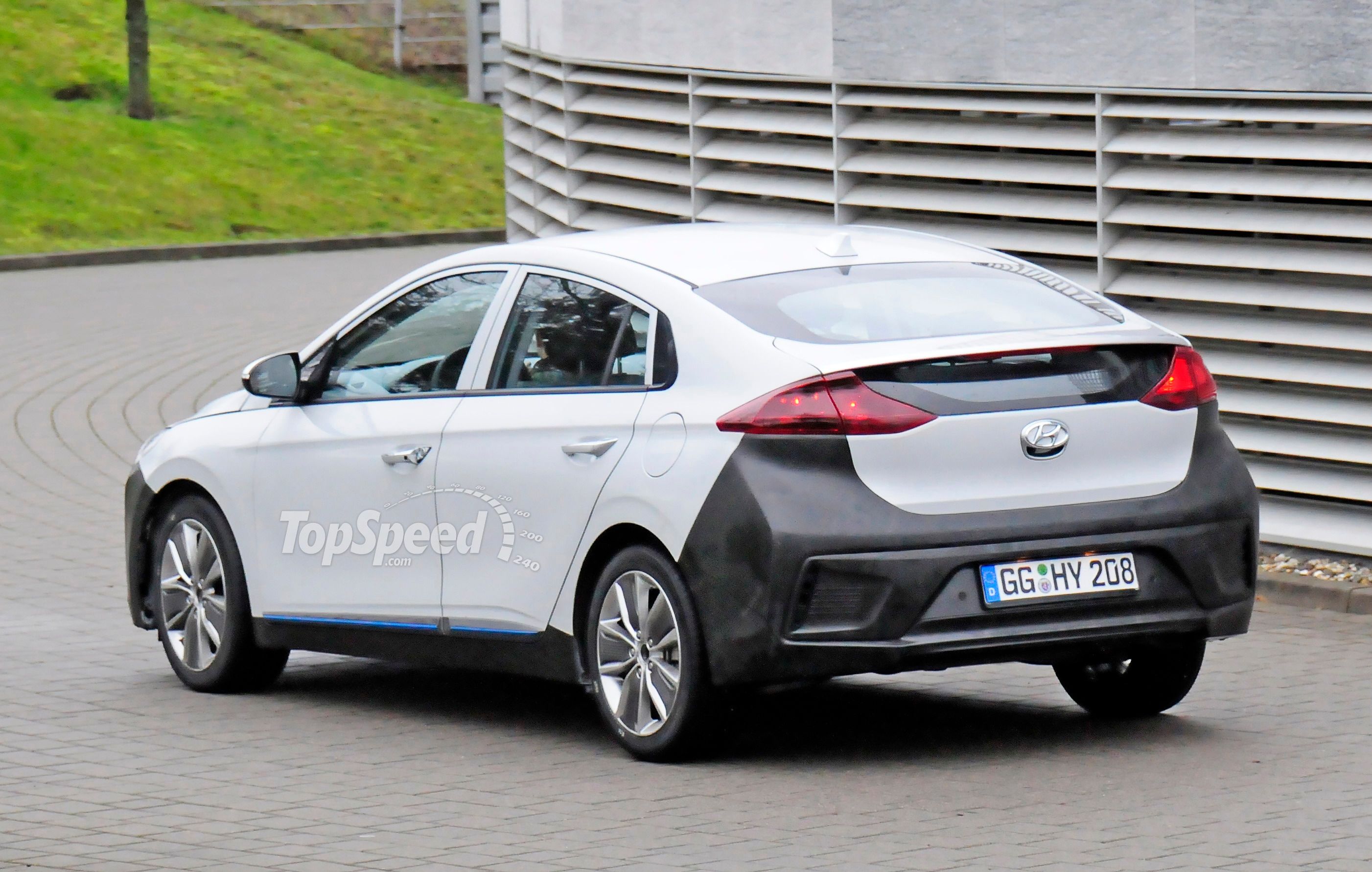
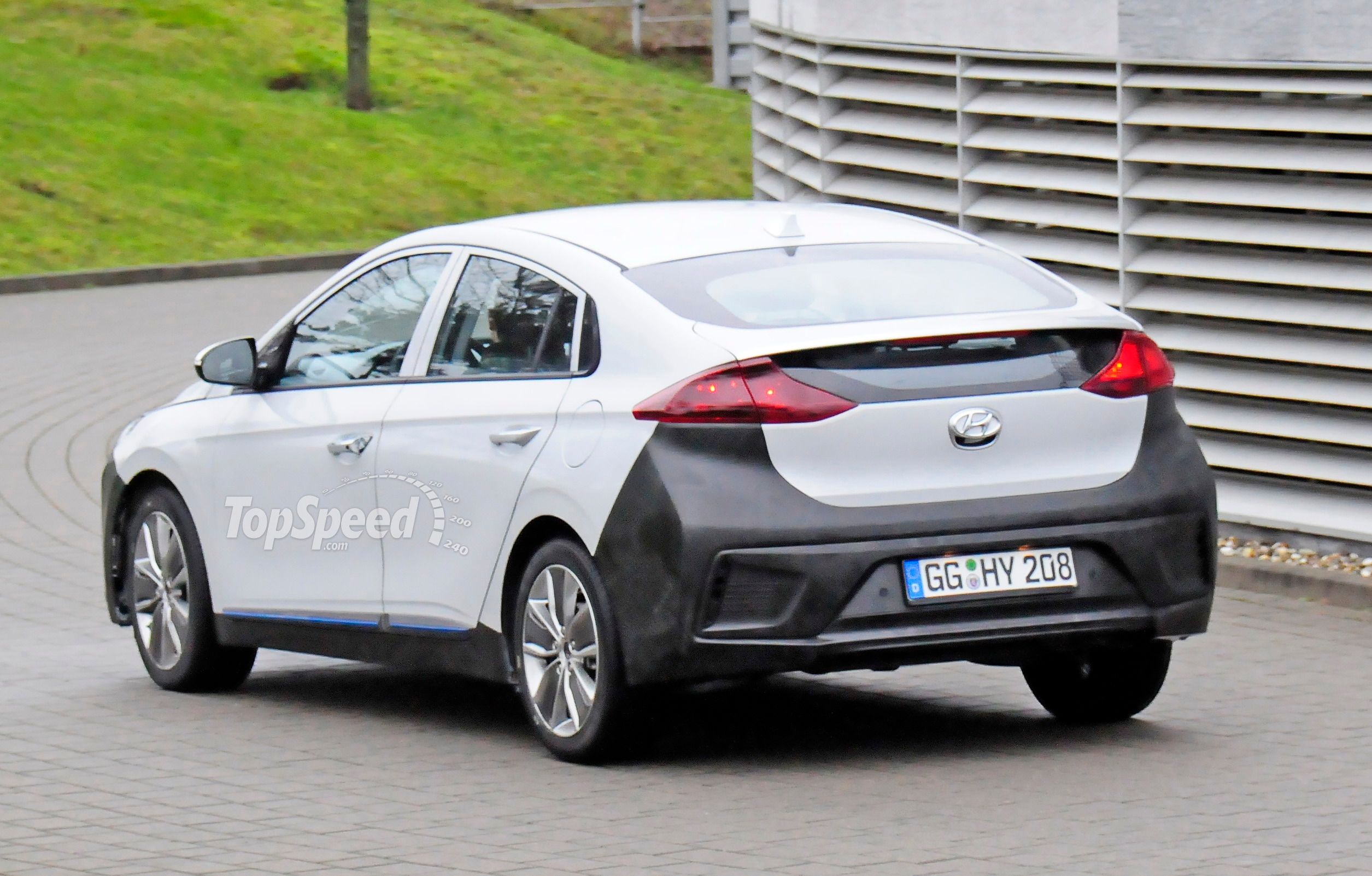









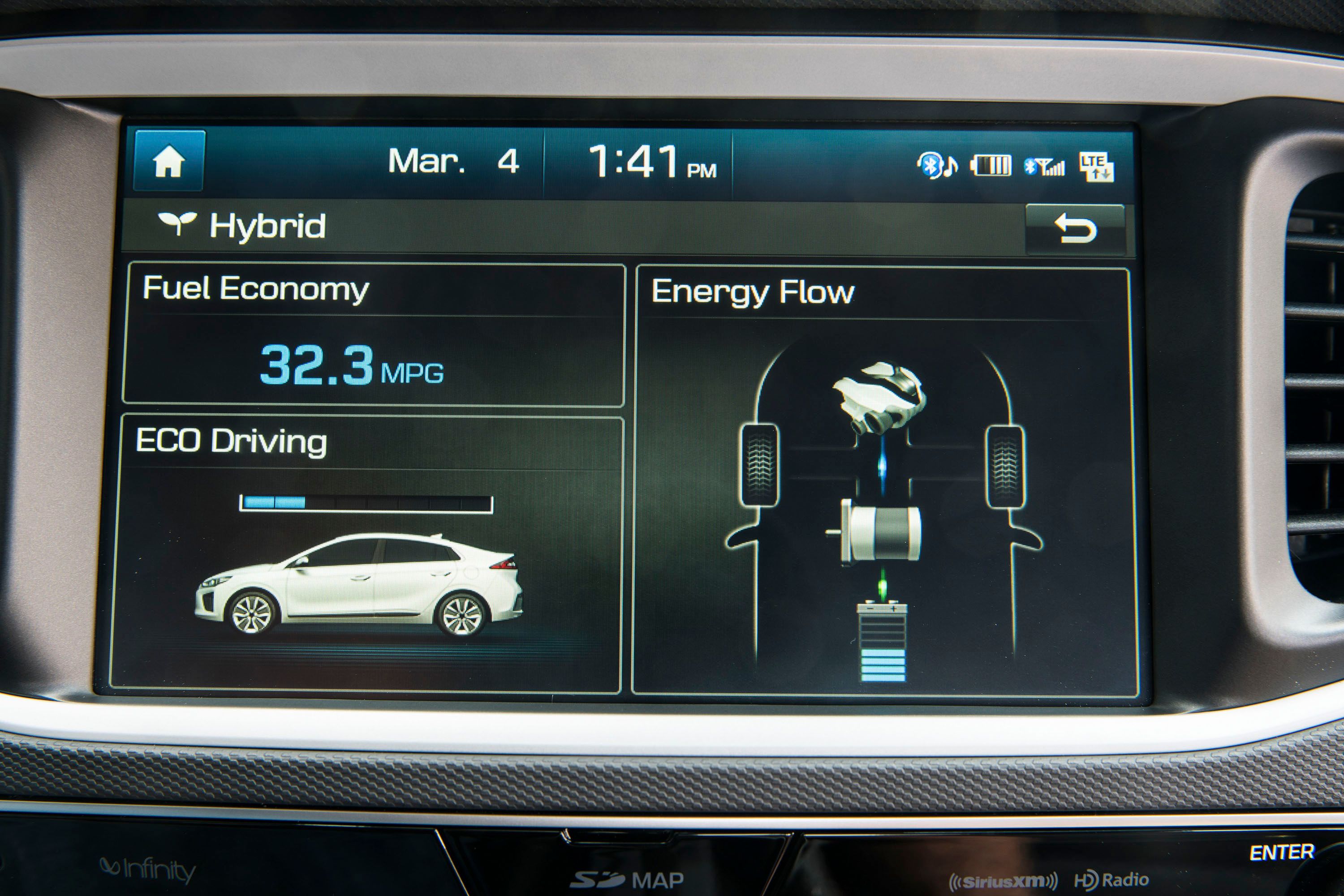
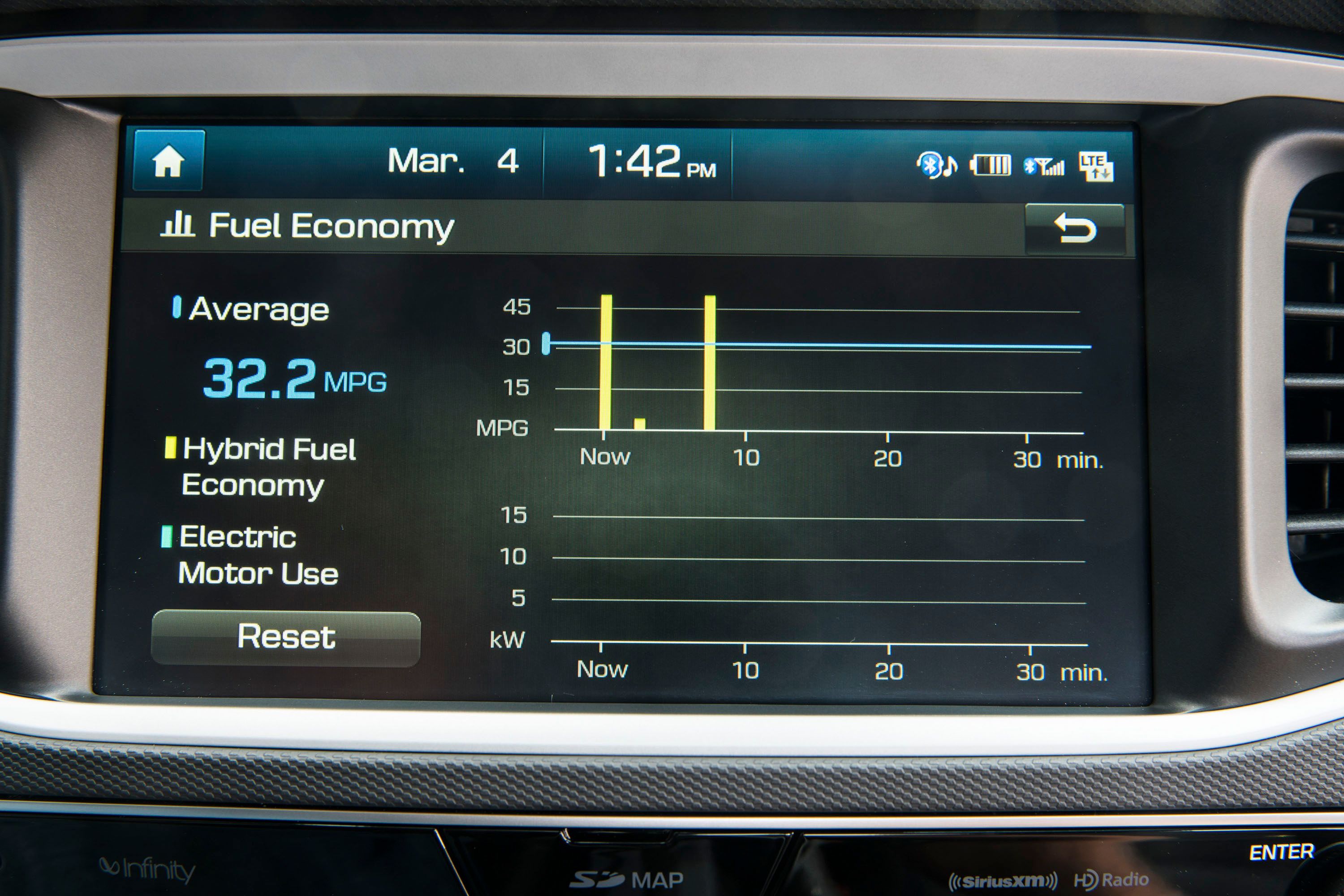
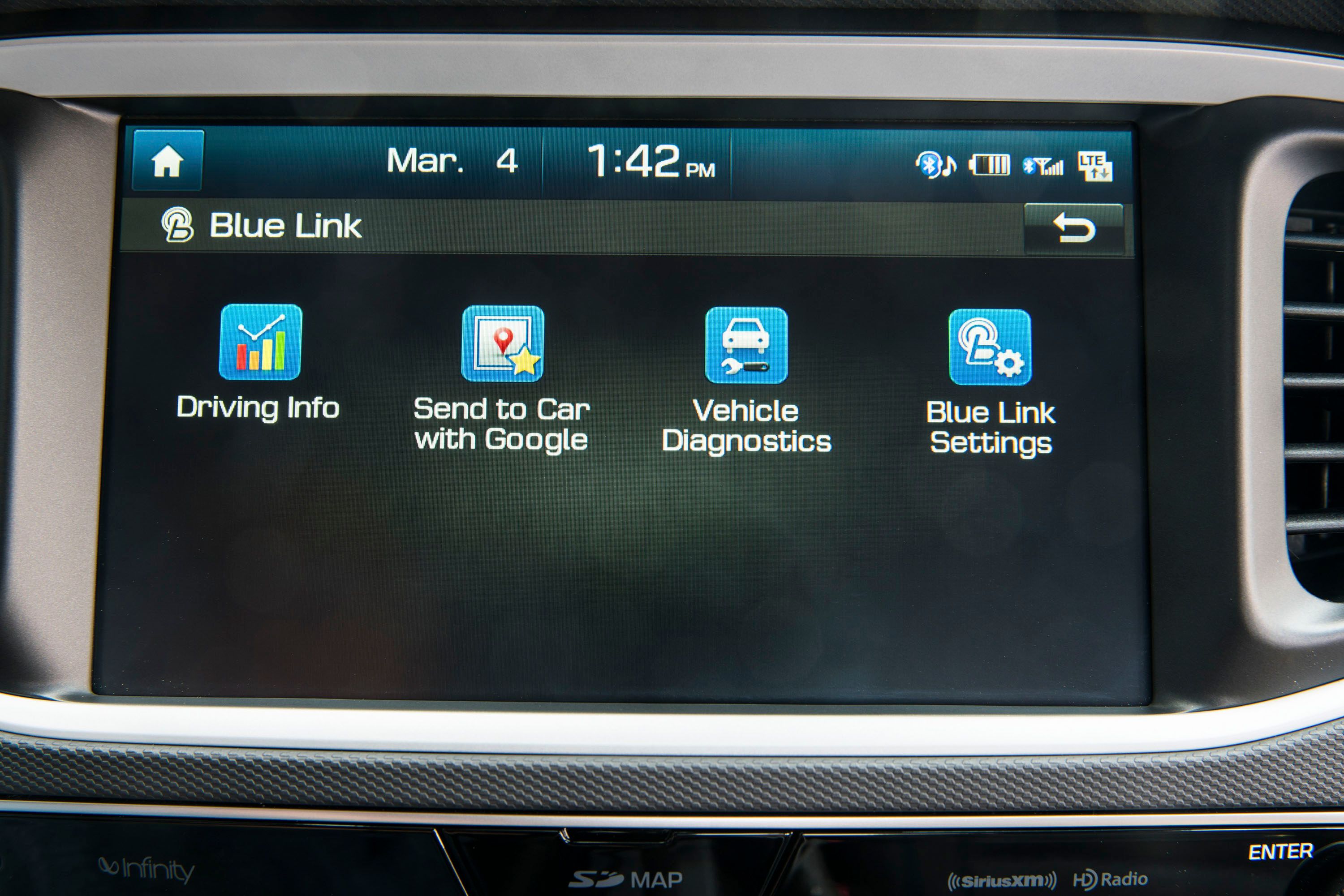
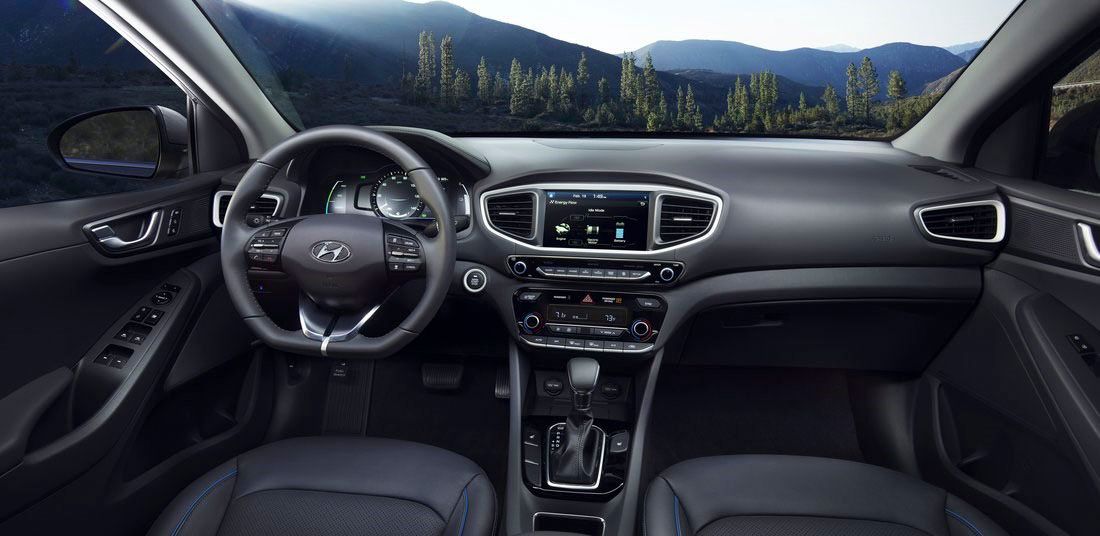
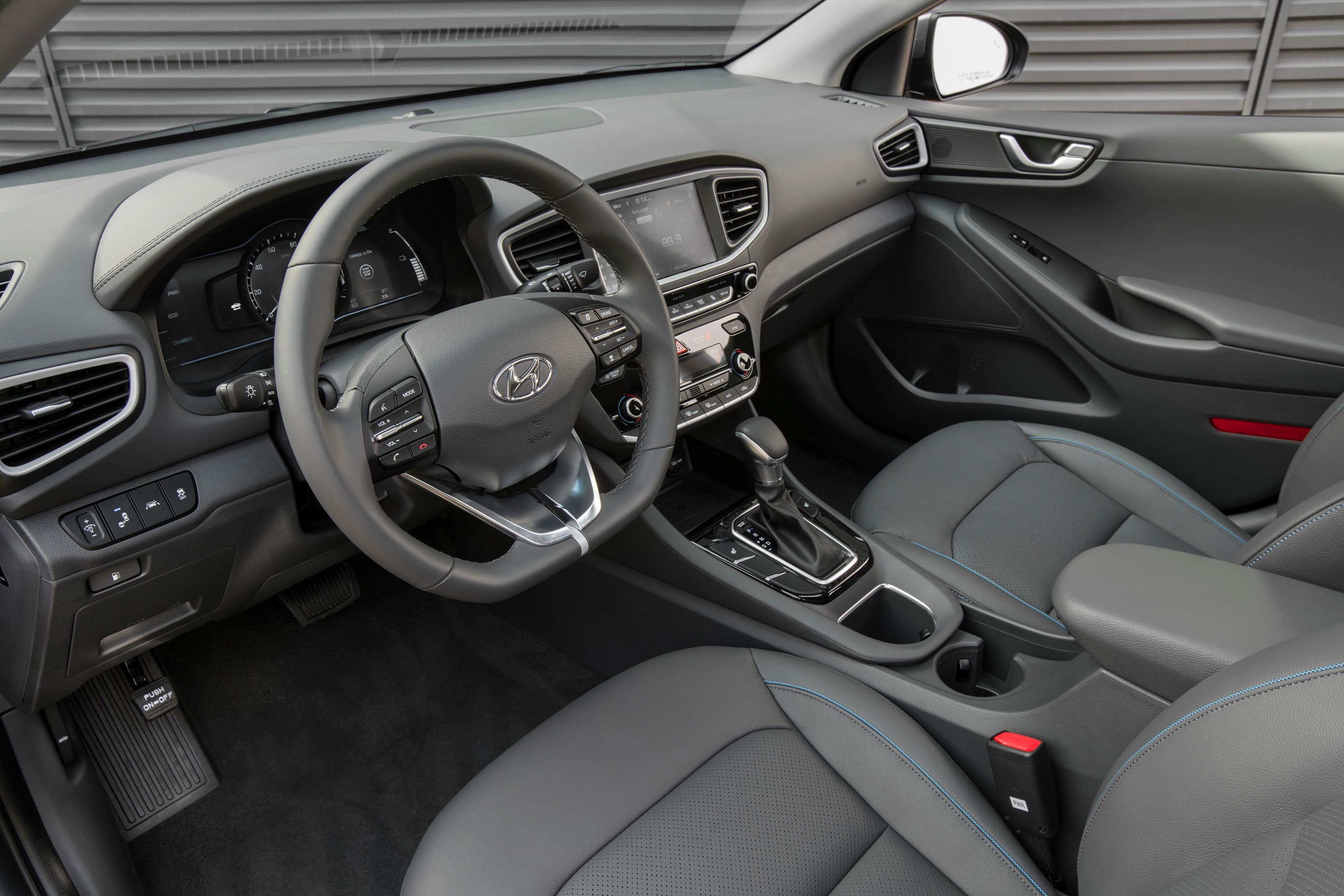
















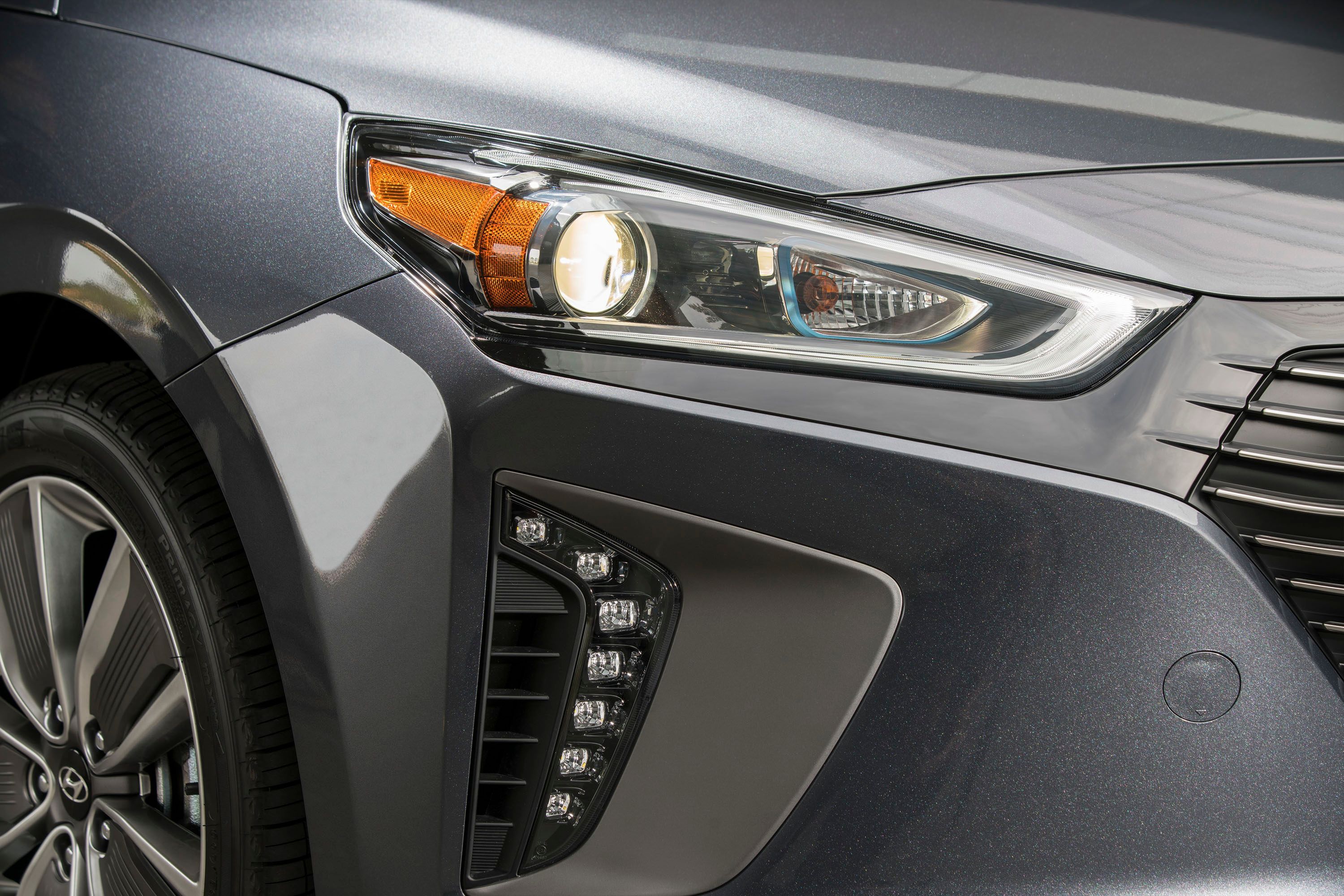
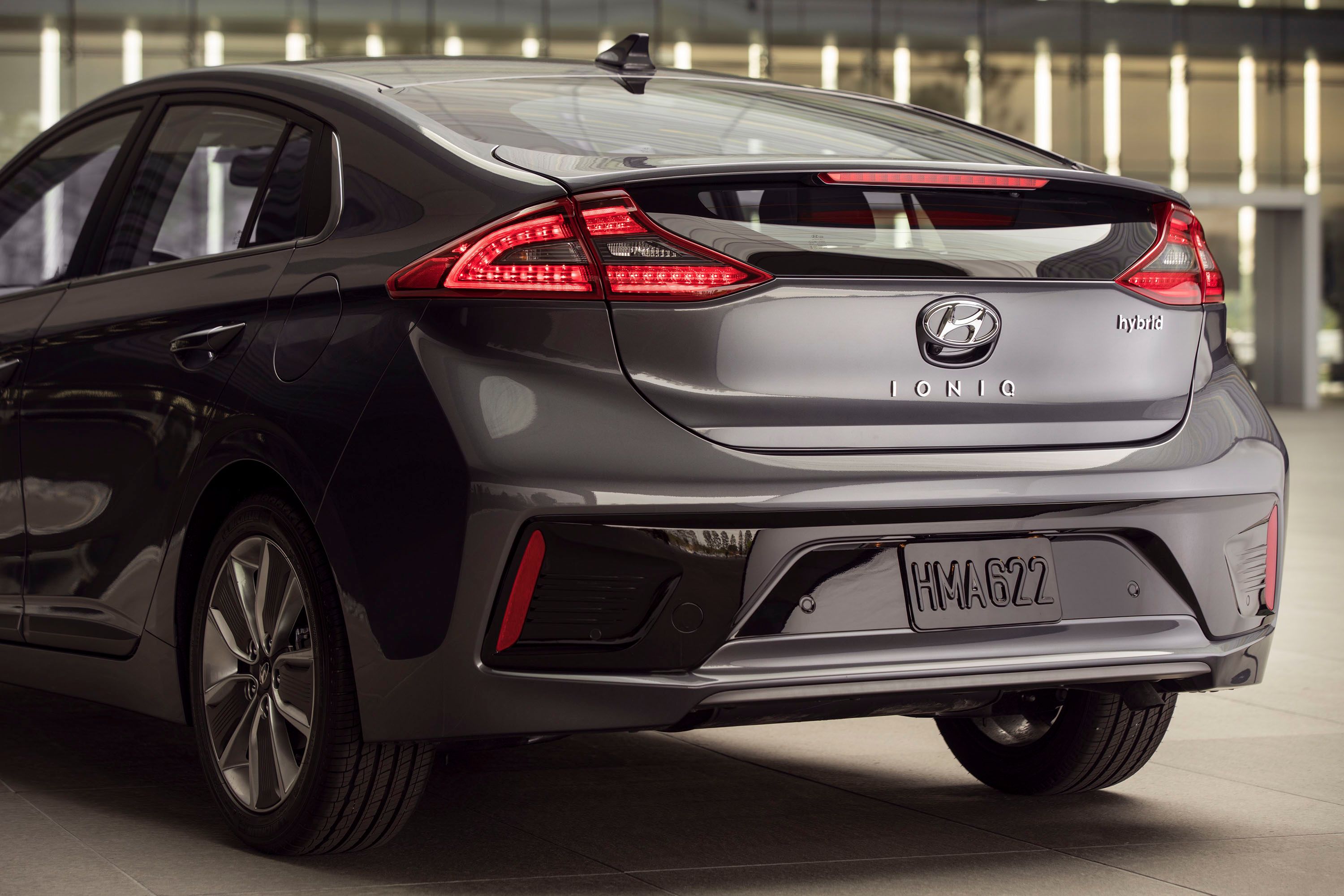
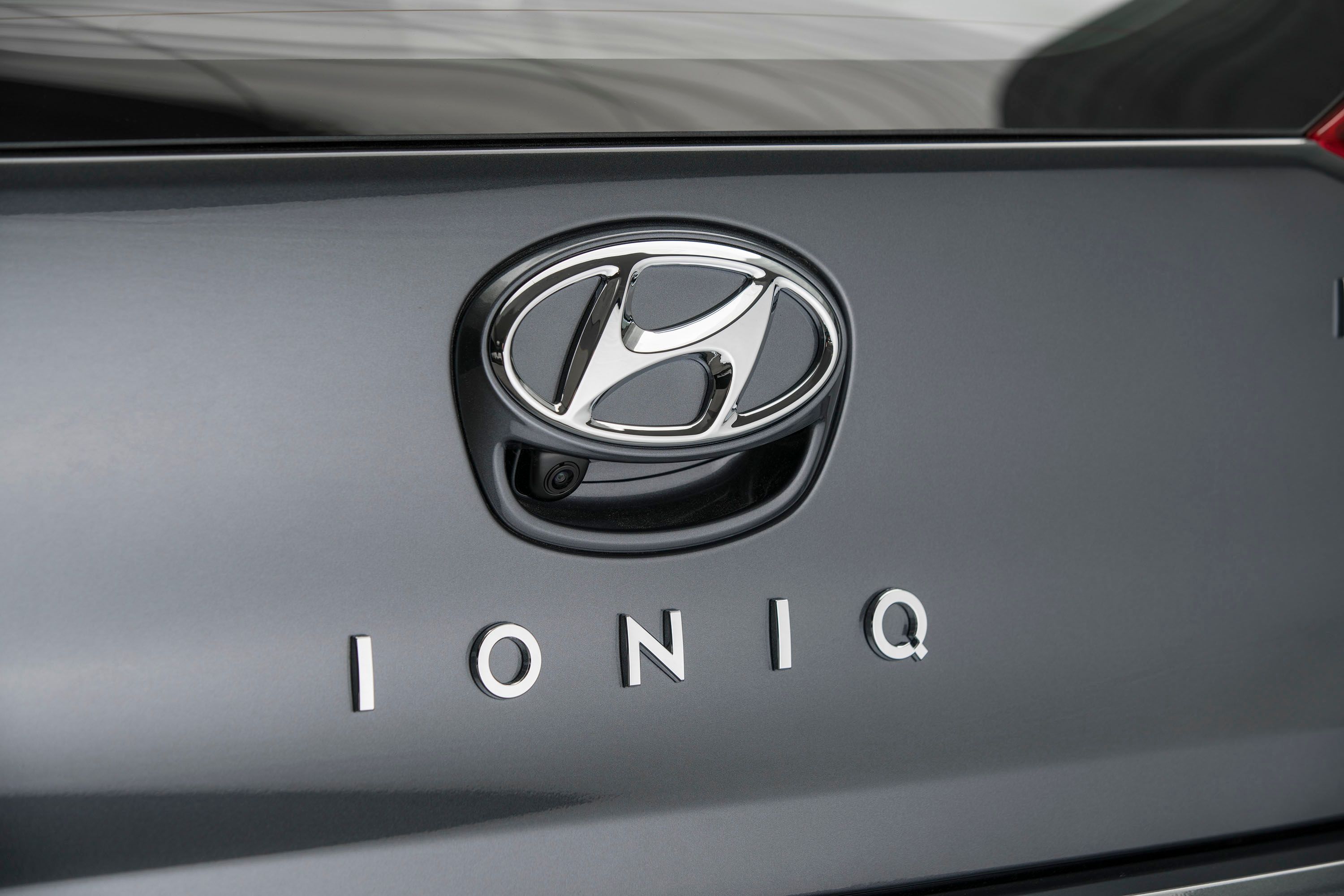
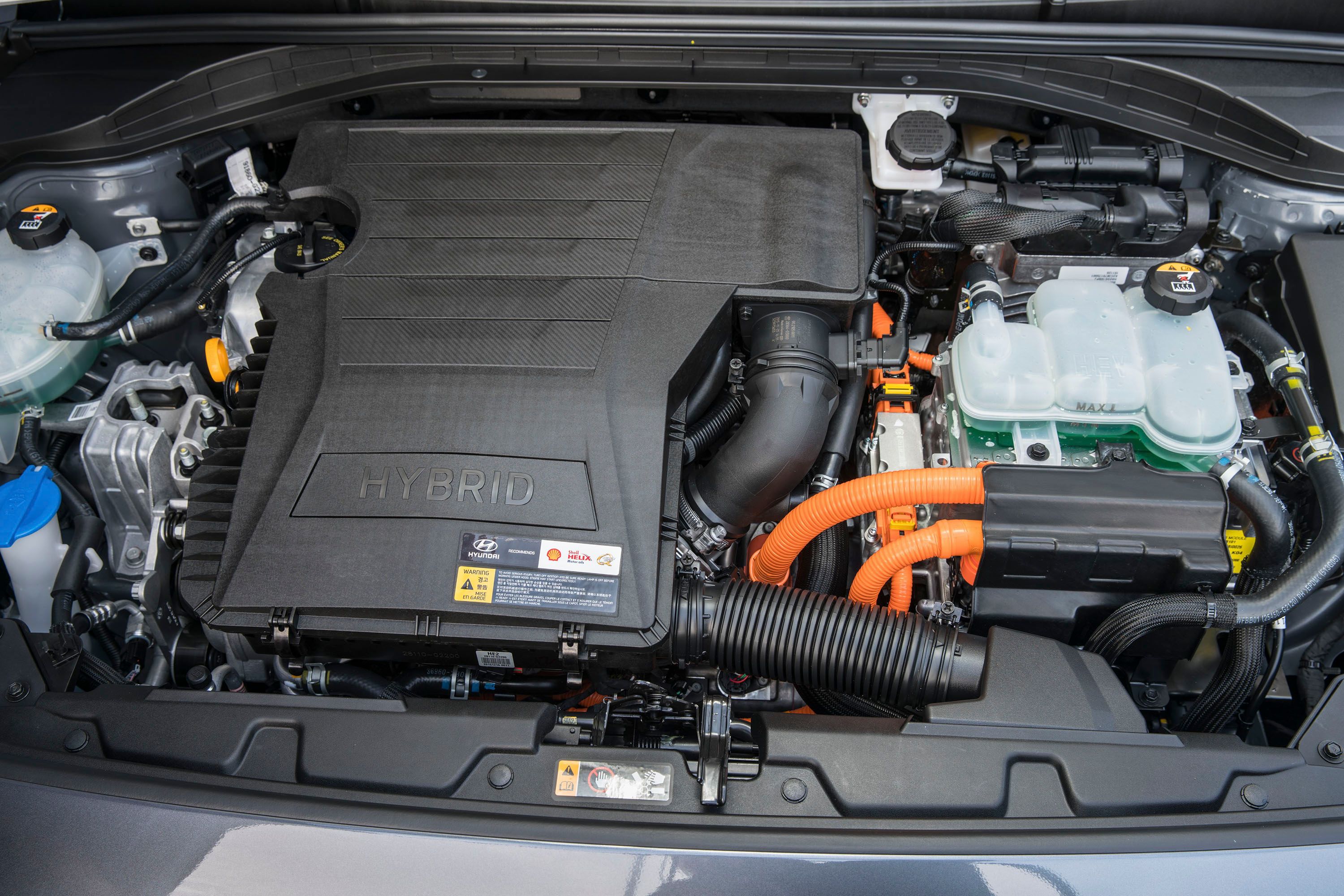
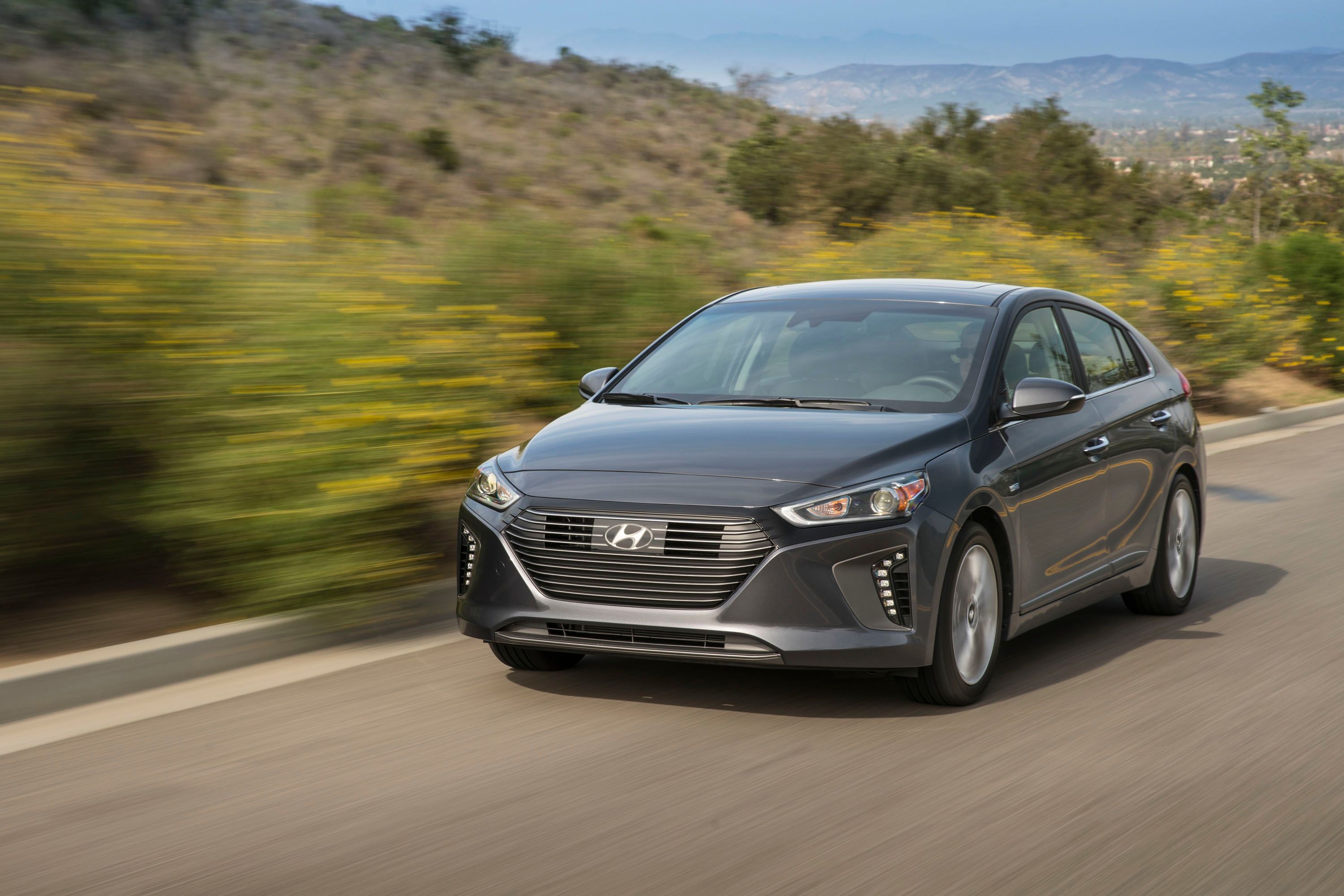
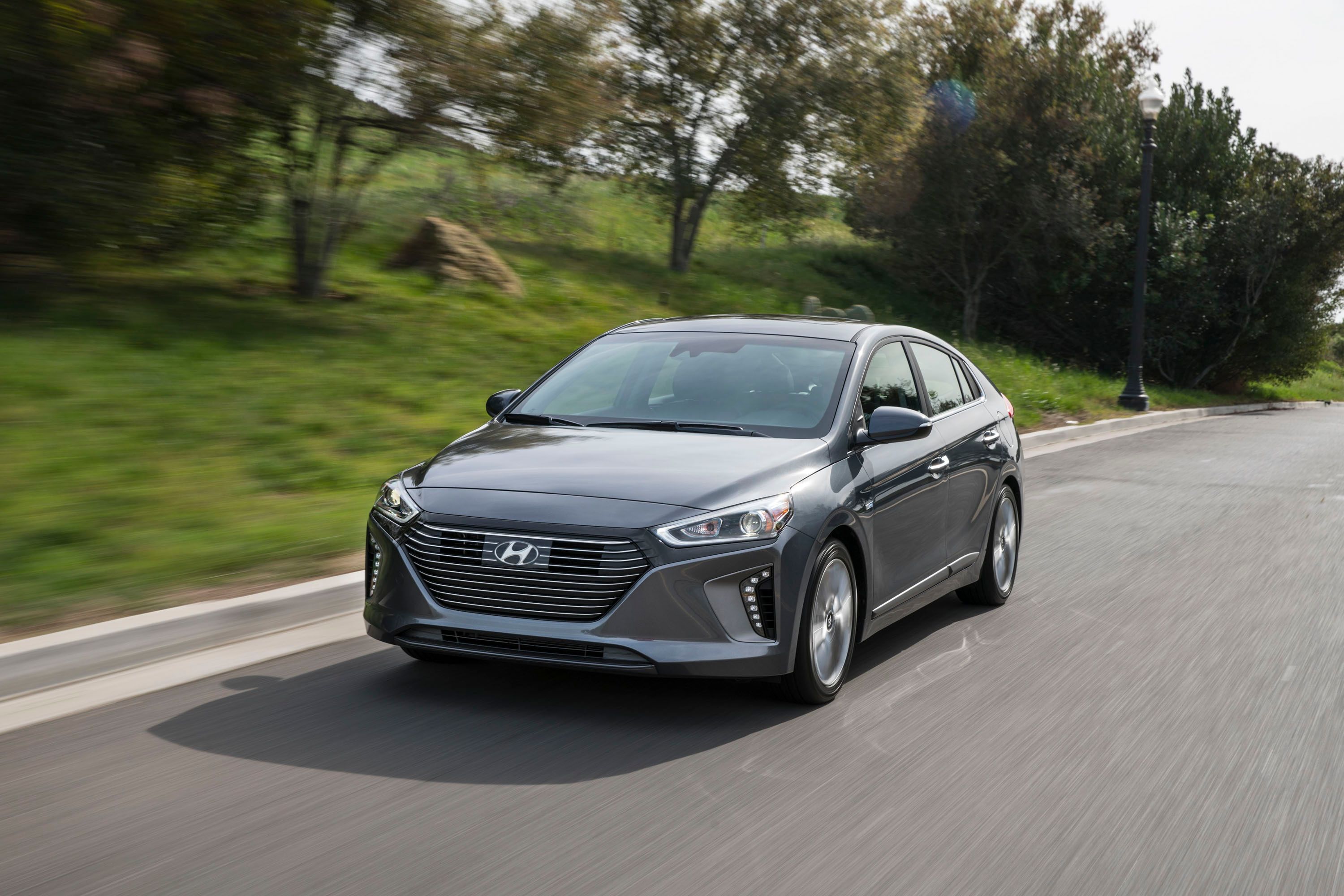
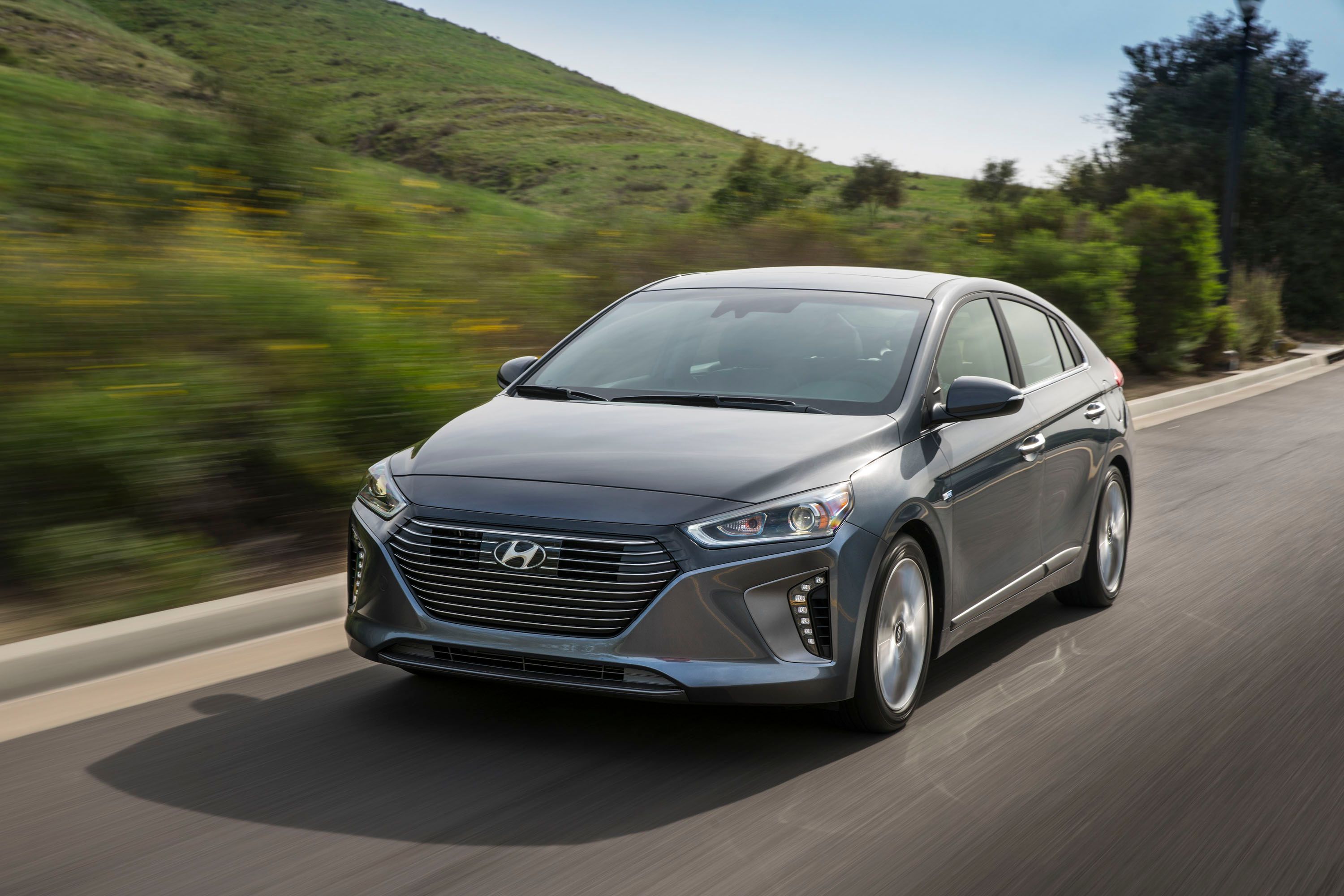
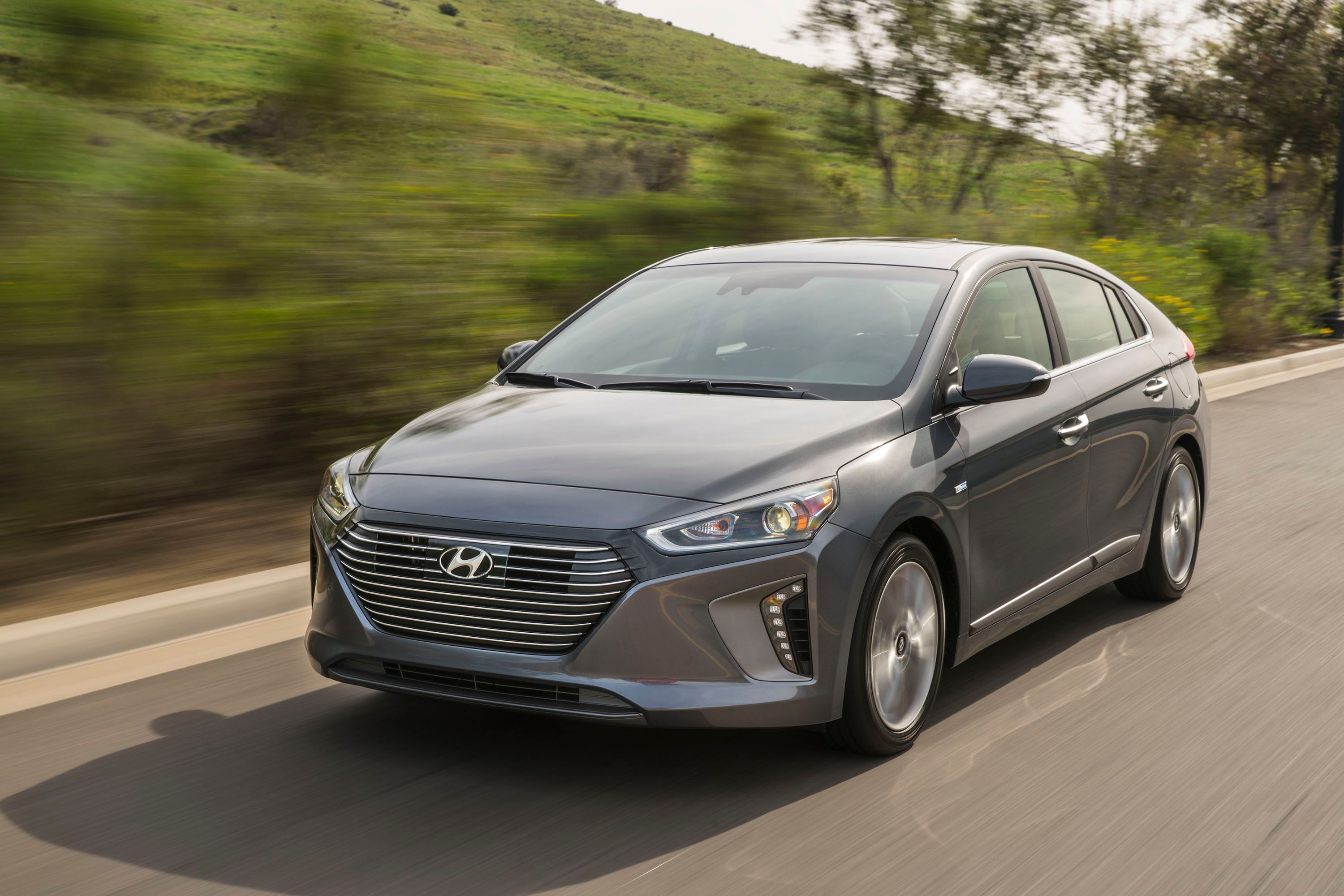
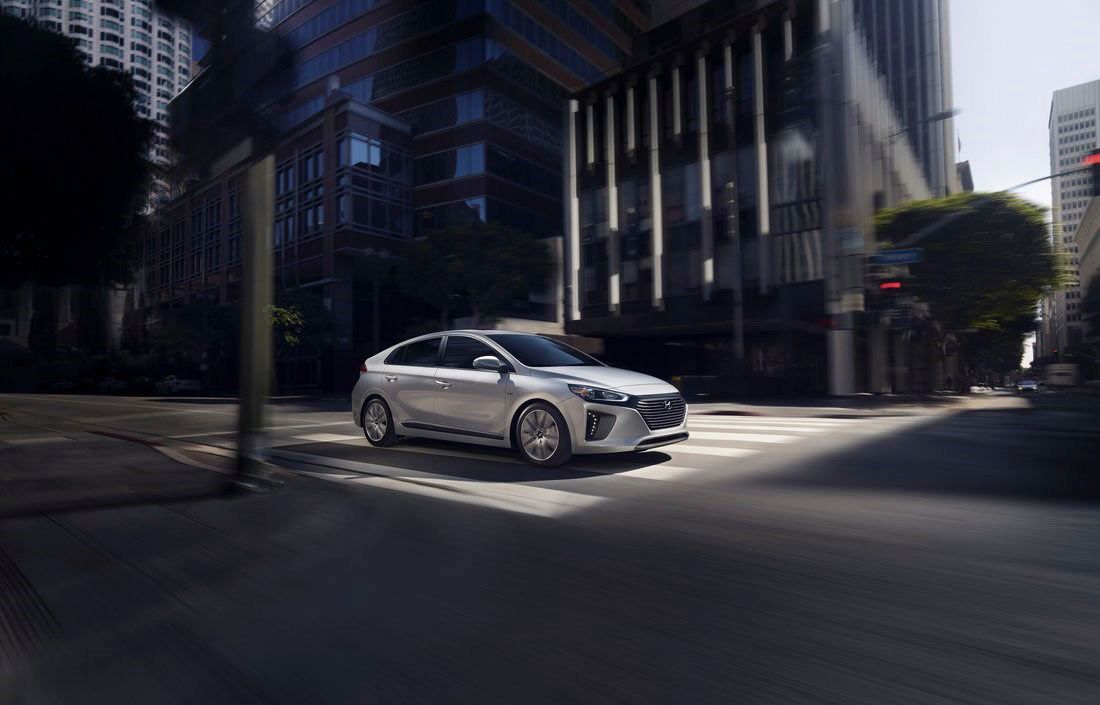
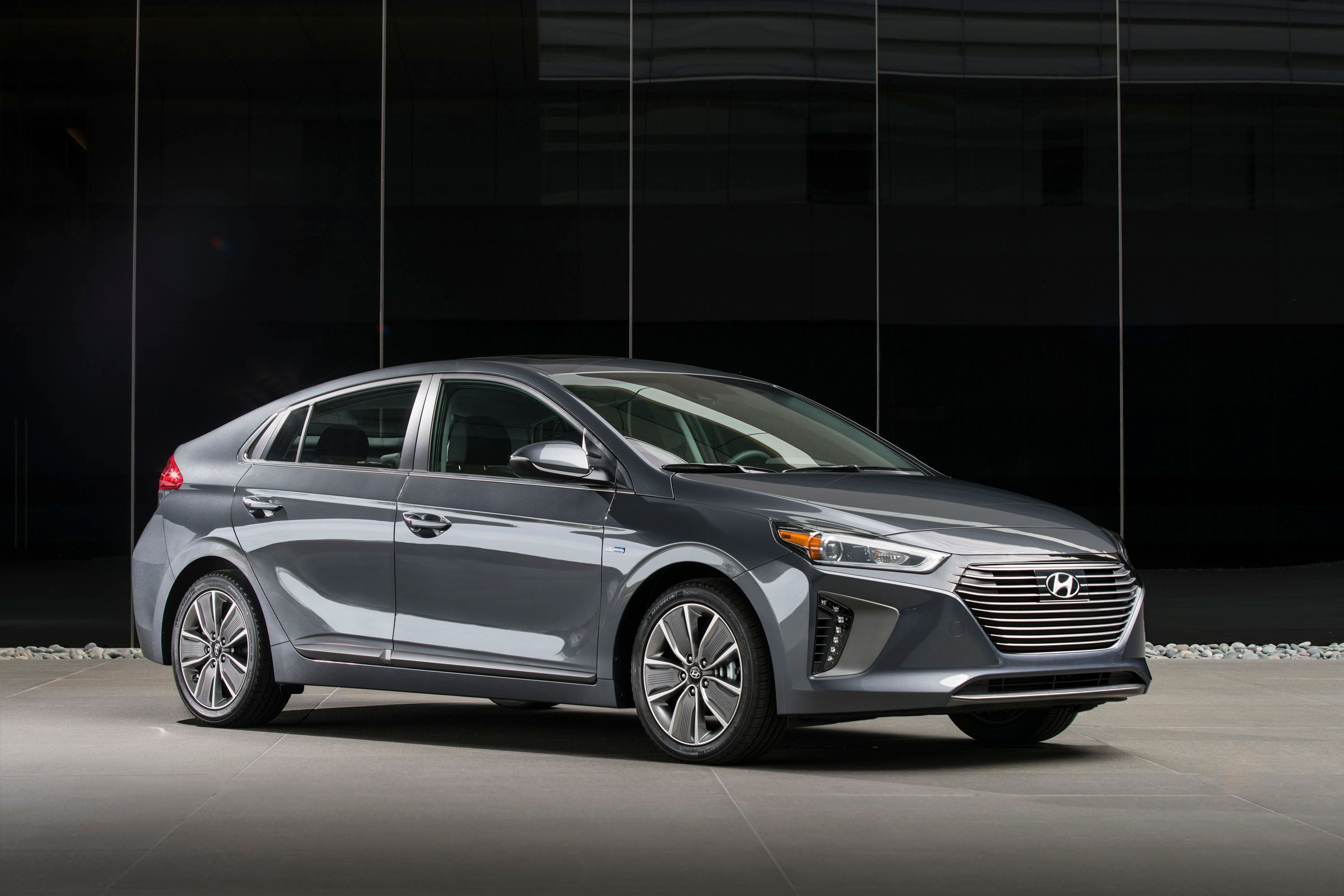
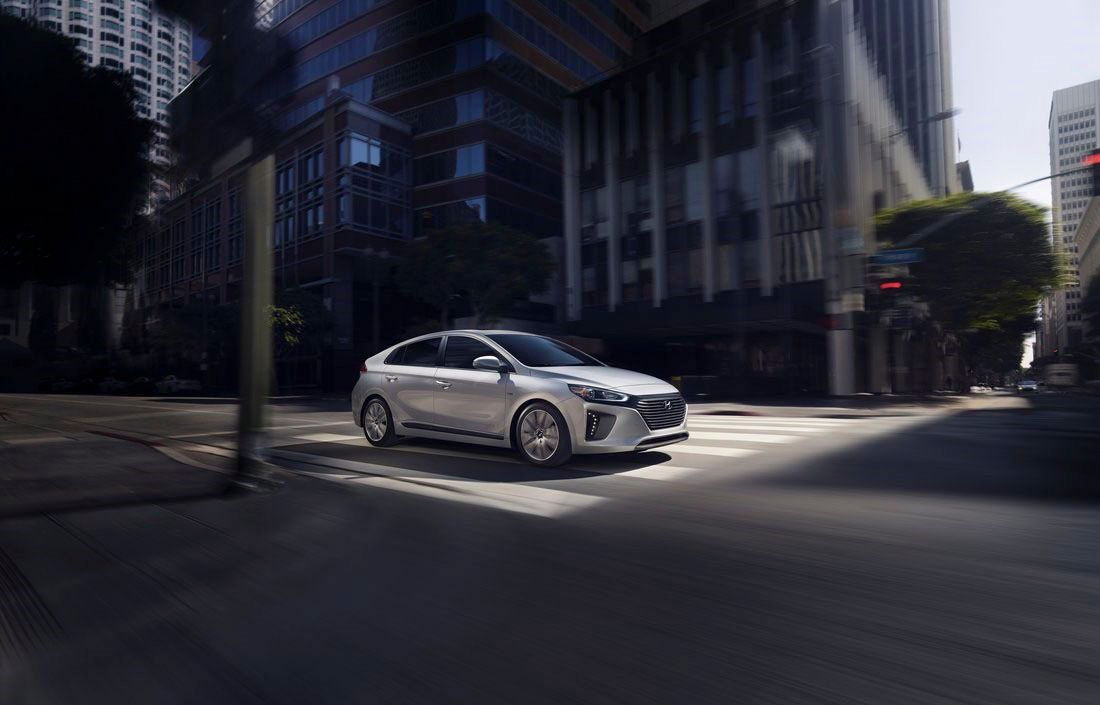
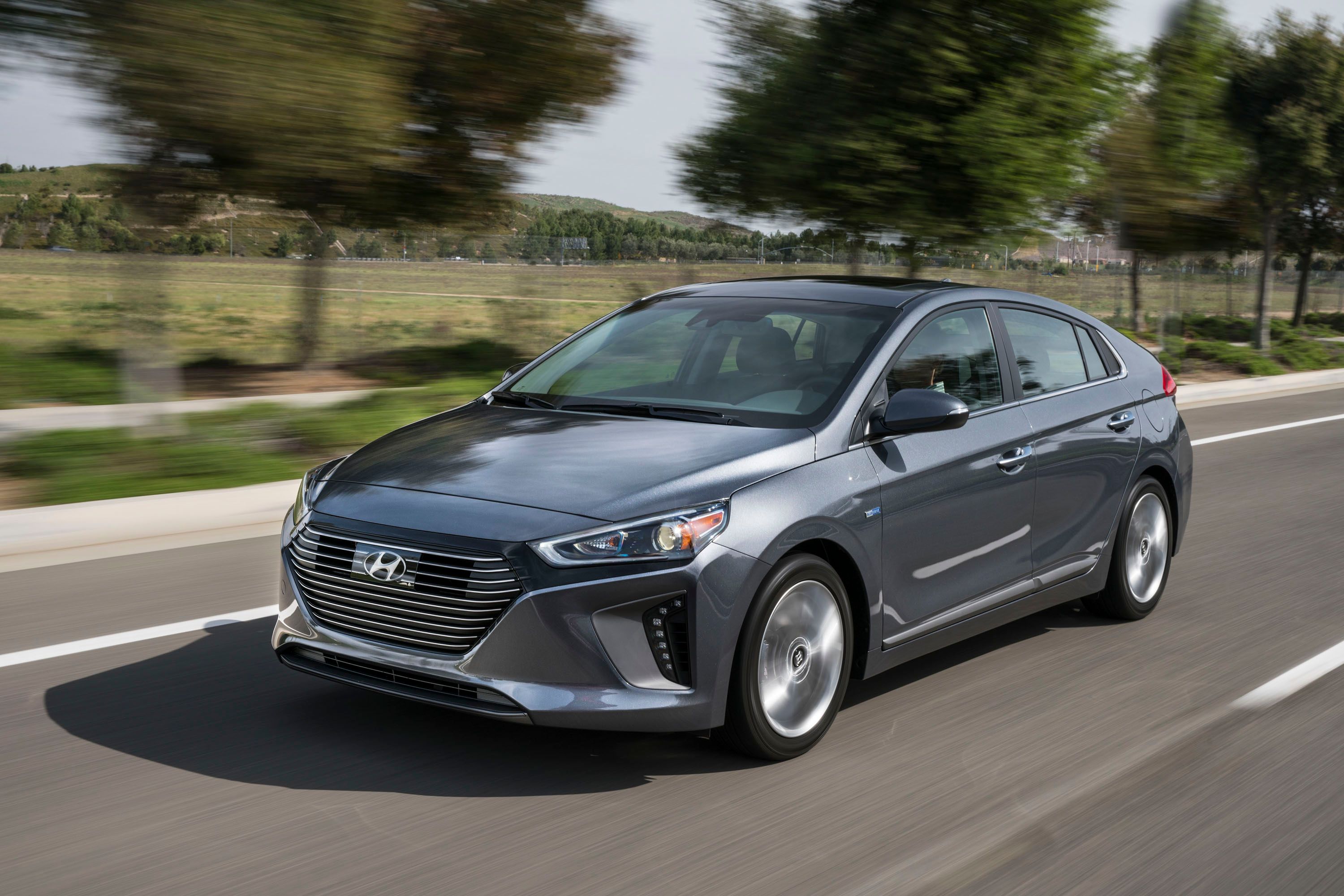
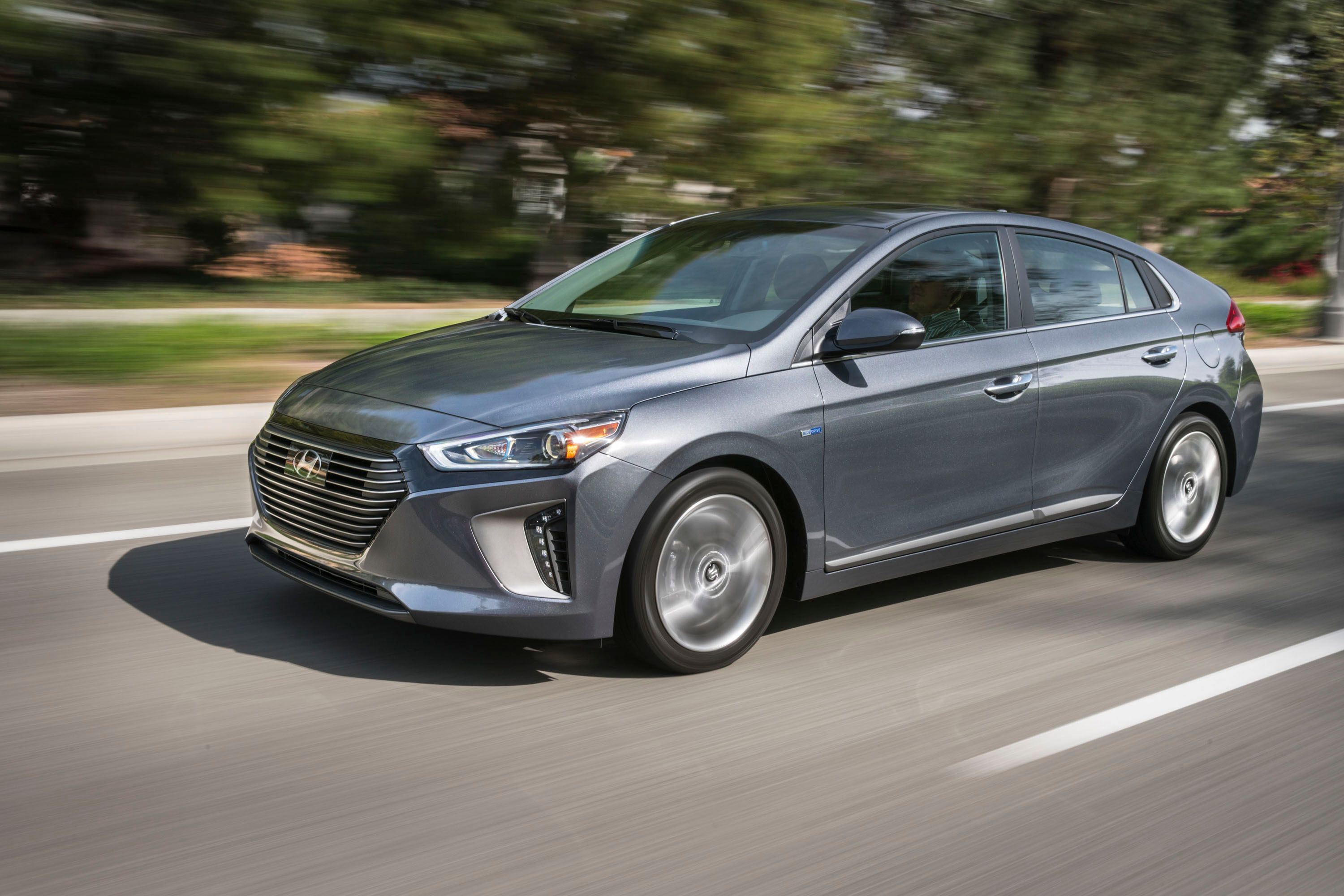
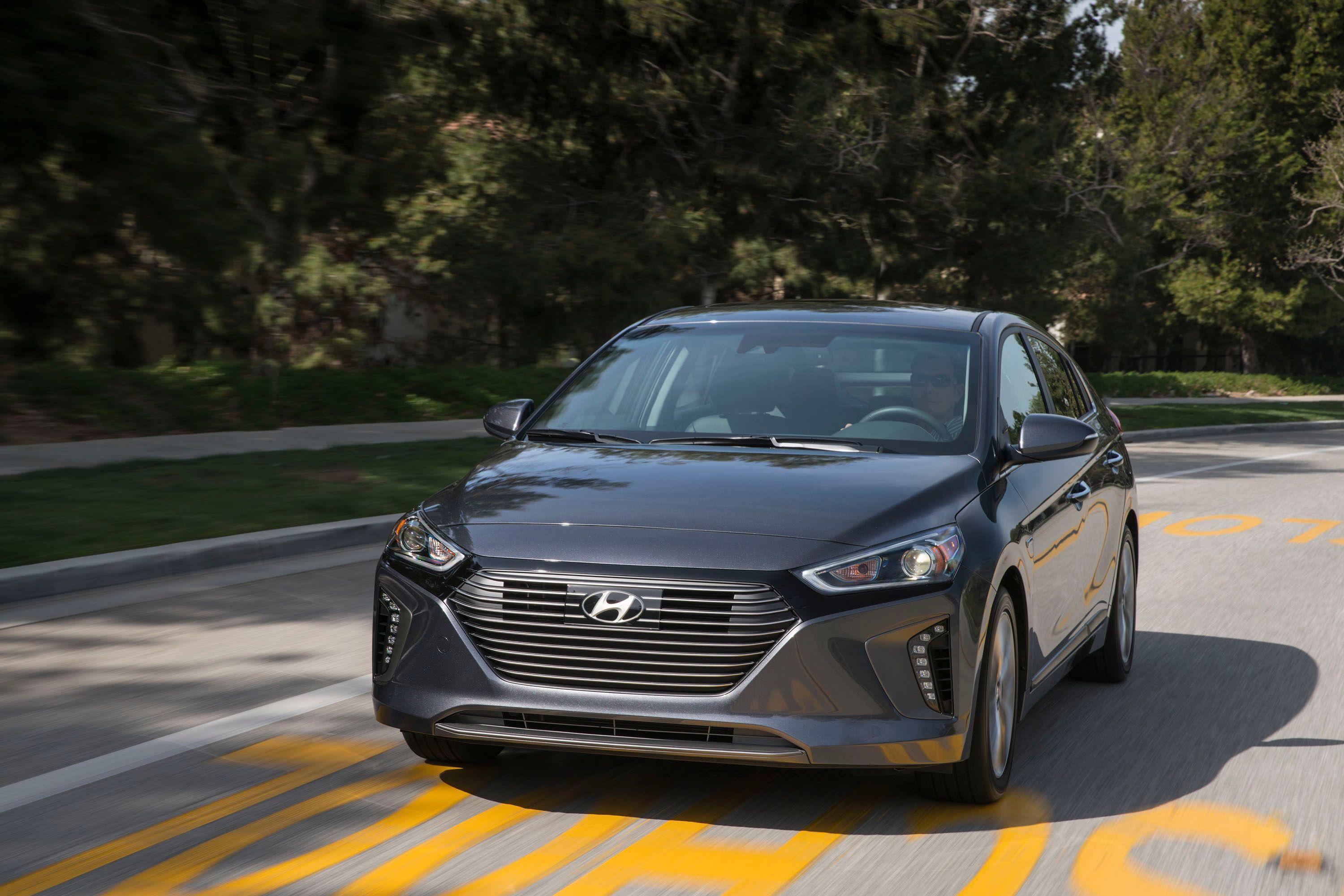
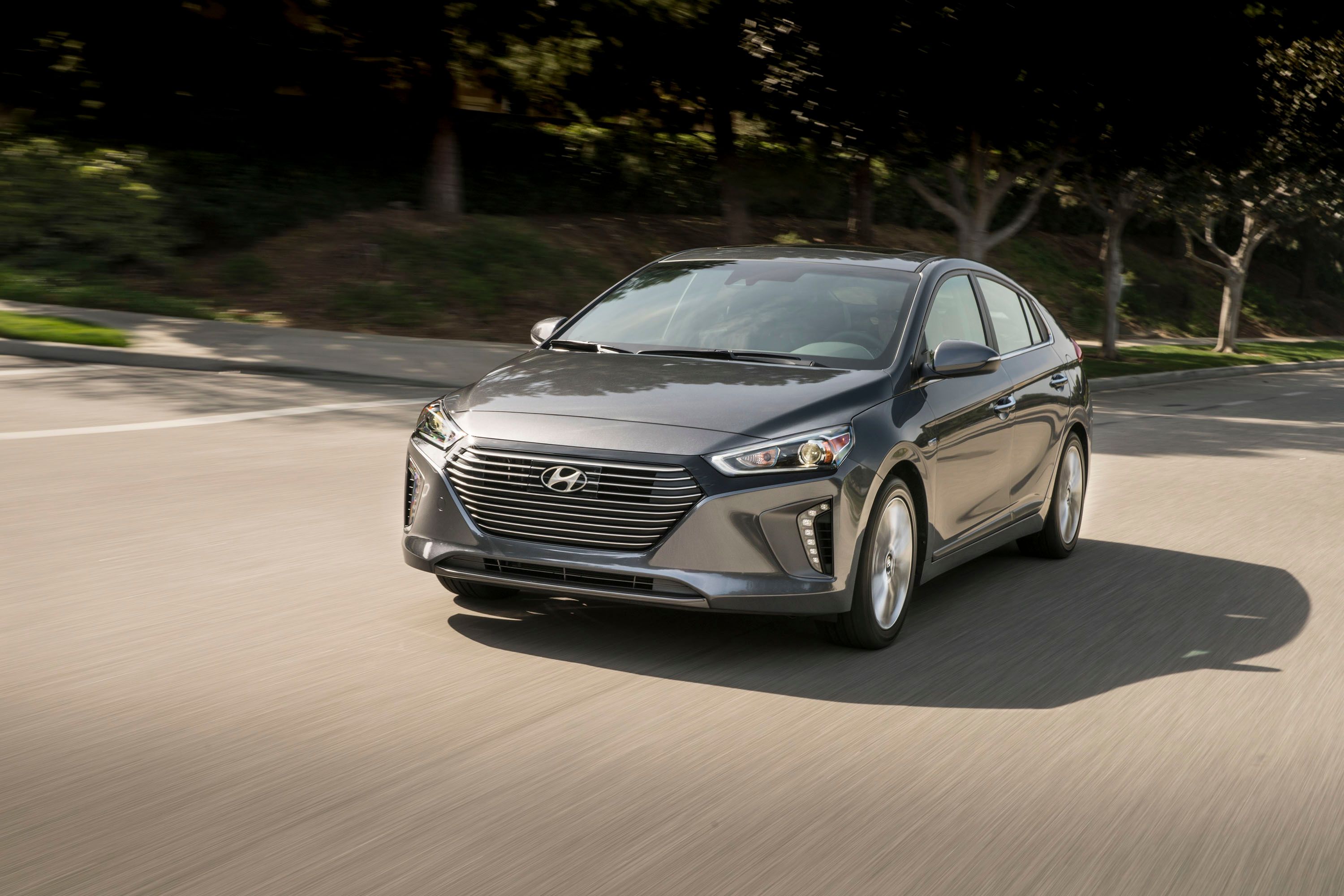
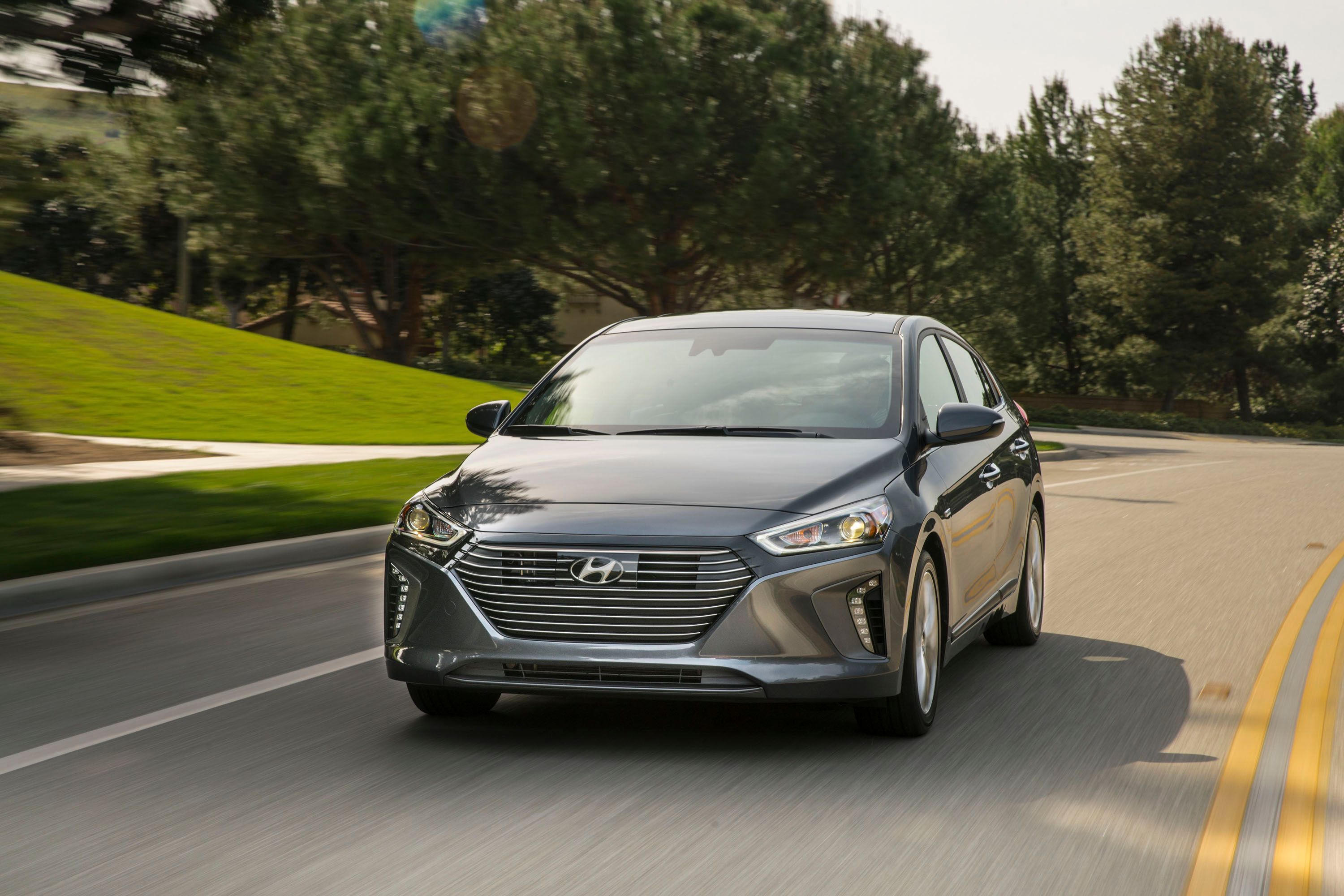
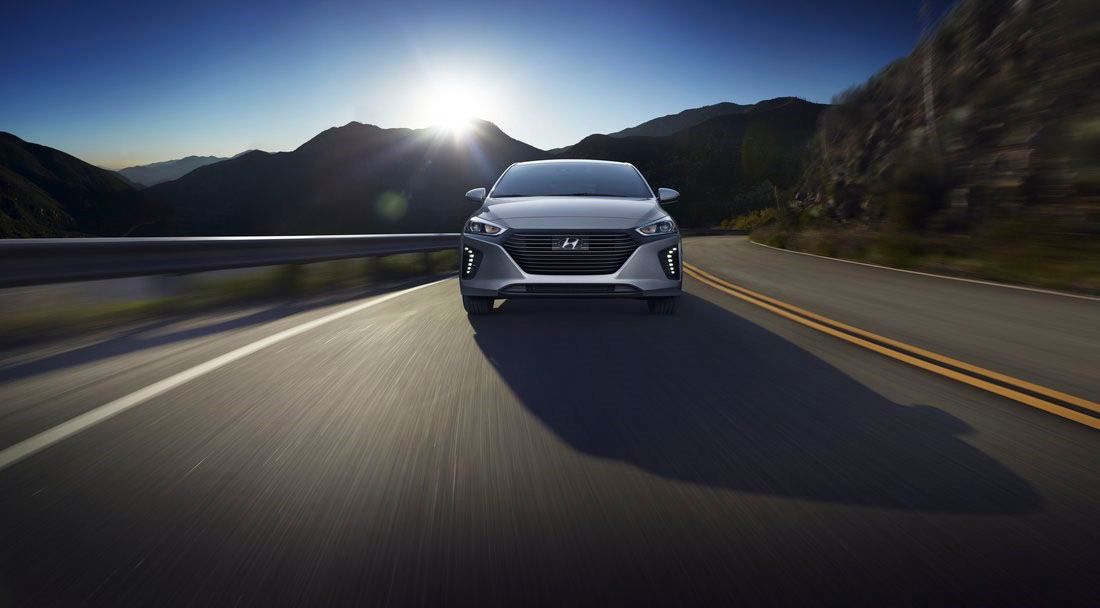
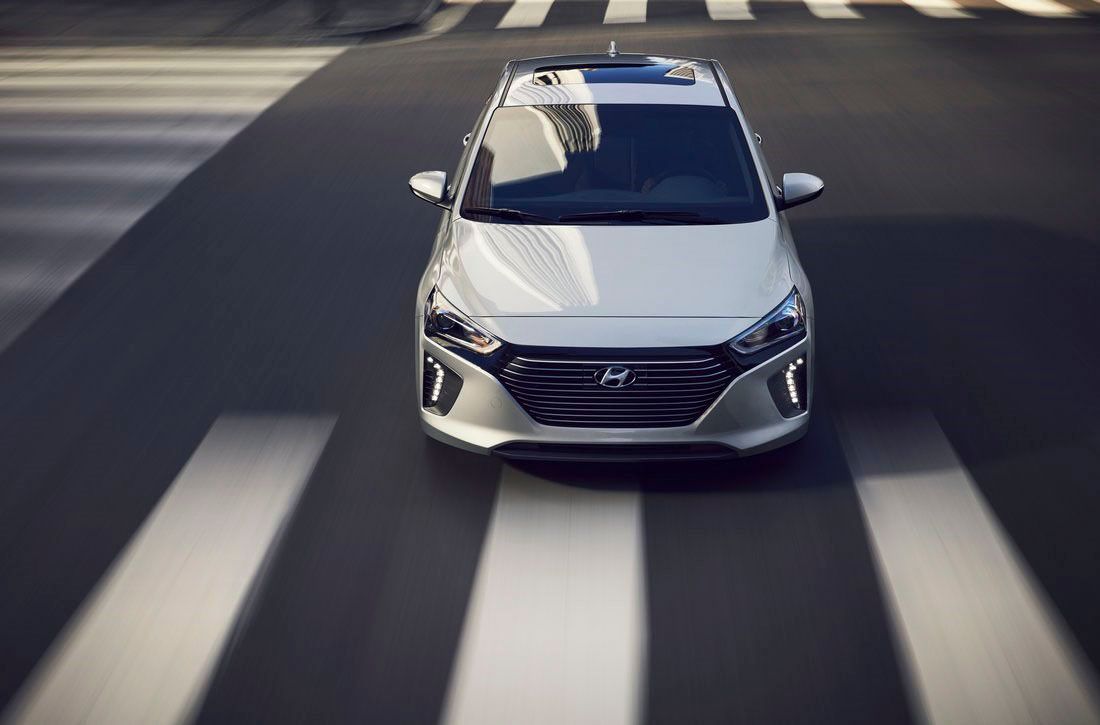
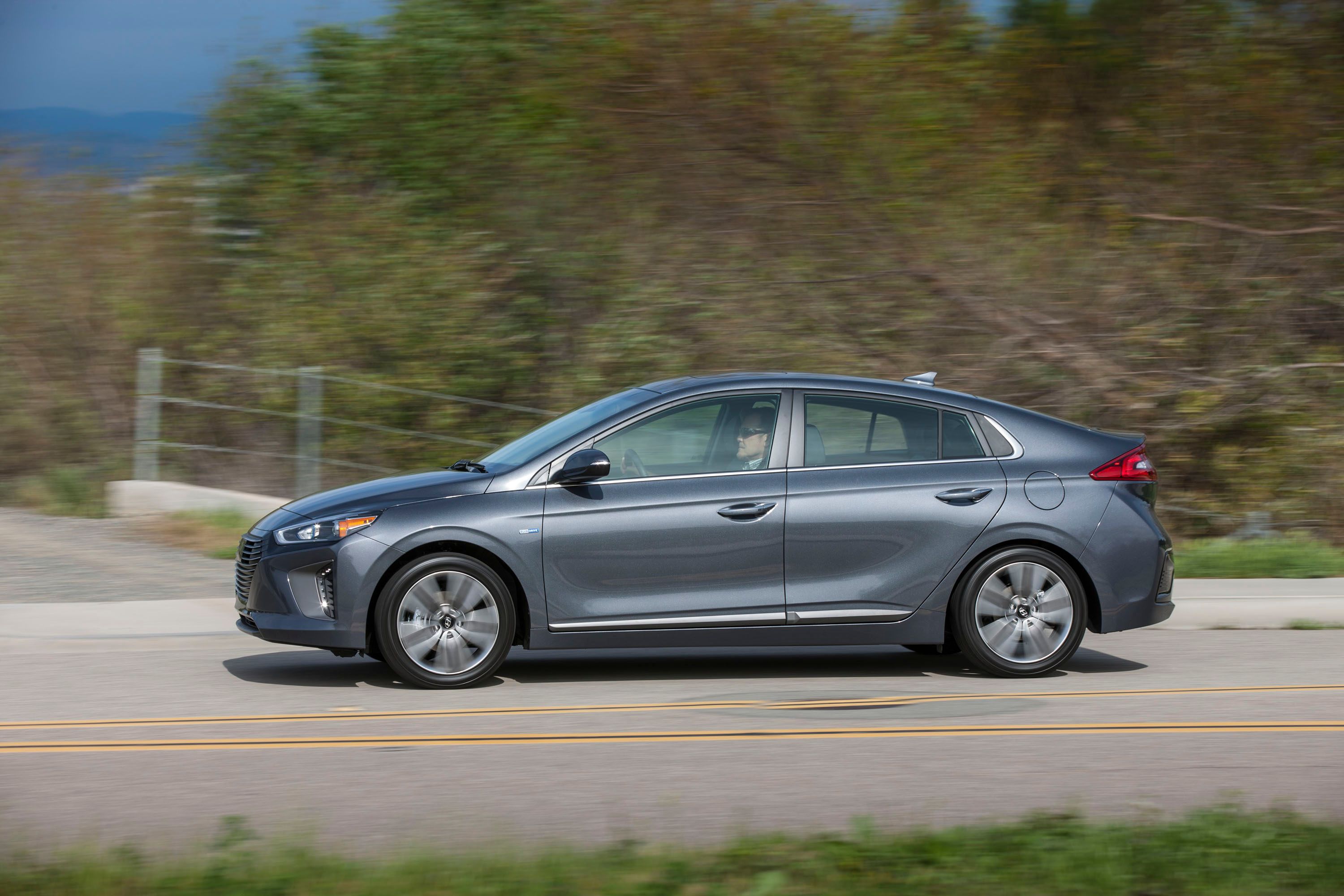
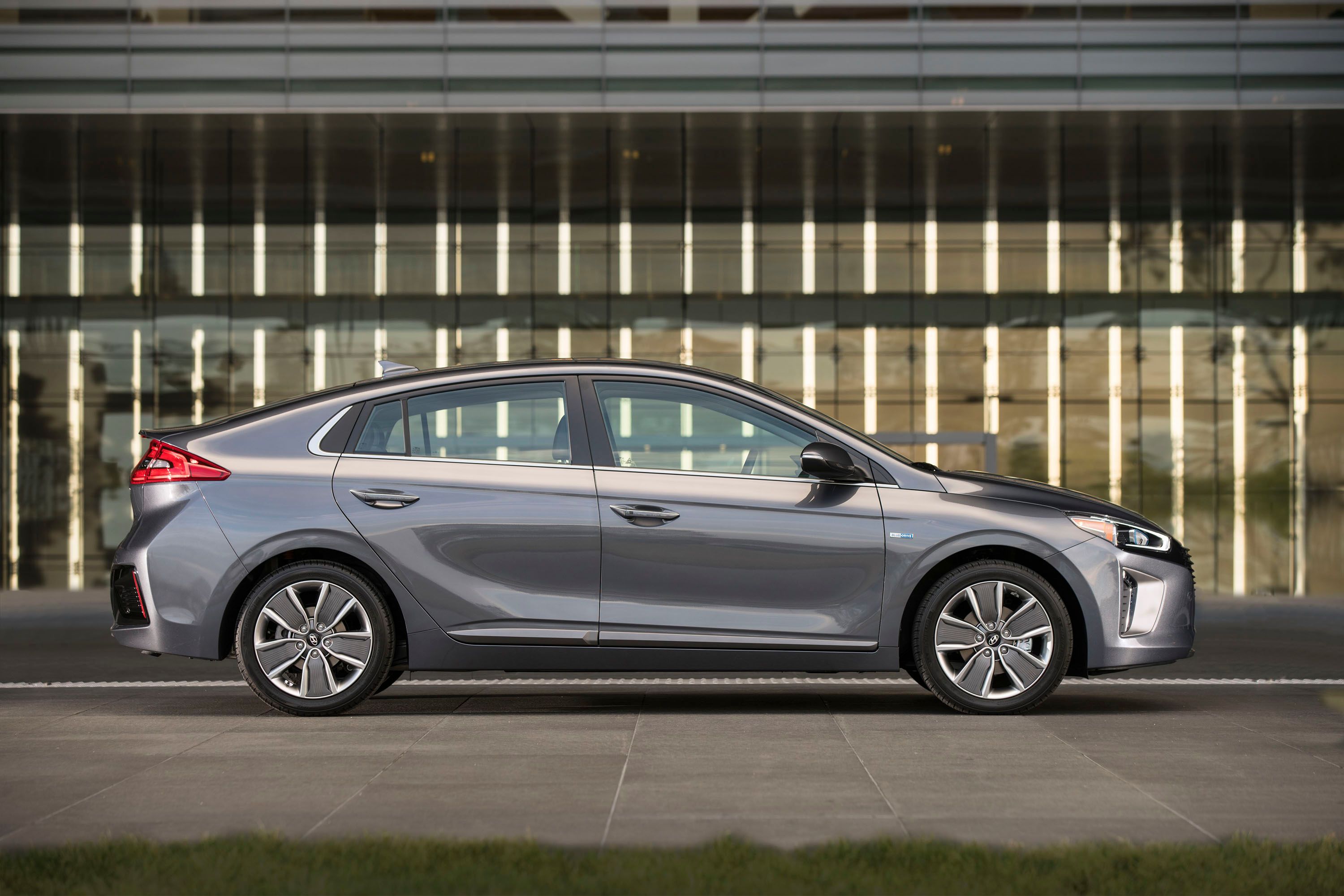
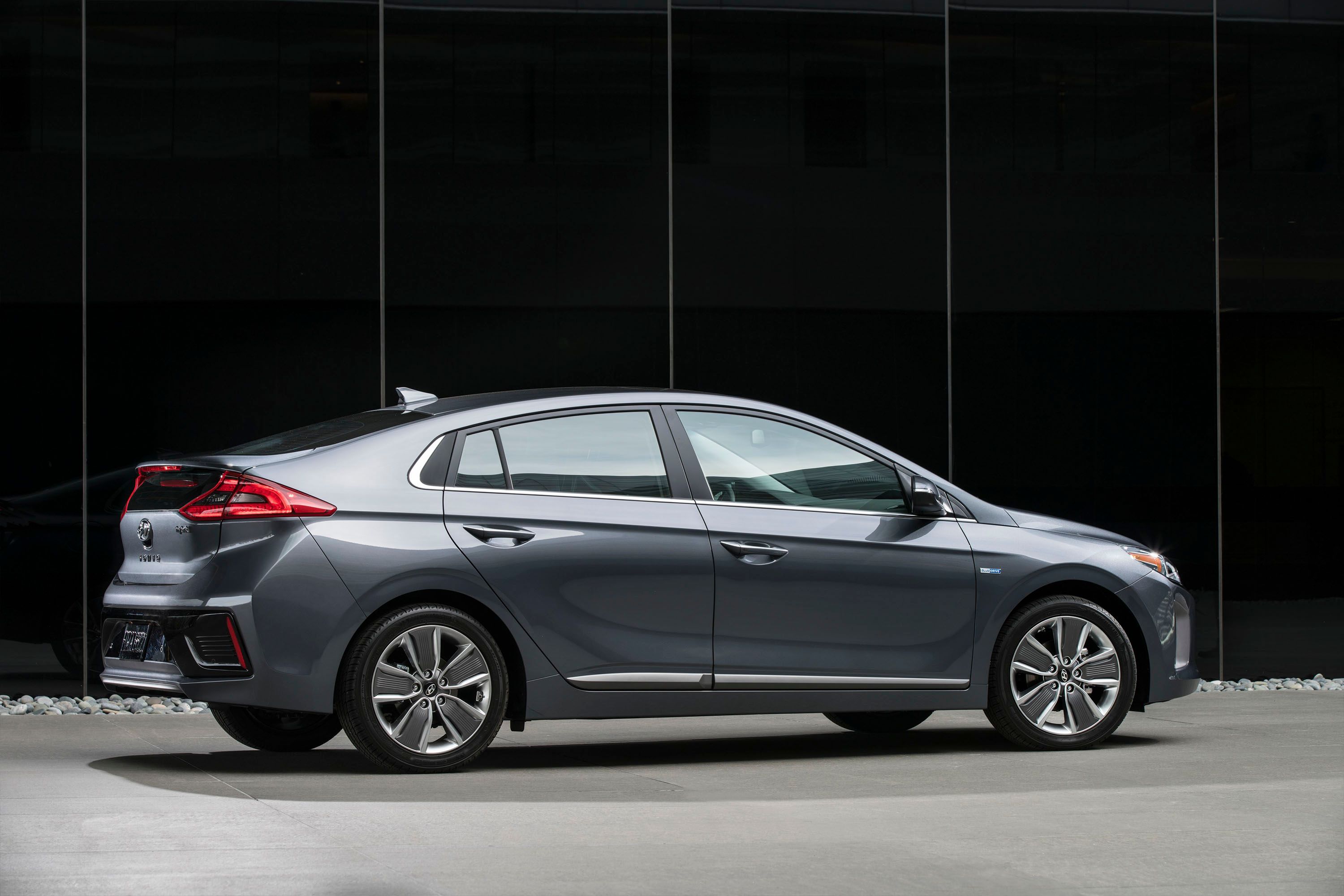
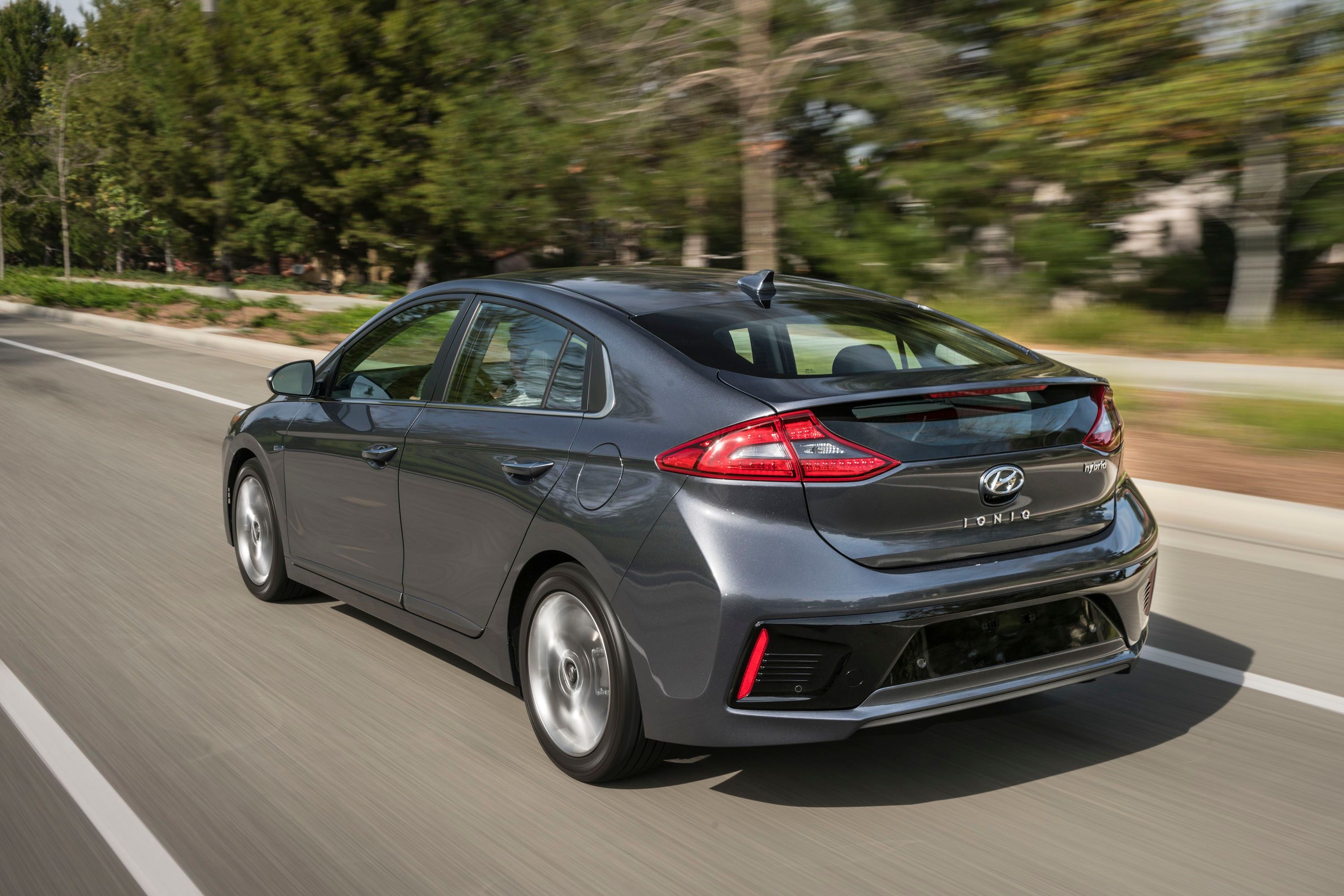
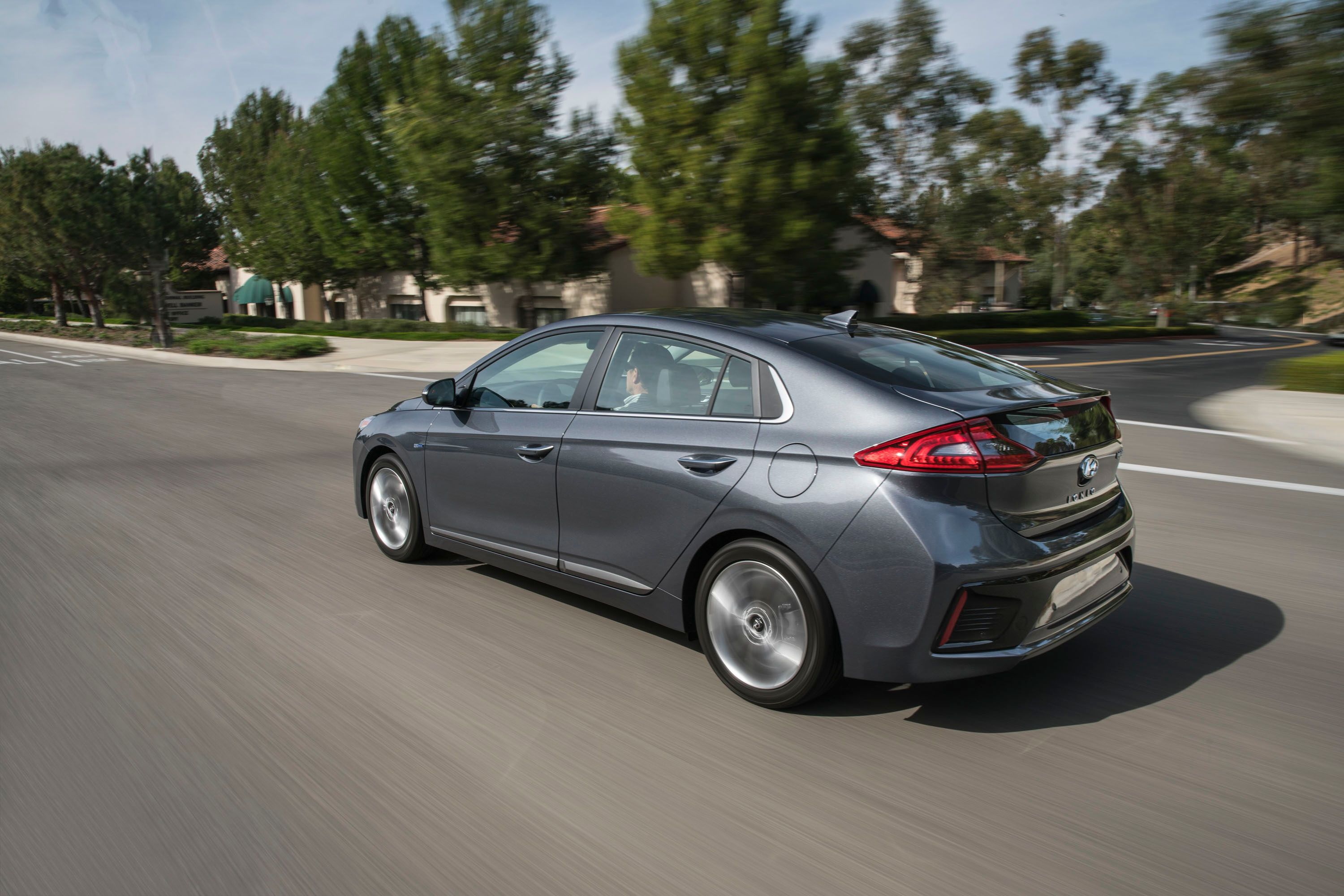
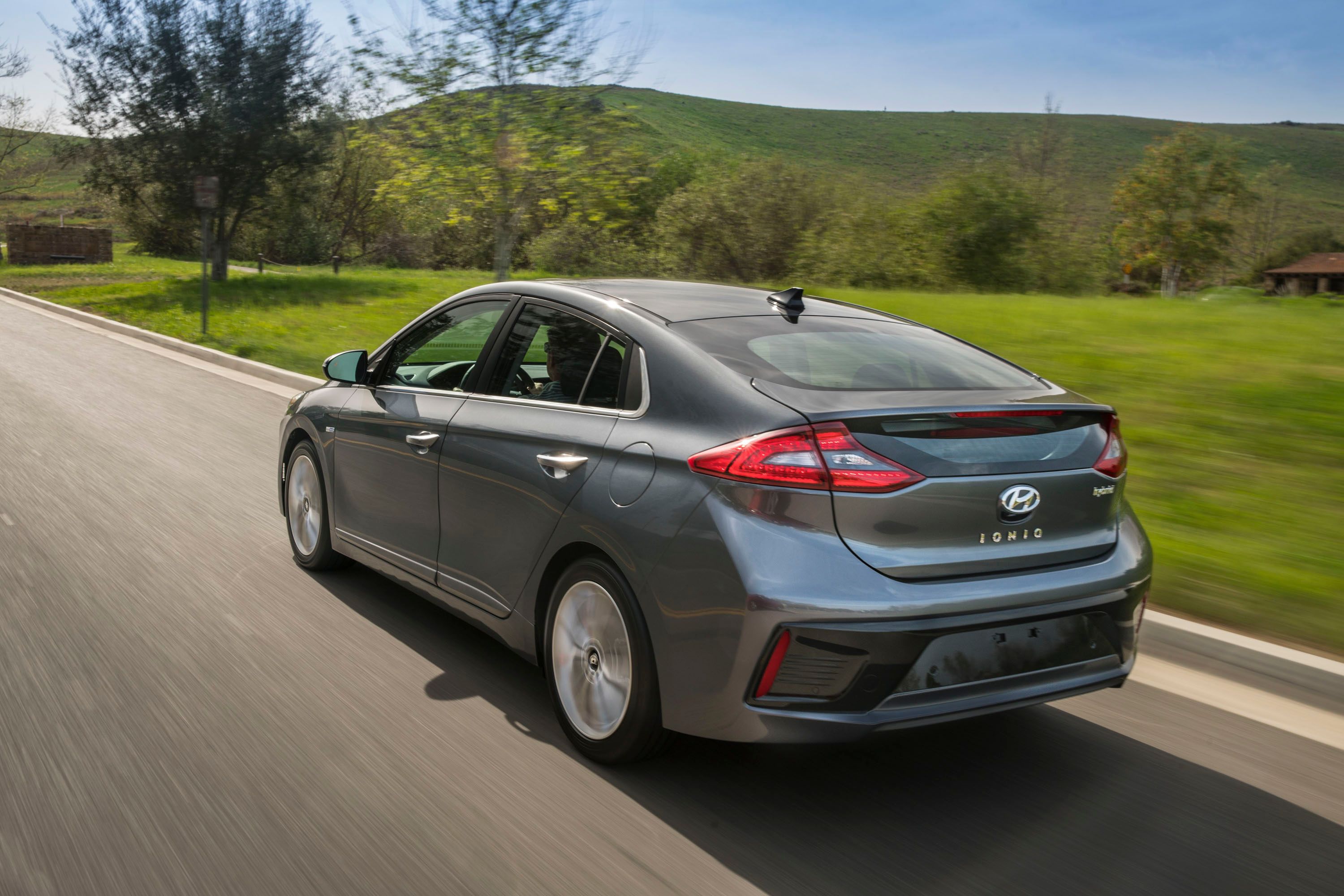
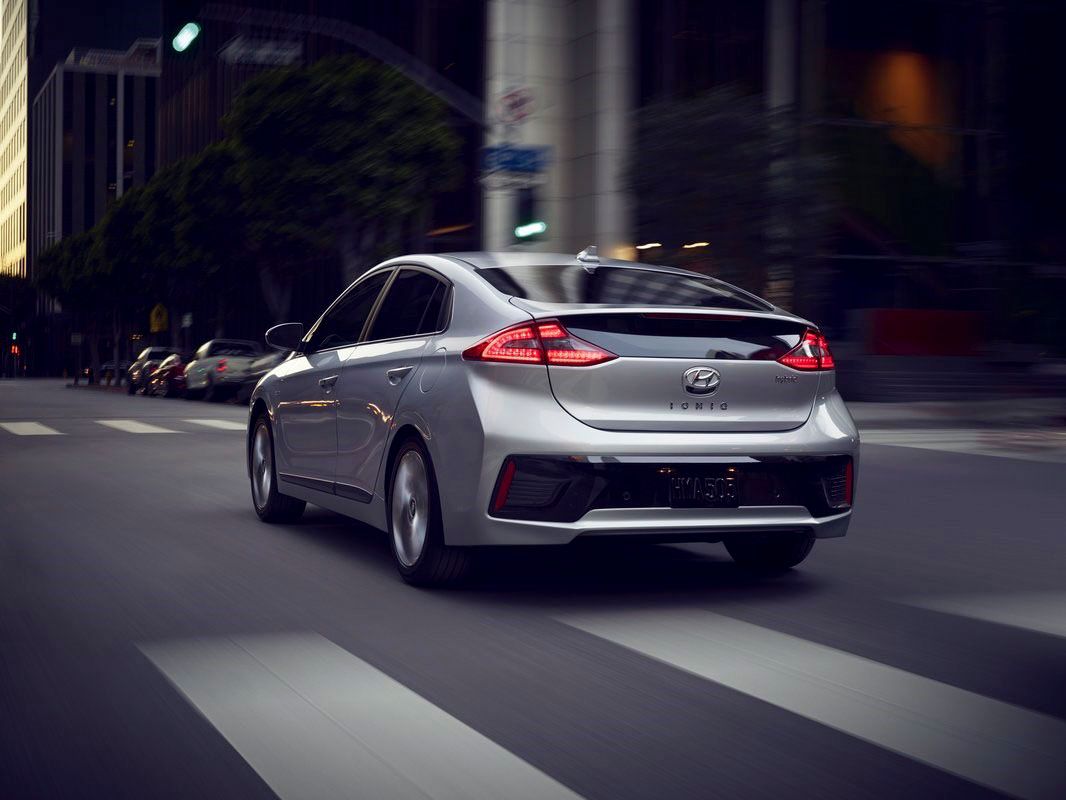
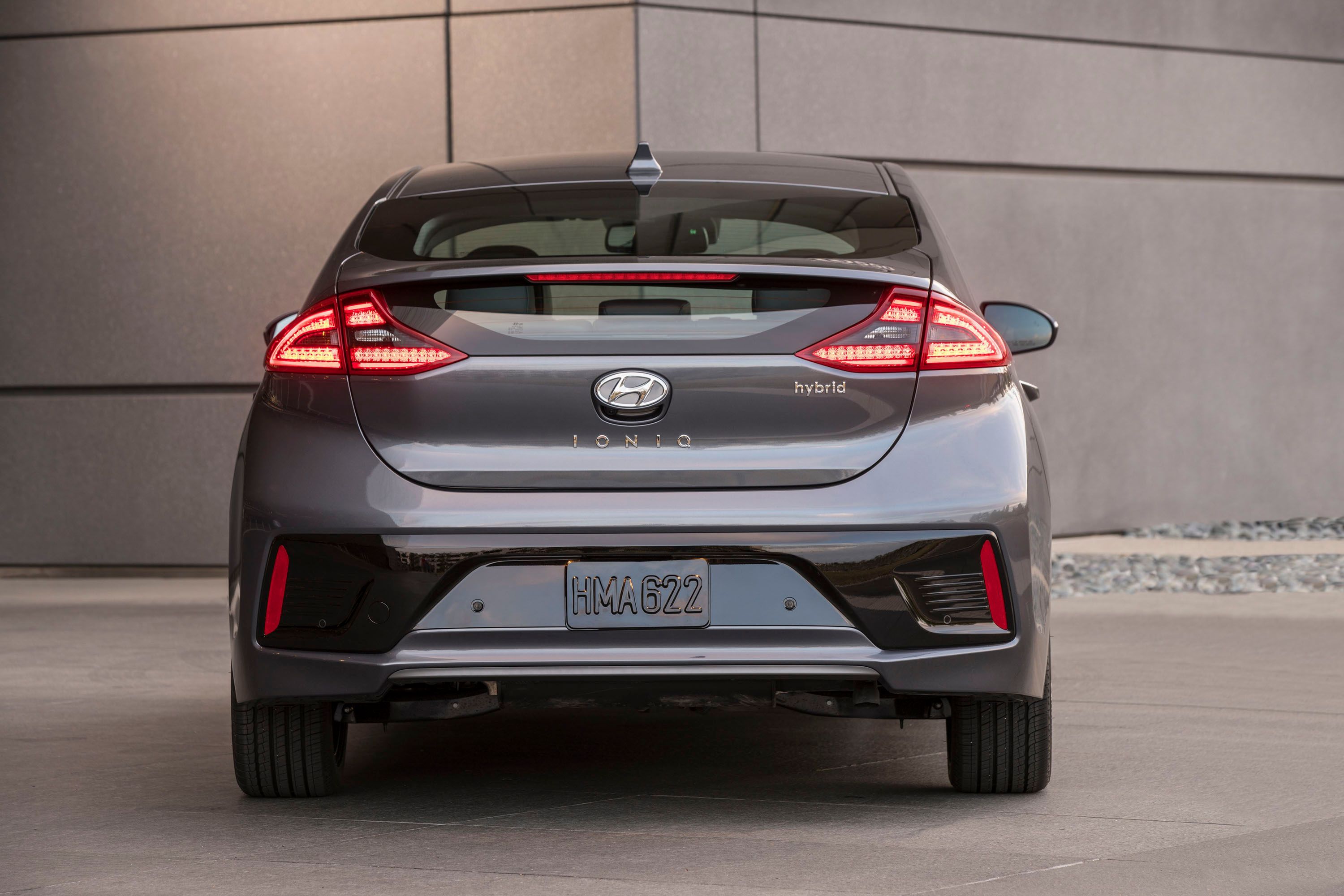
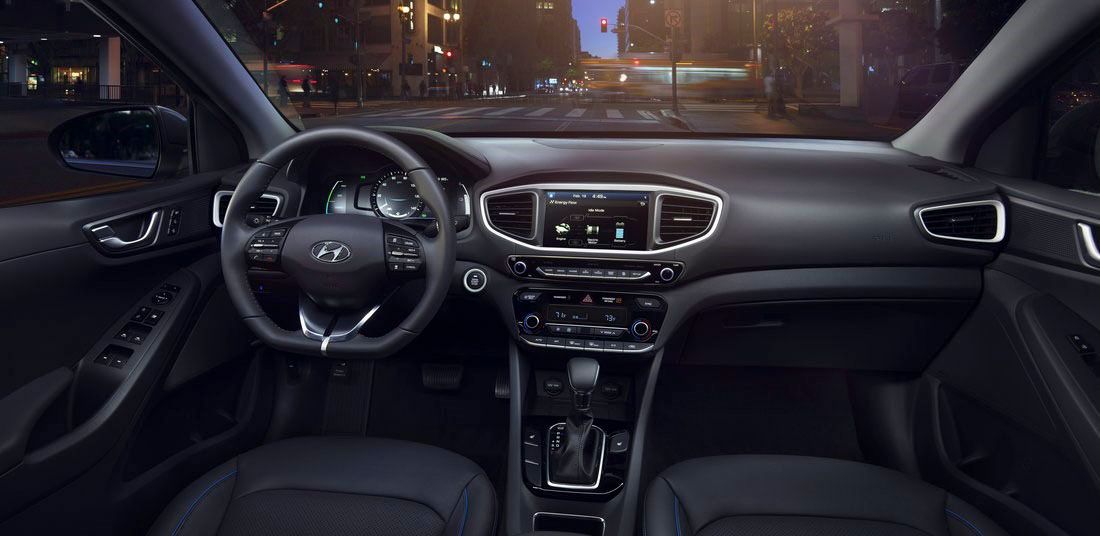
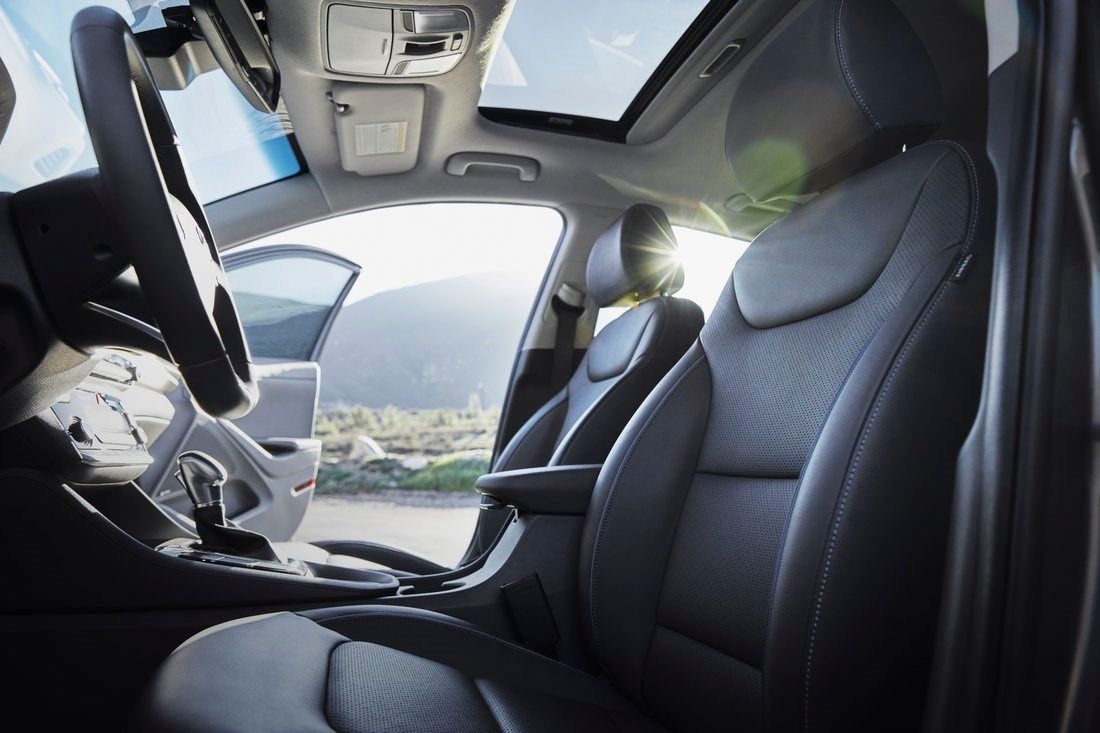
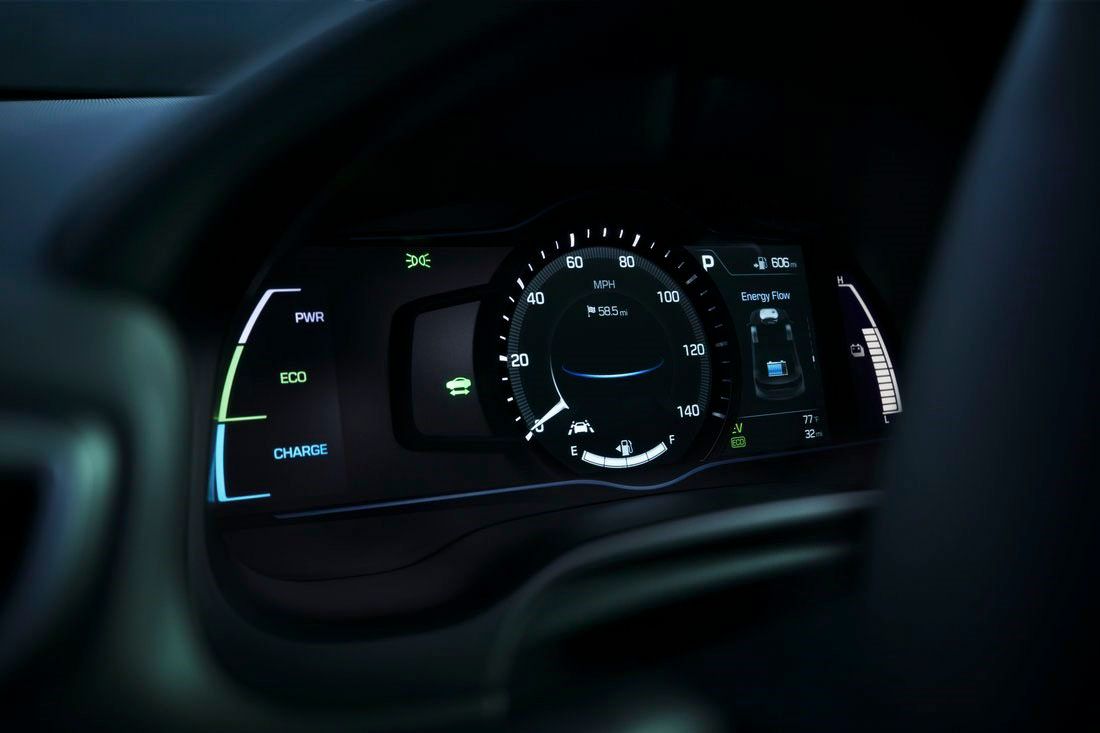
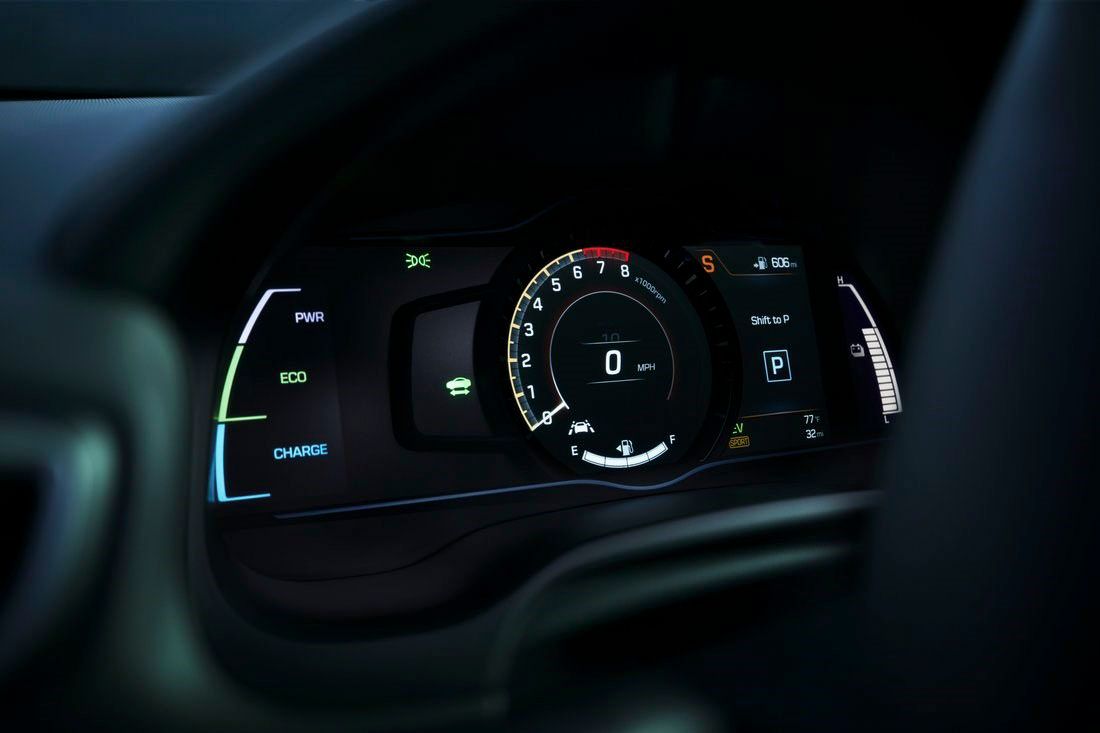
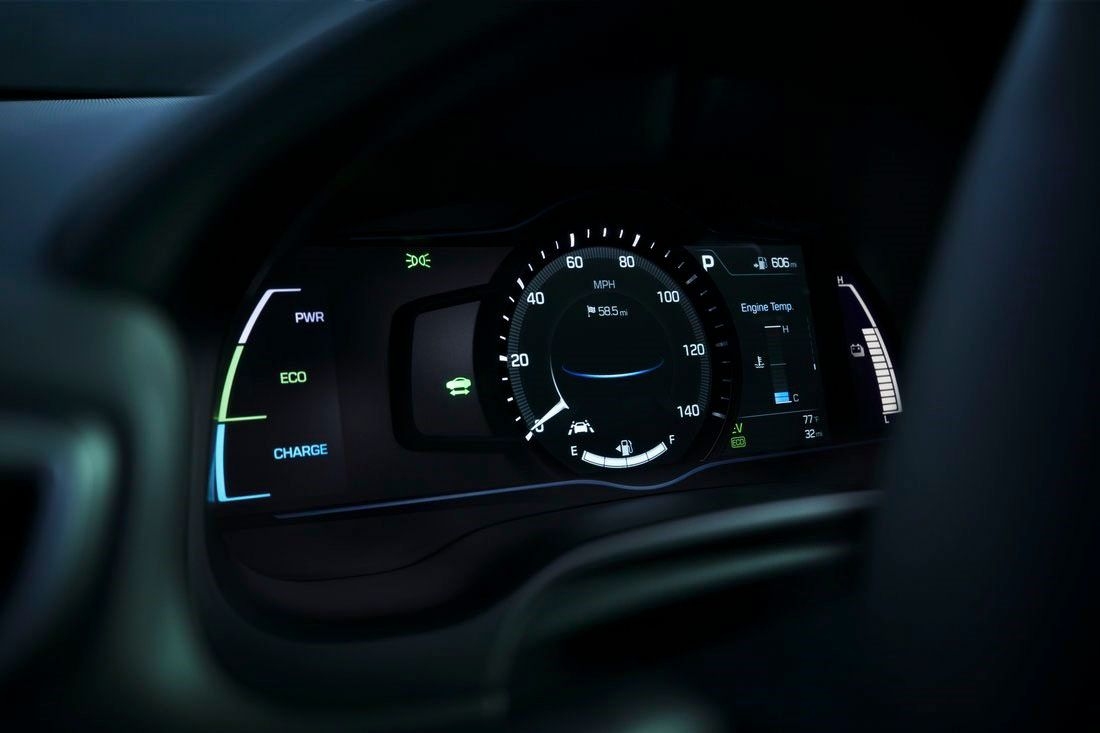
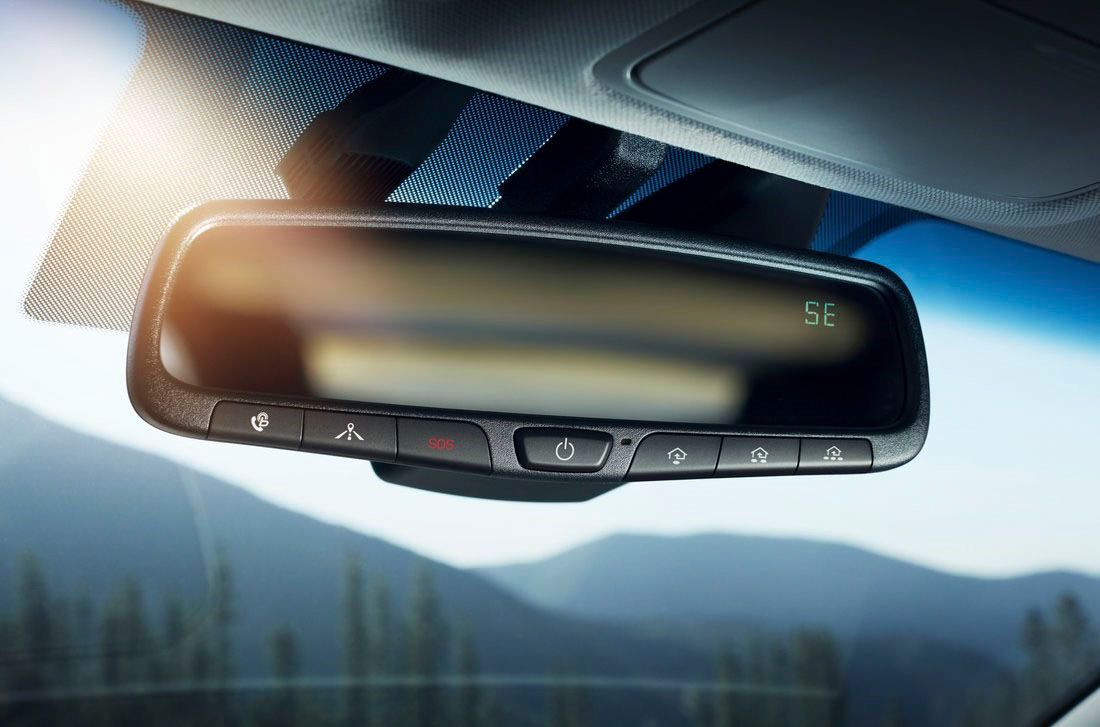
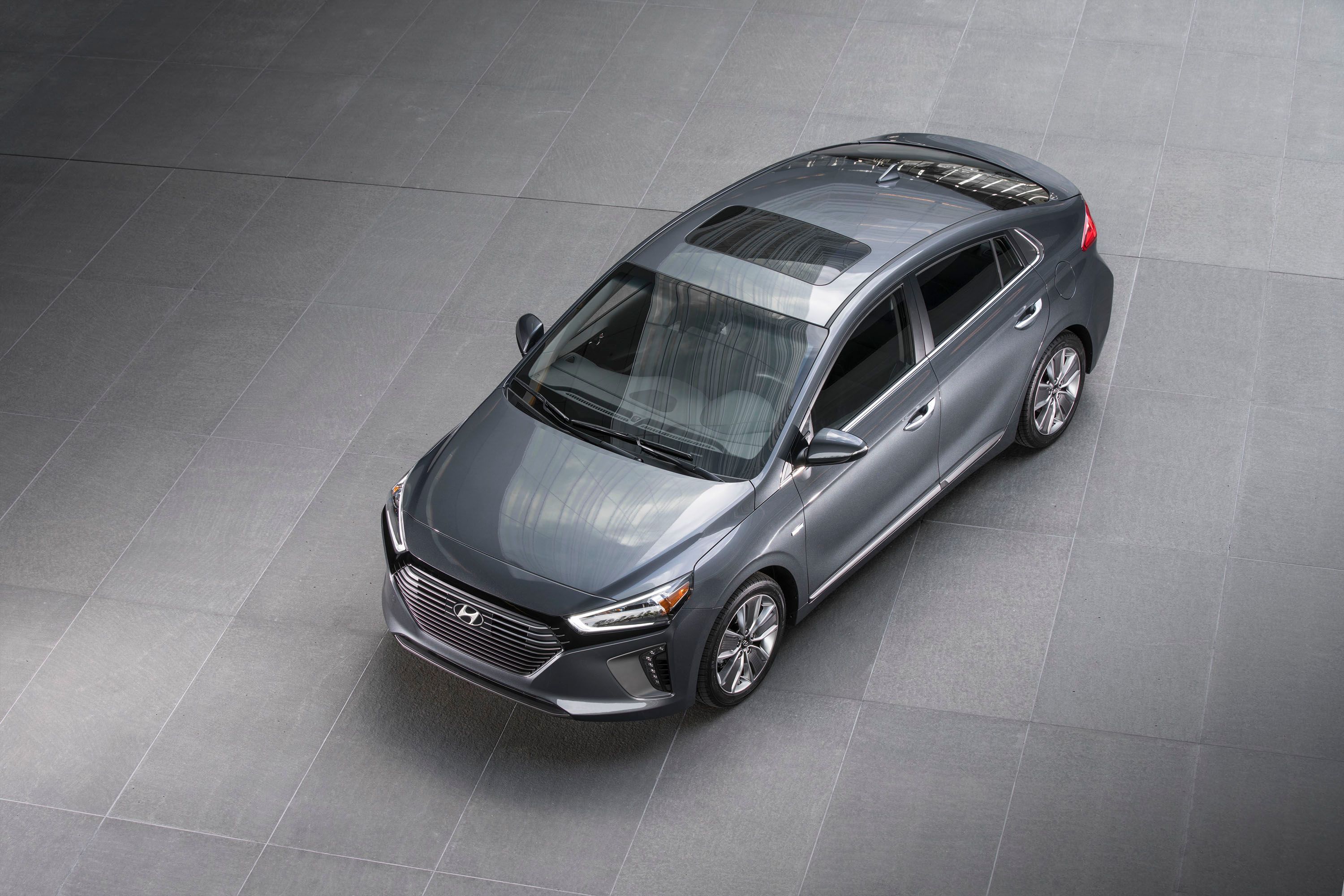
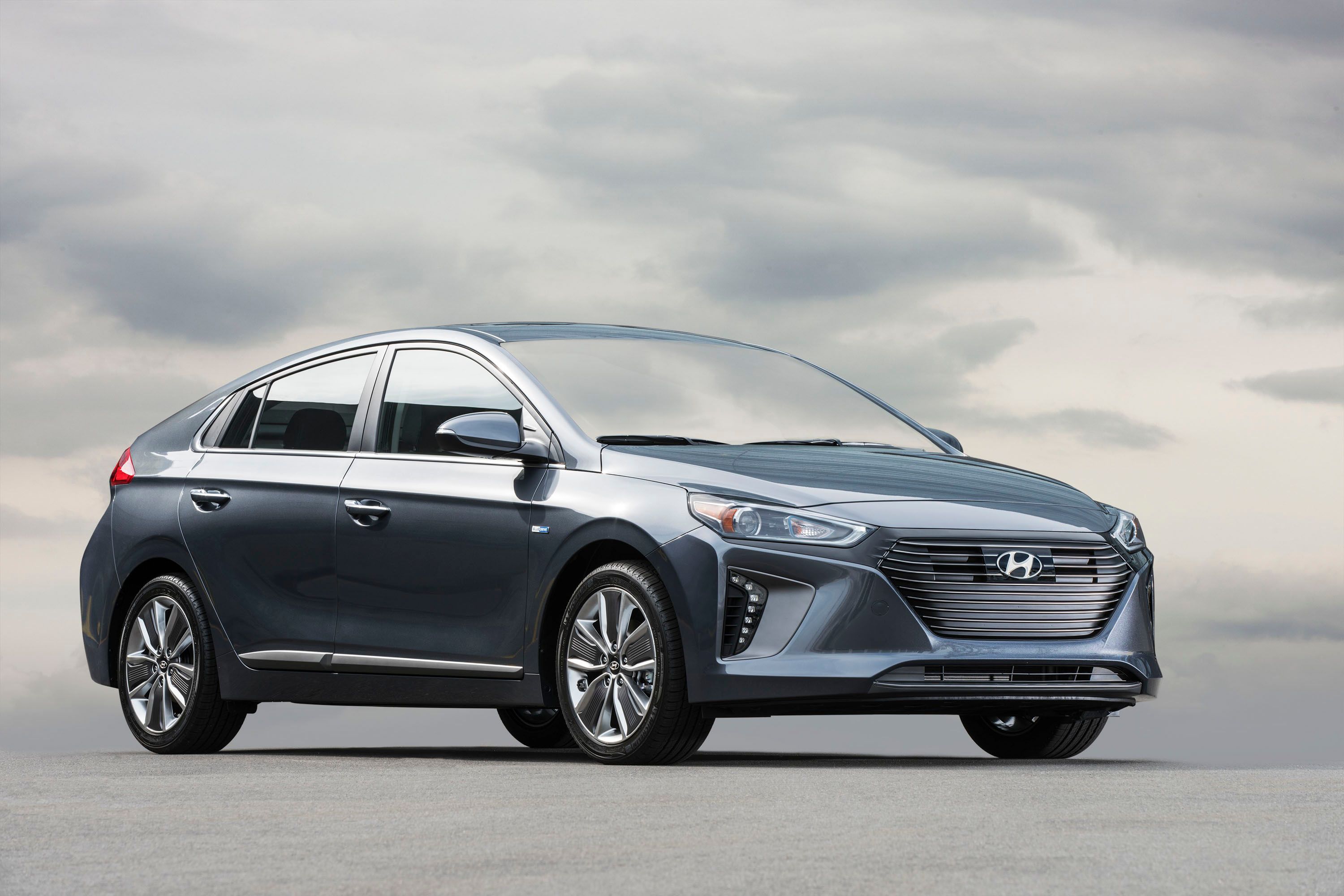
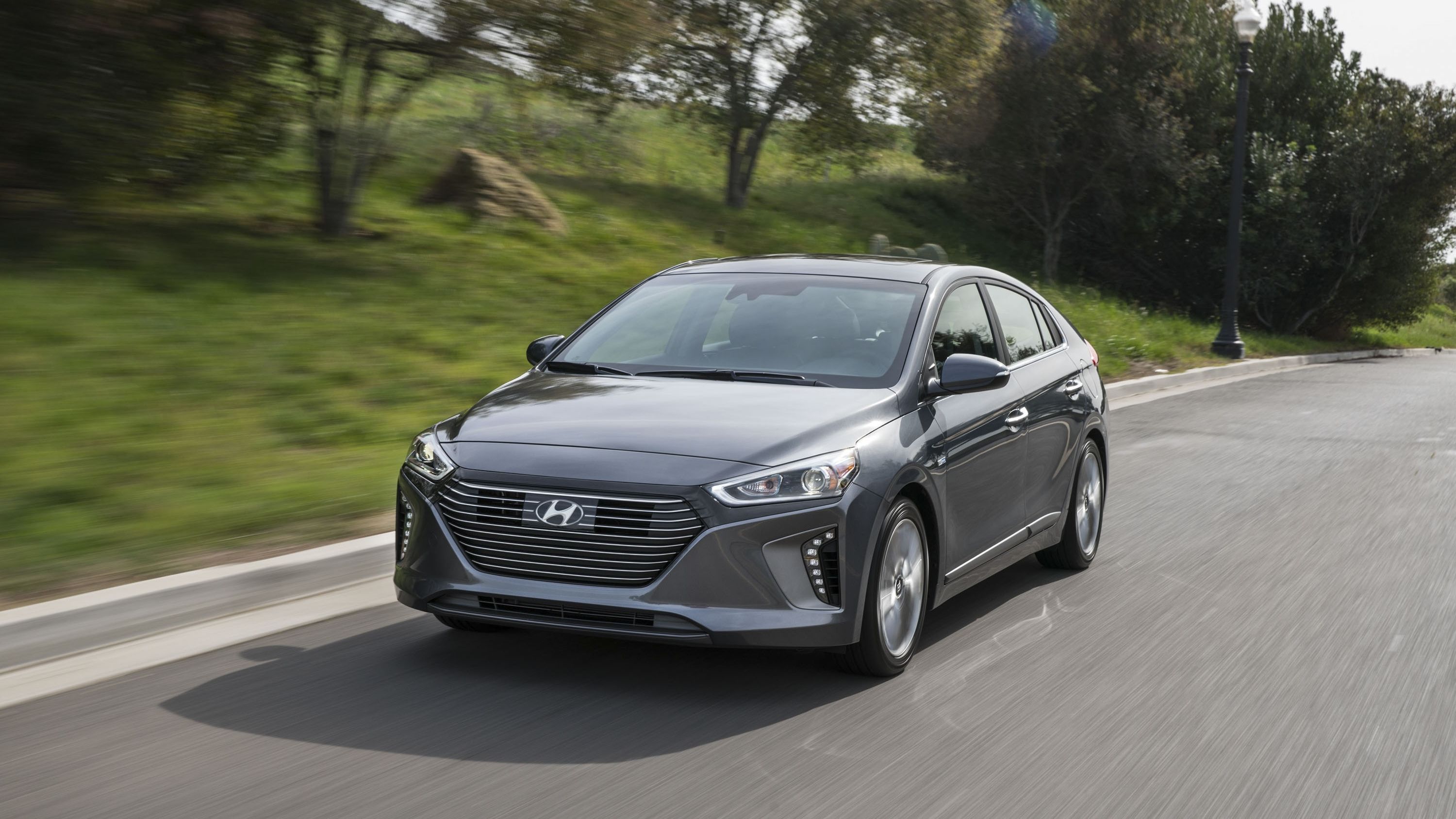
- Make: Array
- Model: 2017 Hyundai Ioniq
- [do not use] Vehicle Model: Array
Exterior

Not surprisingly, the production vehicle is not as aggressive looking as the one seen in the renderings. However, that’s not to say that the Ioniq has a dull design. On the contrary, Hyundai’s hybrid sports quite an interesting appearance, blending the brand’s recent styling features with the purposeful design of the Toyota Prius and Honda Insight.
The Ioniq has a similar shape and size, short overhangs, a hatchback-like rear end, and tall rear fenders. On the other hand, it has a more conventional nose and windshield compared to the Prius, which will make it look less weird among other Hyundai products. Also, the sporty, hatchback-like profile sets the Ioniq apart from other hybrid models.


Designed with maximum aerodynamic efficiency in mind, the Ioniq uses exterior panels that are designed to flex. The feature boosts aerodynamics further, which, when combined with other solutions, produces a class-leading Cd-value of just 0.24.
It also has a more upscale feel than its direct competitors thanks to a balanced combination of black inserts and chrome lower window trim, and two-tone wheels. Sure, these features will probably be available on the more expensive trim levels, but it’s nice to be able to order them rather than have to settle for a unitary look across the range. All told, the Ioniq is a fresh take in this segment and a vehicle that I would rather see compete against the Chevrolet Volt as far as looks go.
Interior

When Hyundai released the first teaser image of the interior, I honestly thought that the production version wouldn't be as interesting. Turns out I was wrong, as the actual interior is very similar to the renderings, featuring the same dashboard, a similar center stack arrangement, identical instrument cluster, flat-bottomed steering wheel, and even the bright-blue inserts. The only thing that sets the production model apart from the rendering is that the center stack and console has more buttons and switches. Despite that, the design remains attractive and the center stack is by no means cluttered.


The seven-inch touchscreen display between the center vents provides the driver with access the car's infotainment system. Equipped with both Apple CarPlay and Android Auto, it enables users to connect their devices and control music, telephone or navigation functions on screen. It also comes with a wireless inductive charging pad for mobile phones. As for the digital, high-resolution, TFT instrument cluster, it displays several gauges and provides information about the car's speed, battery, and fuel consumption. Depending on the selected drive mode, background color and gauges are adapted to always provide the most important and useful information.

Moving over to comfort features, the interior feels upscale and spacious. It includes an advanced climate control system that can be switched to an efficient operation mode to save energy. Ventilation losses are minimized due to a maximum utilization of the inside air when air-conditioning or heating. Also, the dual-zone climate control can be set to "driver only" mode, which reduces the load of the A/C and heating for improved efficiency.
Then there's Hyundai's new Eco-Driving Assistant System (ECO-DAS), which assesses the driving route set in the satellite navigation system and current traffic levels. It enables the most efficient battery charging based on the predicted road conditions and encourages efficient coasting by informing the driver of changes in traffic and speed limits. If used properly, the ECO-DAS will help improve fuel efficiency, optimize battery capacity, and increase the electric range.

As far as cargo space goes, Hyundai brags that the Ioniq can offer up to 750 liters (26.5 cubic feet) of cargo room, a best-in-class figure, with the rear seats folded flat. No actual numbers are given, but the Koreans also claim "great front and rear headroom, plus comprehensive shoulder and leg room in the front and back."
Drivetrain

Unlike the Prius, the Ioniq is offered with three drivetrains. There's be a hybrid and a plug-in hybrid, both using a gasoline engine, as well as a full-electric version. This configuration makes the Ioniq the first mass-produced vehicle to offer these three powertrain options in the same body type.
The hybrid versions of the Ioniq marry a 1.6-liter Kappa GDi gasoline developing 105 PS (104 horsepower) and 147 Nm (108 pound-feet) of torque, an electric motor rated at 43.5 PS (42.8 horses), and a new six-speed, dual-clutch transmission. Yup, there's no CVT in this one. Total output sits at 141 PS (139 horsepower) and 265 Nm (195 pound-feet) in first gear and 141 PS and 235 Nm (173 pound-feet) in second to sixth gears.

The four-banger was developed specifically for this hybrid, and the Koreans claim to have achieved a class-leading thermal efficiency of 40 percent. The head and block are split for optimized cooling, while the 200-bar high pressure six-hole direct fuel injector further improves fuel consumption and reduces CO2 emissions. Fuel economy is rated at 54 mpg by the EPA, much better than the 36 mpg in the city and 40 mpg on the highway achieved by the larger Sonata Hybrid.
As for the electric motor, it enables the hybrid to operate in pure electric mode at speeds of up to 120 km/h (75 mph) while maximizing efficiency and minimizing CO2 emissions. The motor gets its juice from a lithium-ion polymer pack instead of the more conventional nickel-metal-hybrid batteries for improved charge and discharge efficiency and enhanced maximum output.

Moving over to the all-electric version, it's powered by a single electric motor that generates 118 horsepower and 217 pound-feet of torque. Power is sent to the front wheels via a single-speed reducer transmission that’s capable of pushing the car to a top speed of 102 mph. The 28-kWh lithium-ion polymer battery delivers an estimated range of 155 miles. Charging the battery to 80 percent only takes 24 minutes using a 100-kW fast charger, and an integrated in-cable control box (ICCB) allows the vehicle to charge using a standard 120-volt wall socket.
Safety

The Ioniq features many active and passive safety features, starting with a light yet rigid body. Made of 53-percent advanced high strength steel, the new chassis is described as "extremely safe," with high impact energy absorption to protect passengers in the event of a crash.
Active safety features include Blind Spot Detection, Lane Change Assist, Rear Cross Traffic Alert, Lane Departure Warning, and Lane Keeping Assist System.
The car is also fitted with Autonomous Emergency Braking (AEB), an advanced system that alerts drivers to emergency situations, braking autonomously if required. AEB uses the front radar and camera sensors and operates in three stages, initially warning the driver visually and acoustically, before controlling the brakes according to the collision danger stage. When a vehicle or pedestrian is sensed in front of the car, the system is activated automatically.
Other features available with the hatchback are Smart Cruise Control, a tire pressure monitoring system, and a total of seven airbags.
Prices

The Ioniq Hybrid is priced from $22,000, which seems smart since the all popular Prius retails from $23,475. Naturally, the electric version retails from $29,500, which places it in the same bracket as one of the most popular EVs out there, the Nissan Leaf.
Competition
Toyota Prius
No automaker has managed to establish a dominance in the hybrid market as well as Toyota has with the Prius. The Prius became the quintessential hybrid vehicle when its second generation debuted as a streamlined hatchback in 2003, and it became even better with the third-generation, 2016-model-year version. The latest Prius features a sportier, somewhat futuristic design, while its interior uses more upscale materials and boasts a decidedly modern look. Updates were performed under the hood two, where we can now find a 1.8-liter four-cylinder engine rated at 71 horsepower and 120 pound-feet of torque and a permanent magnet synchronous motor that increases total output to 121 horses. The battery is a nickel-metal hydride unit, while the transmission is Toyota's new electronically controlled CVT. Fuel economy is estimated at up to 54 mpg. Pricing starts from $23,475, making it only marginally more expensive than the Hyundai Ioniq.
Read our full review of the 2017 Toyota Prius.
Chevrolet Volt
Also redesigned for the 2016 model year, the Volt features a much more attractive exterior design and a premium interior. The Chevy is also different in how it operates, using a small gasoline engine as a range-extending generator. The electric motors crank out 149 horsepower and 294 pound-feet of torque and returns an electric range of 50 miles. When the battery is depleted, the 101-horsepower, 1.5-liter engine kicks in to extend the range. Overall mileage, including fully charged batteries and a full tank of fuel, is estimated at an impressive 420 miles. On the other hand, the Volt is significantly more expensive, retailing from $32,220, but Government rebates can drop the net price to as low as $25,000.
Read our full story on the 2016 Chevrolet Volt.
Conclusion

It's been nearly two decades since Toyota and Honda introduced the Prius and the Insight, respectively, and we're finally getting a new proposition for the most popular hybrid segment. Sure, it seems that Hyundai is a bit late to the party with the Ioniq, but its exciting design and diverse drivetrain should make it a popular choice among drivers looking for a green car with high mileage. It's too early to draw a proper conclusion, but the Ioniq might just be the most interesting hybrid launched in recent years. Guess we'll just have to wait to find out.
Updated History
Updated 01/07/2016: Hyundai dropped the first official images, plus first details on Ioniq's new hybrid system.
Updated 01/06/2016: Hyundai dropped a series of new teaser images for its upcoming Ioniq and announced the car will be making its official debut later this month in Korea. In Europe people will see it in March at the 2016 Geneva Motor Show, while the North American debut will be made at the 2016 New York Auto Show.
Updated 12/16/2015: Hyundai dropped two teaser images for its upcoming Ioniq, including one that gives us a first glimpse on the interior.
Updated 12/07/2015: Hyundai confirmed that its new Prius fighter will be indeed called "Ioniq" and will be unveiled at the 2016 Geneva Motor Show. ->ke228
Updated 12/04/2015: Hyundai's upcoming Prius fighter - rumored to be called Ioniq - was caught testing once again, and this time it also reveals its interior.
Spy Shots
December 4, 2015 - Hyundai Ioniq reveals its interior



June 2, 2015 - Hyundai Prius Fighter testing in Germany




